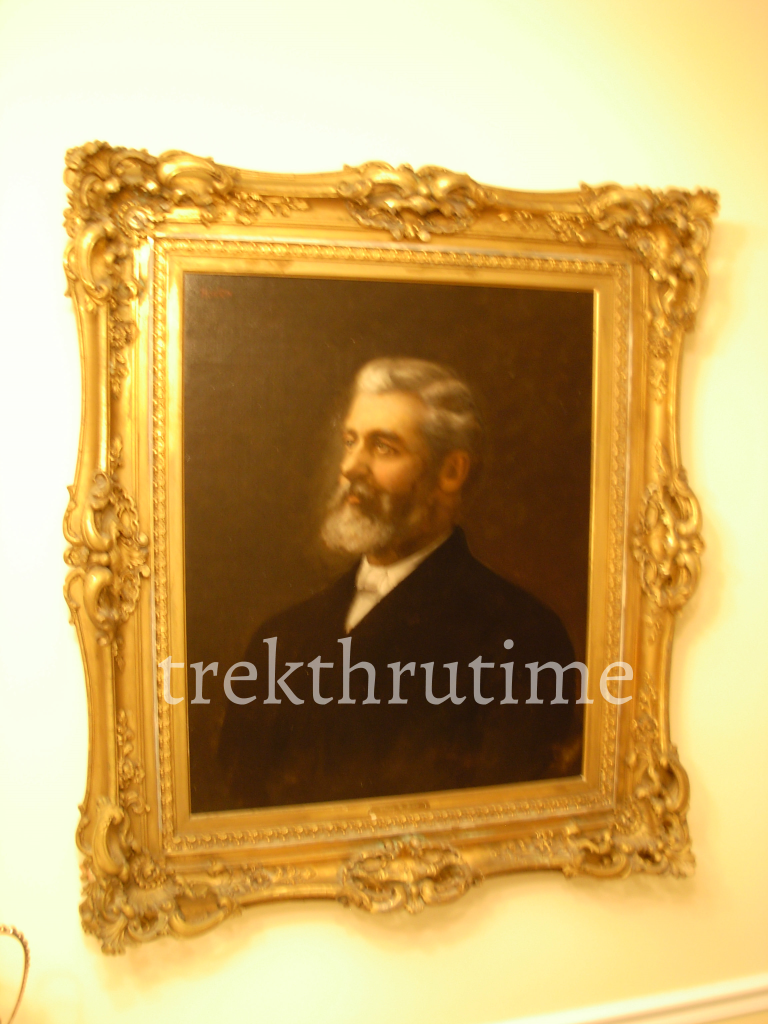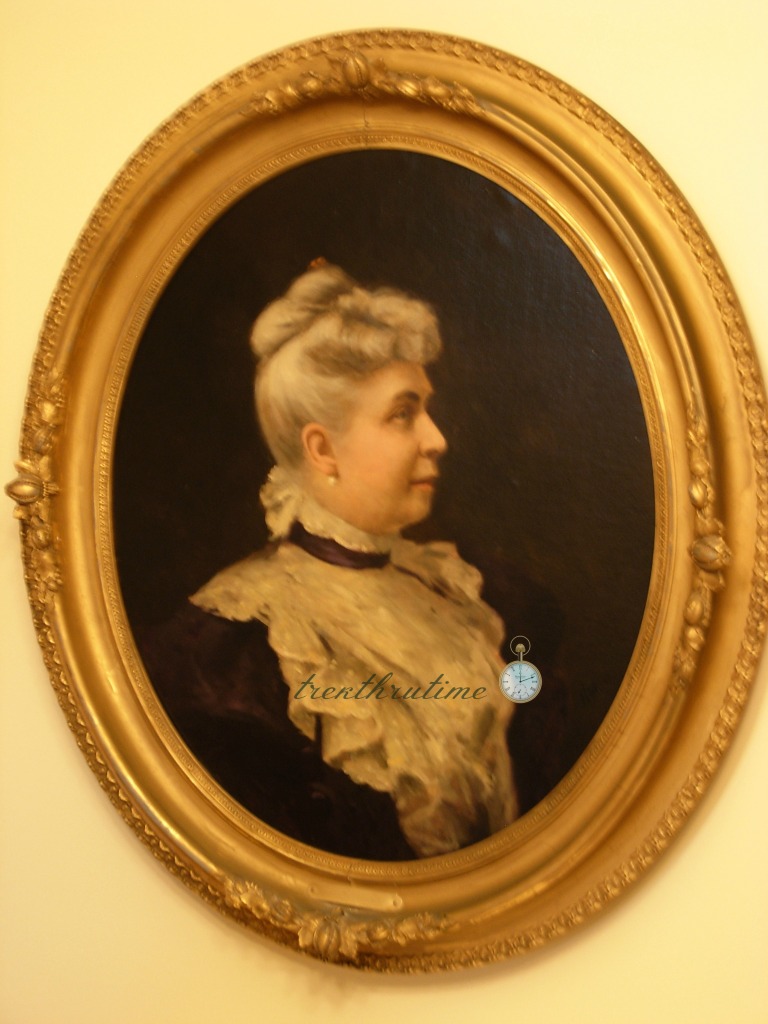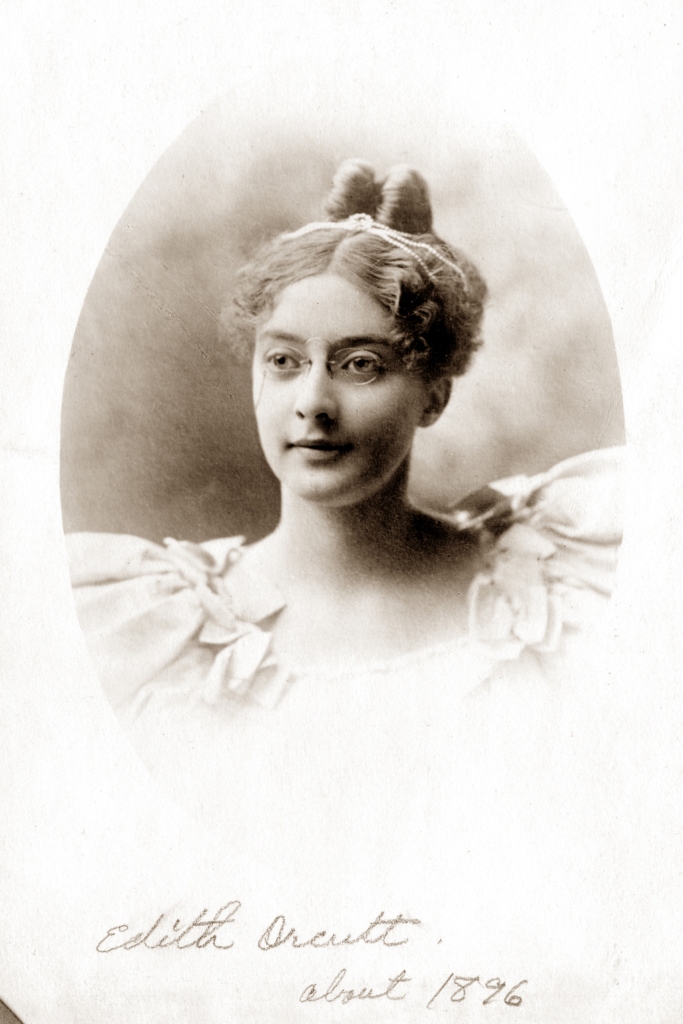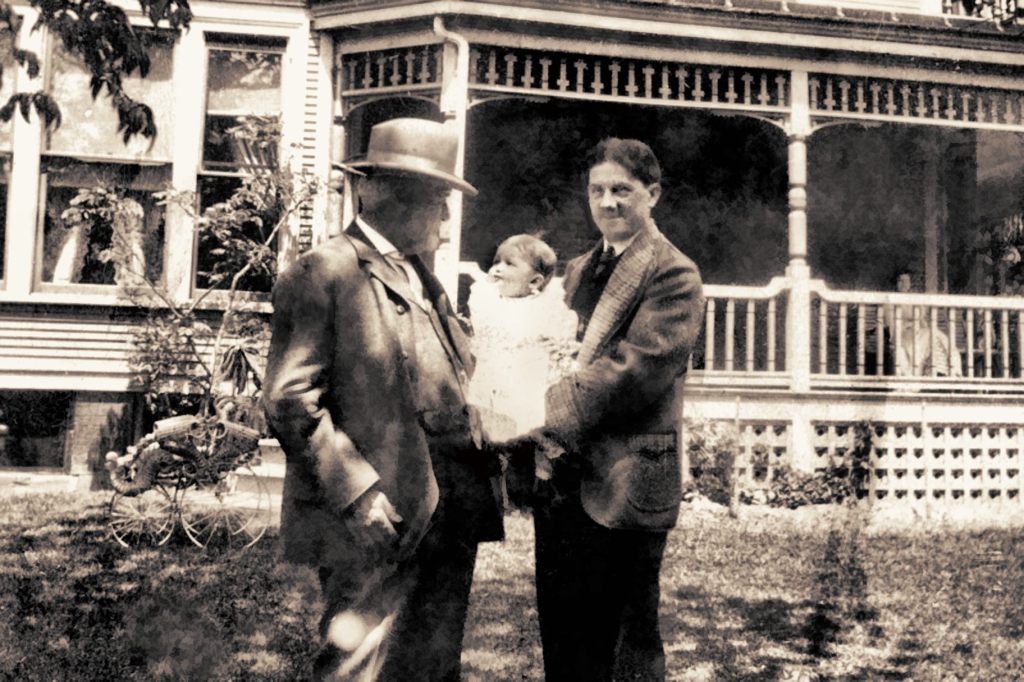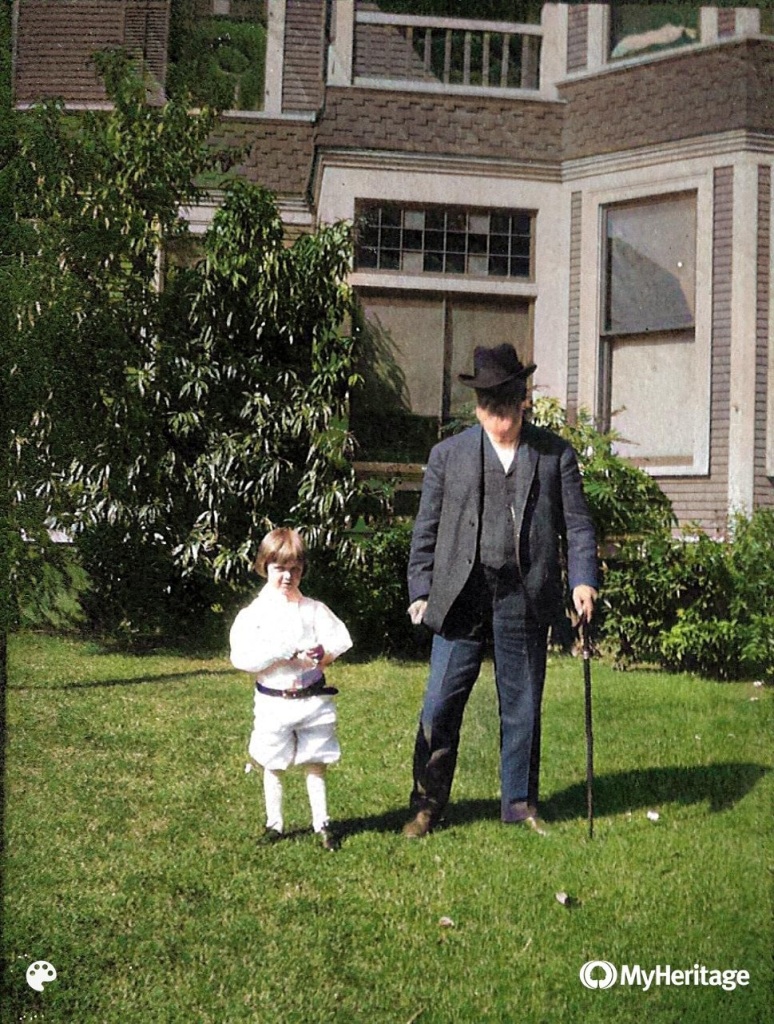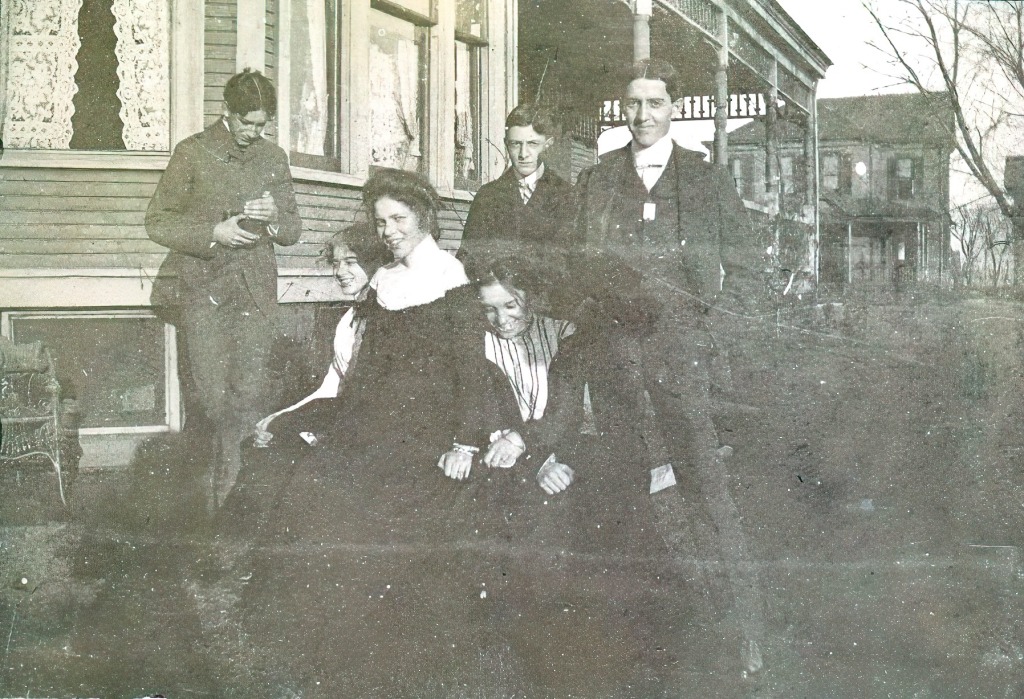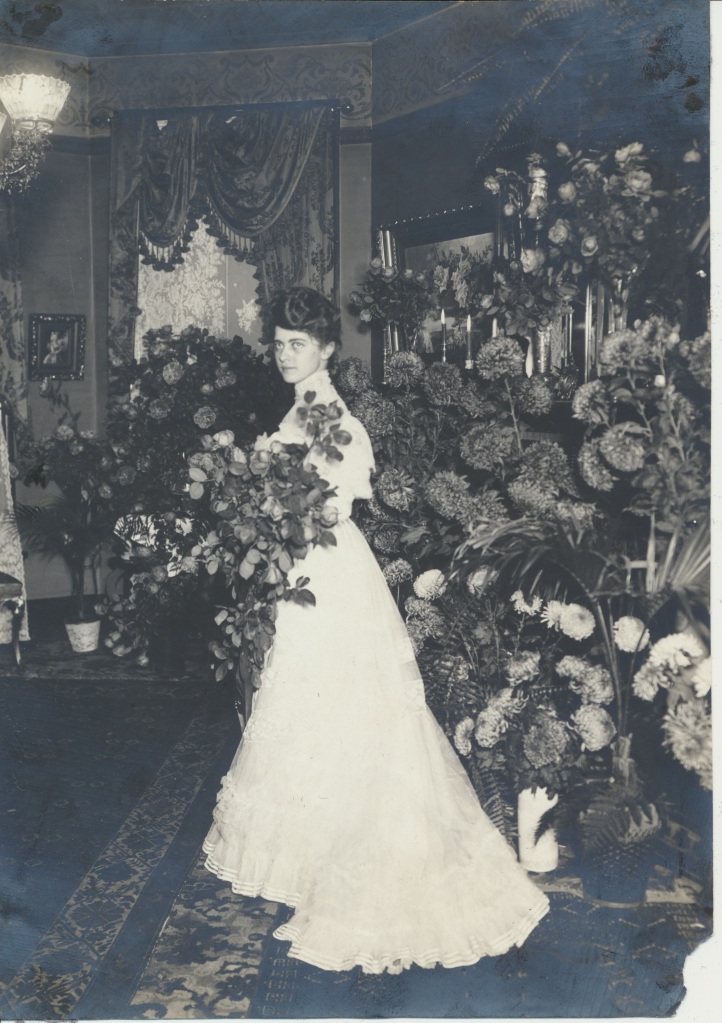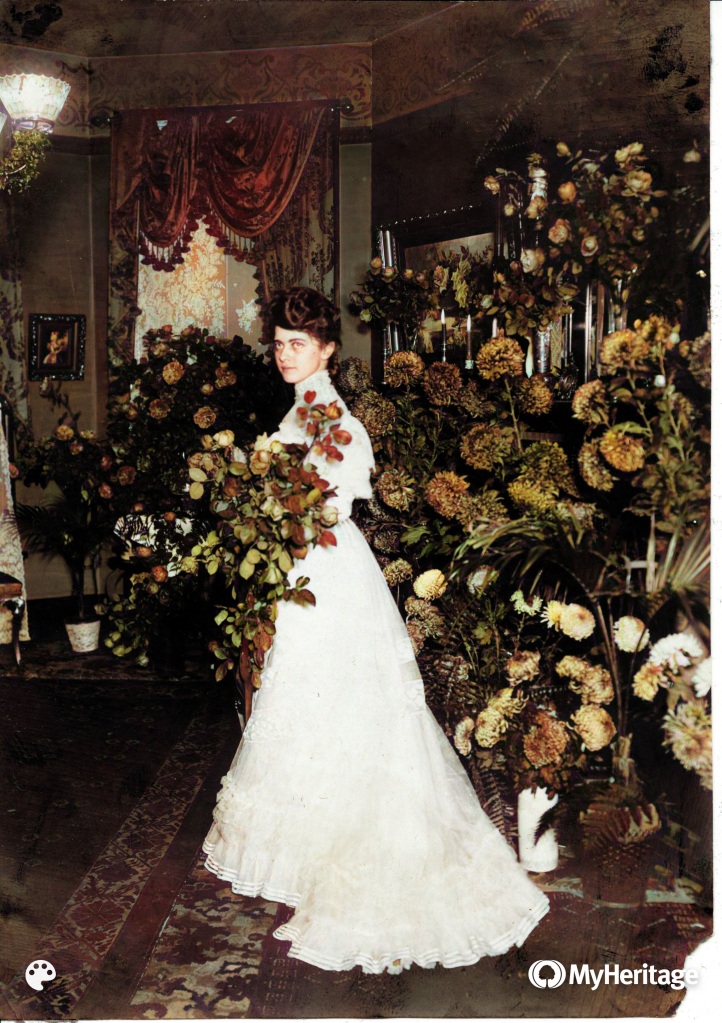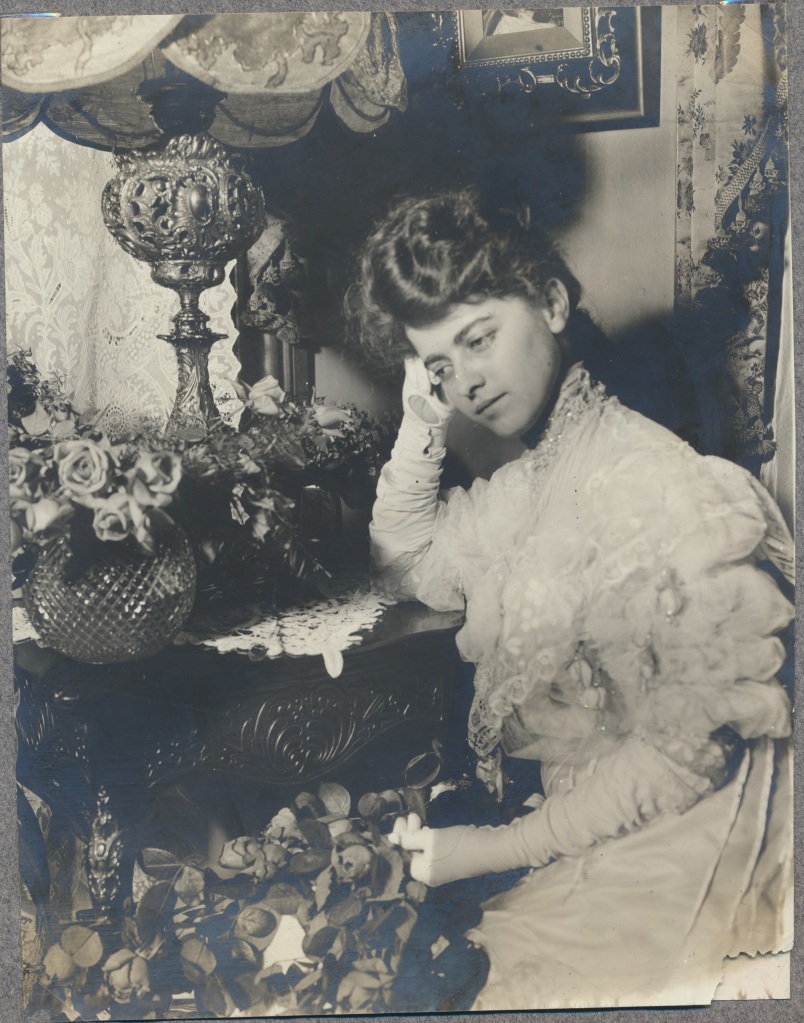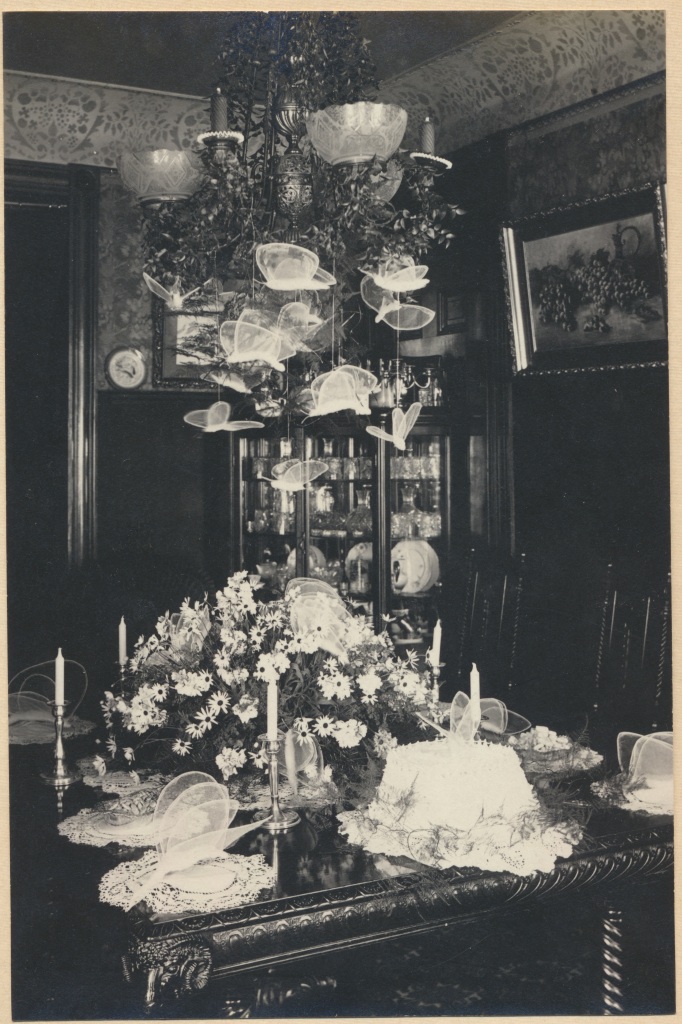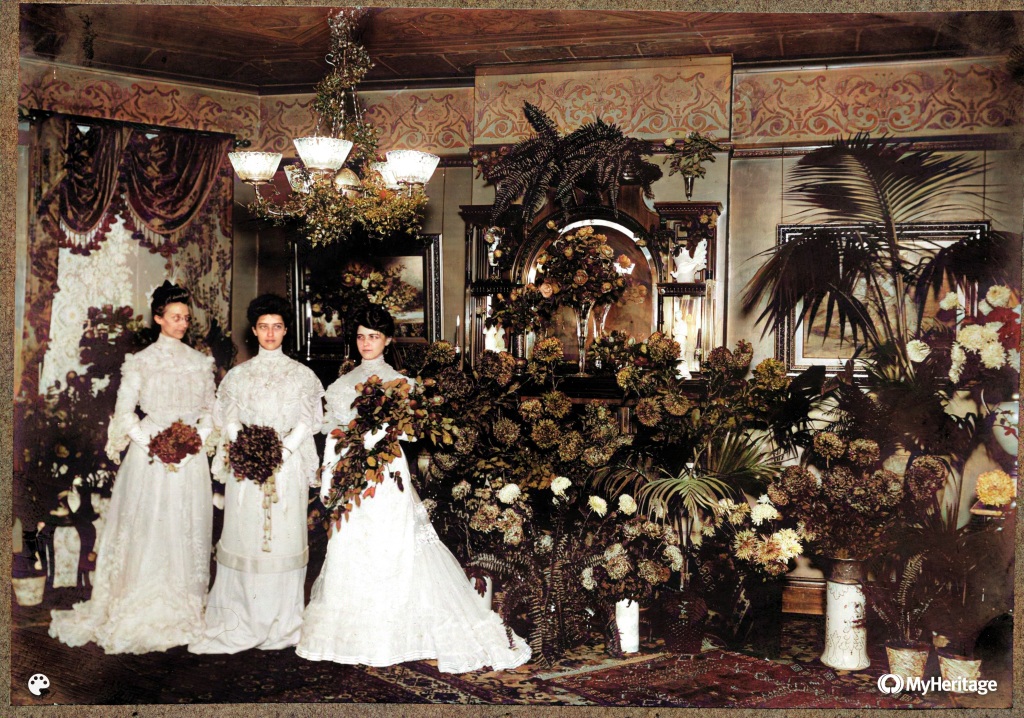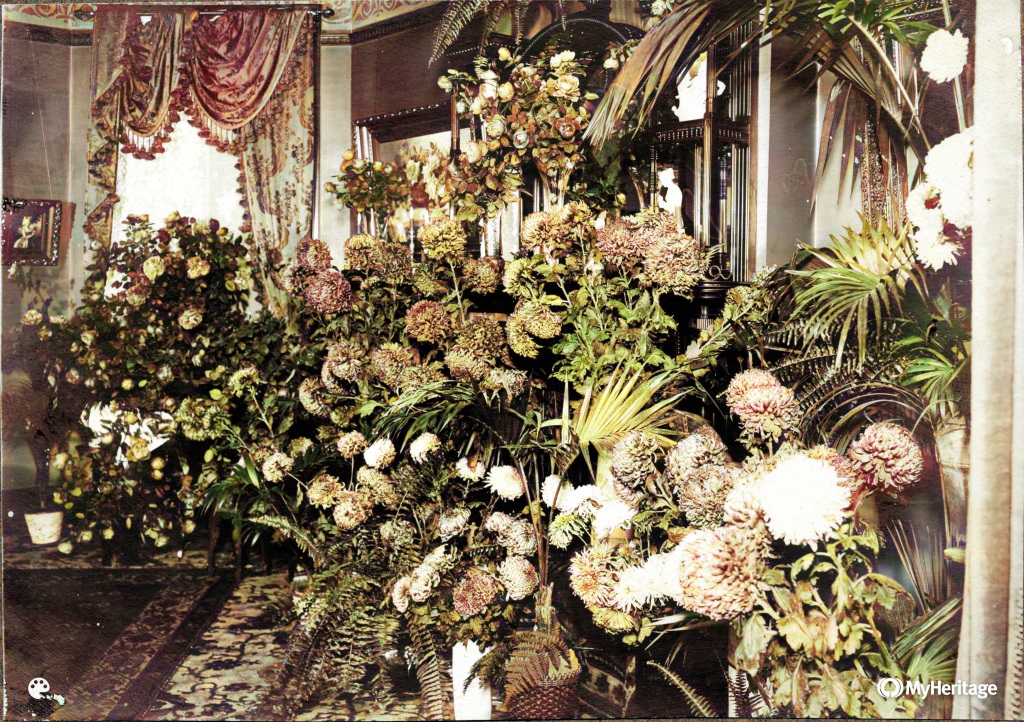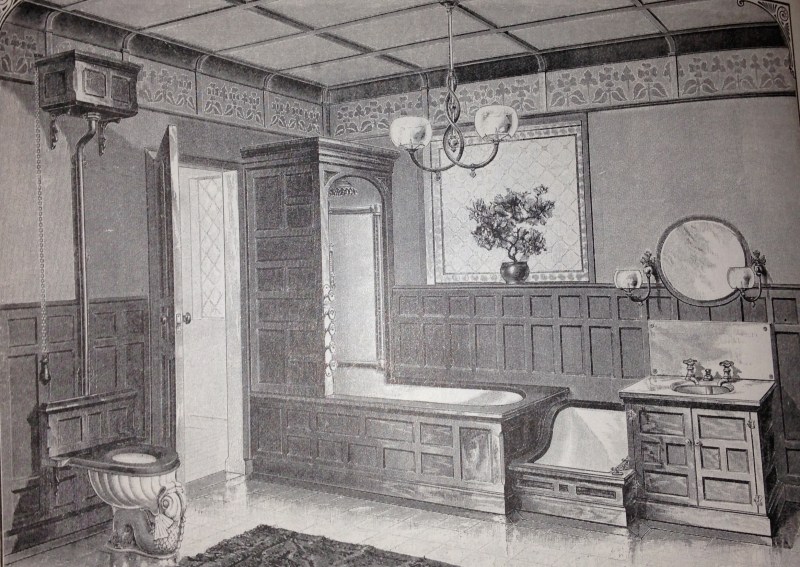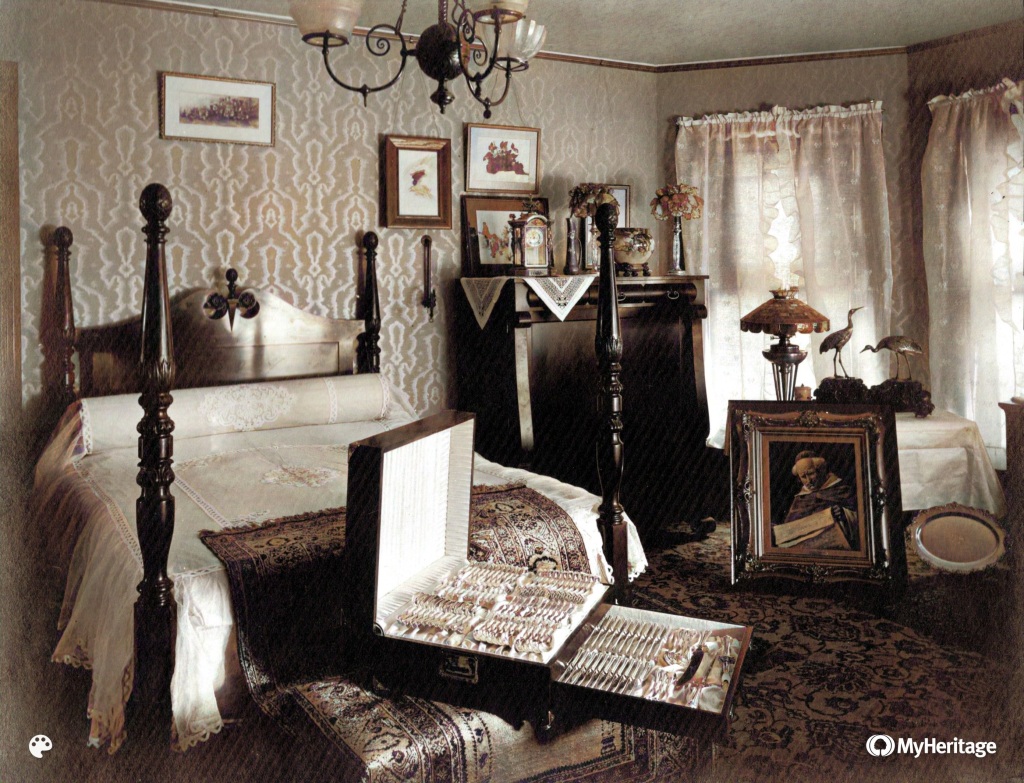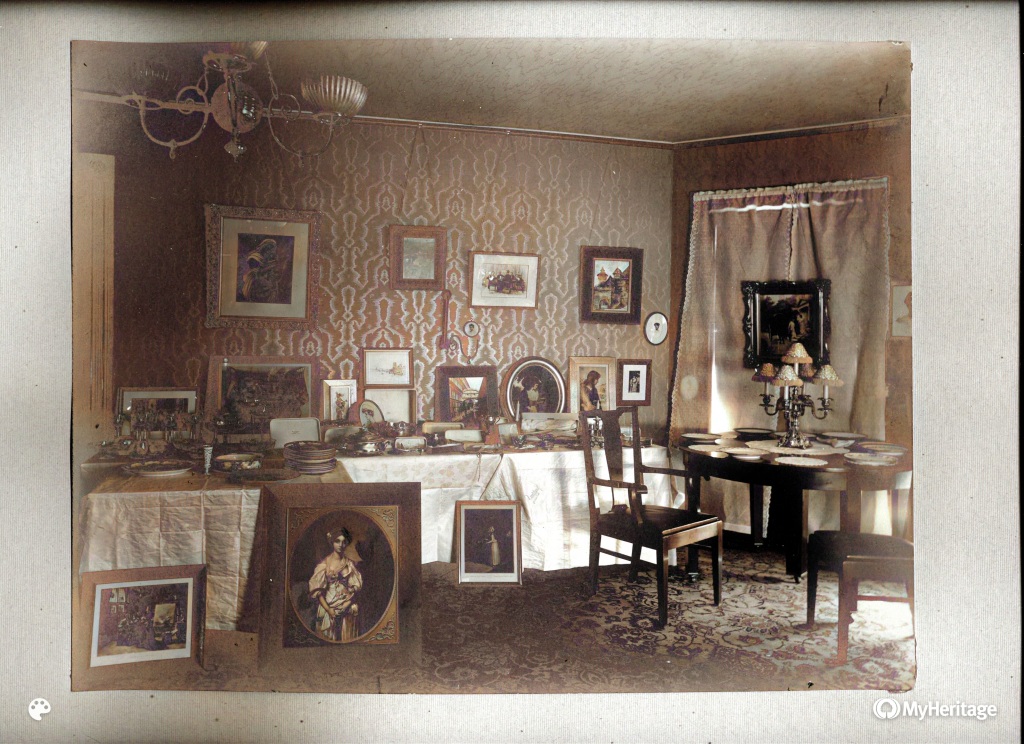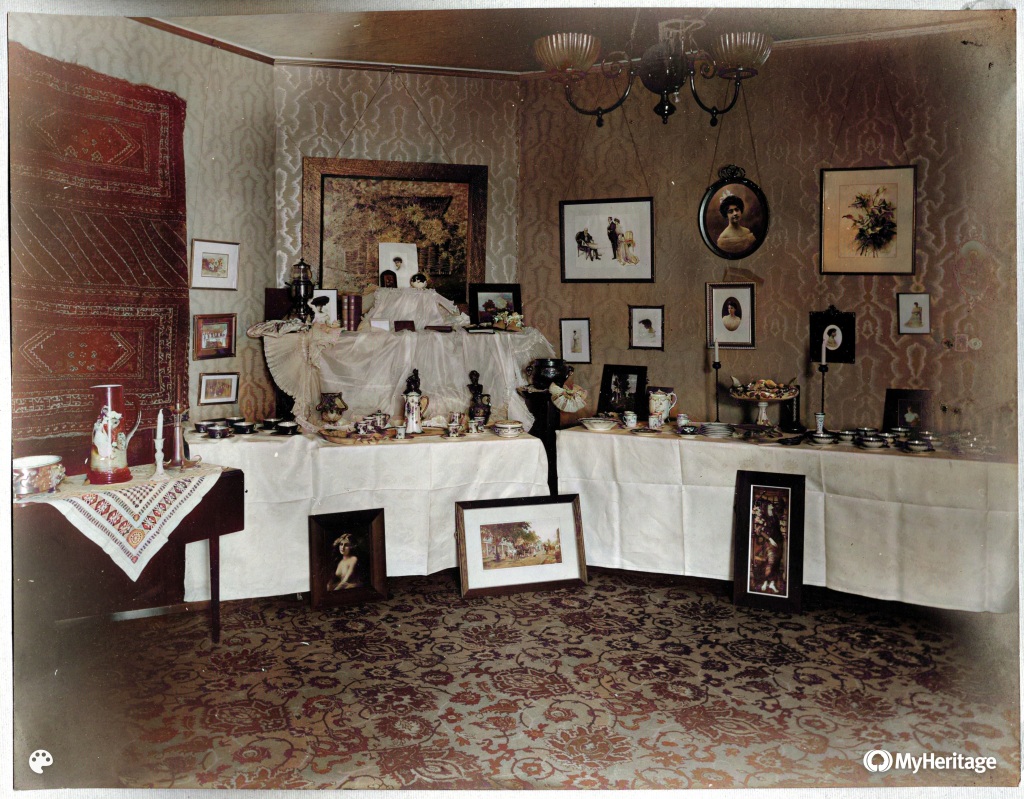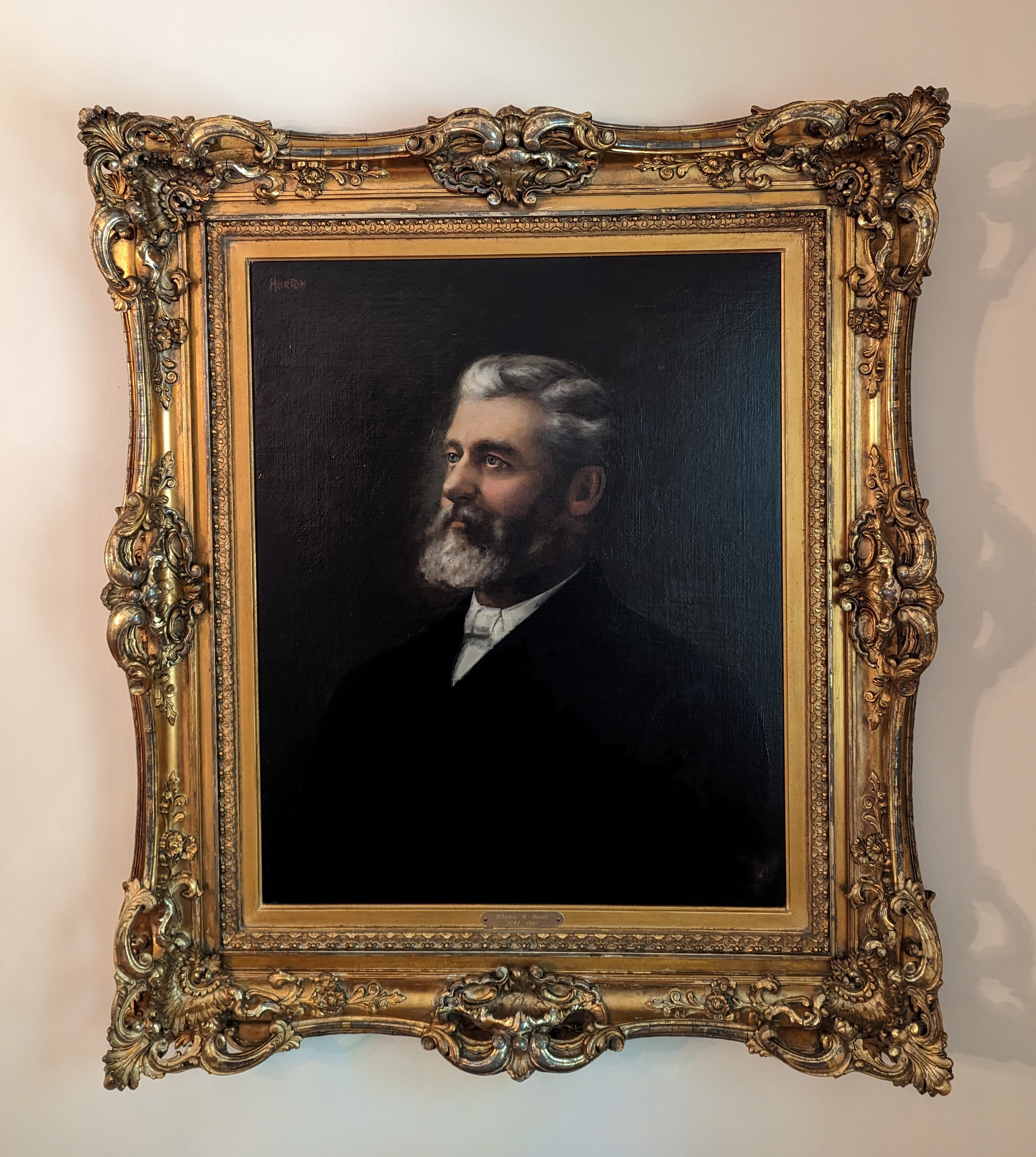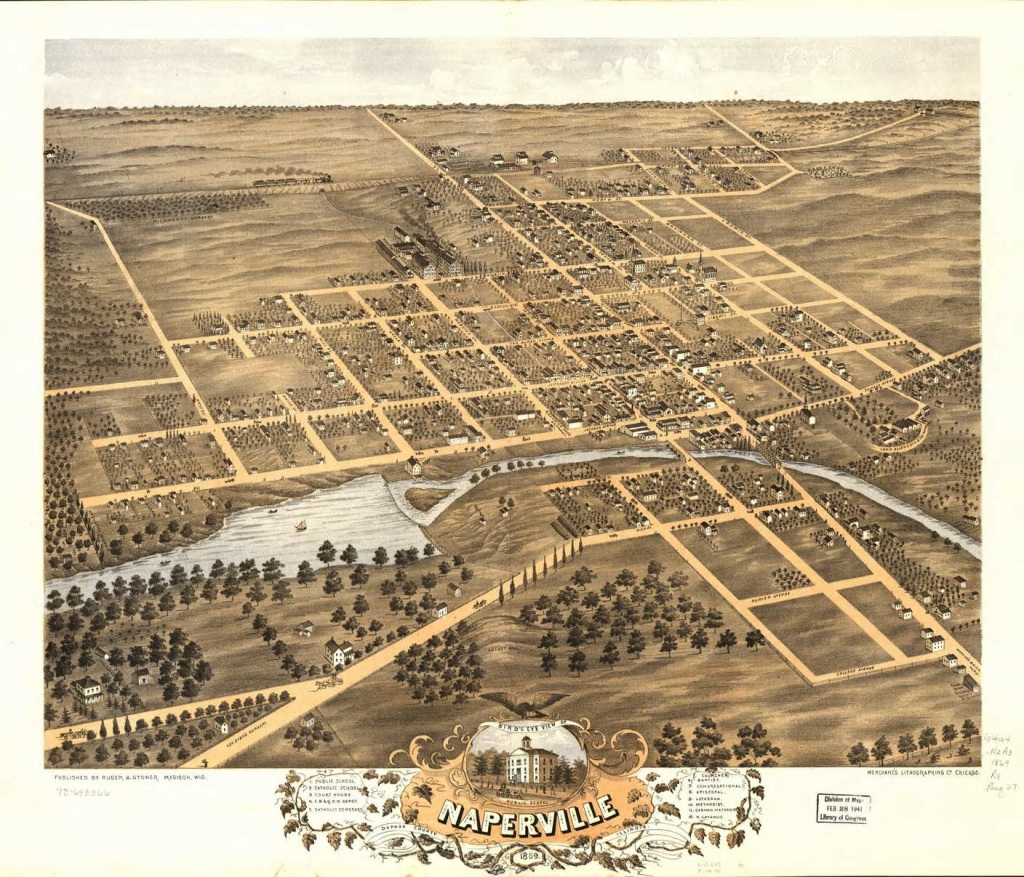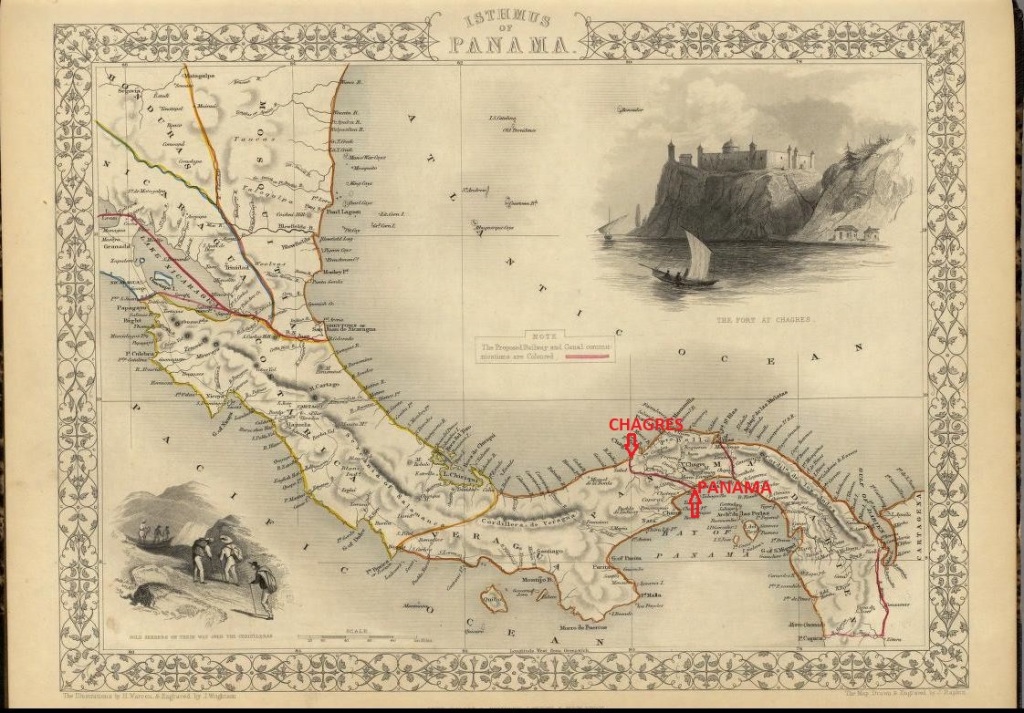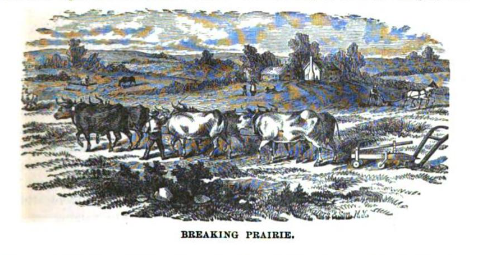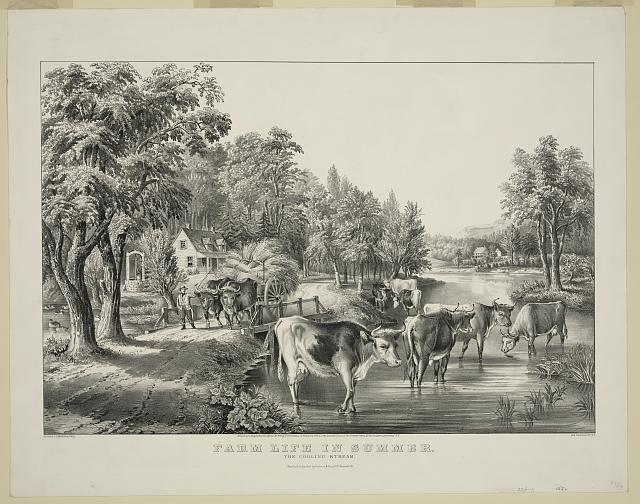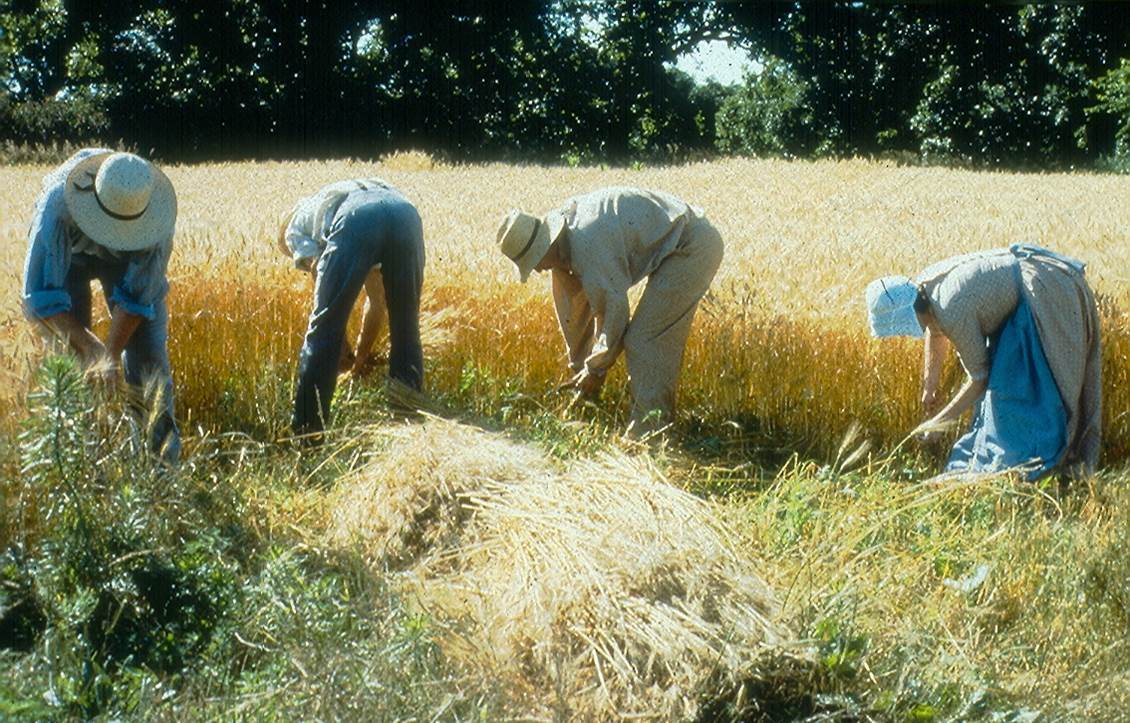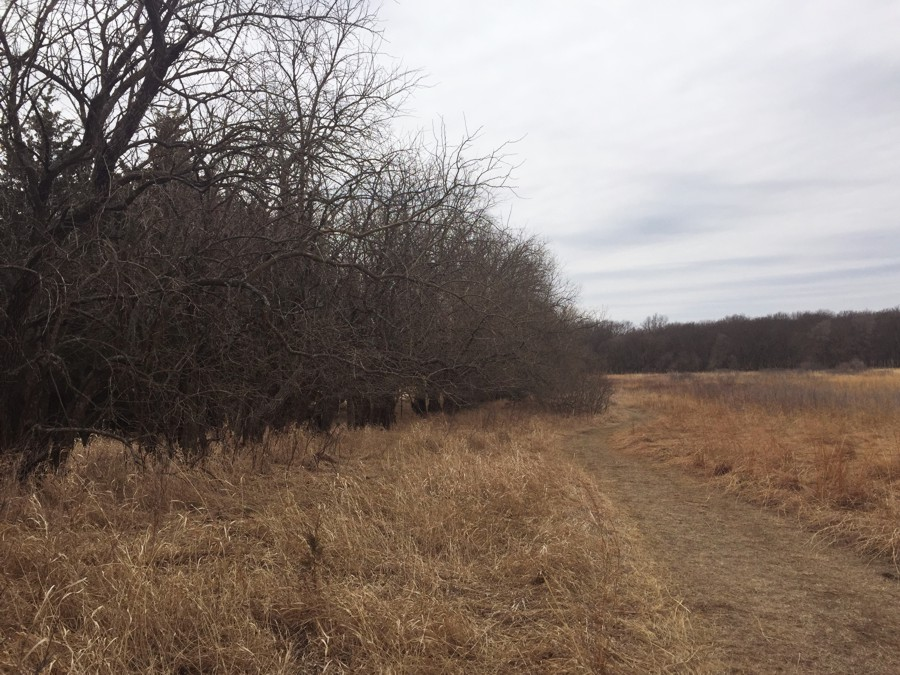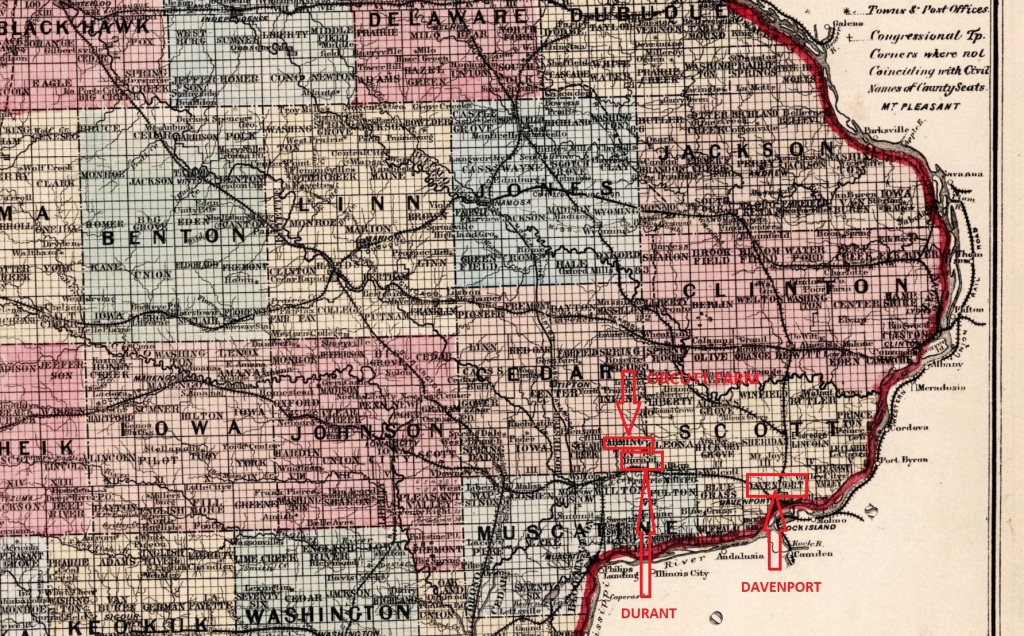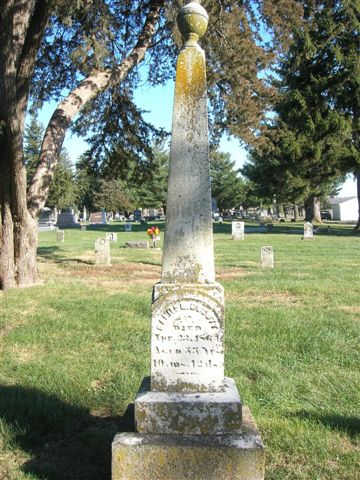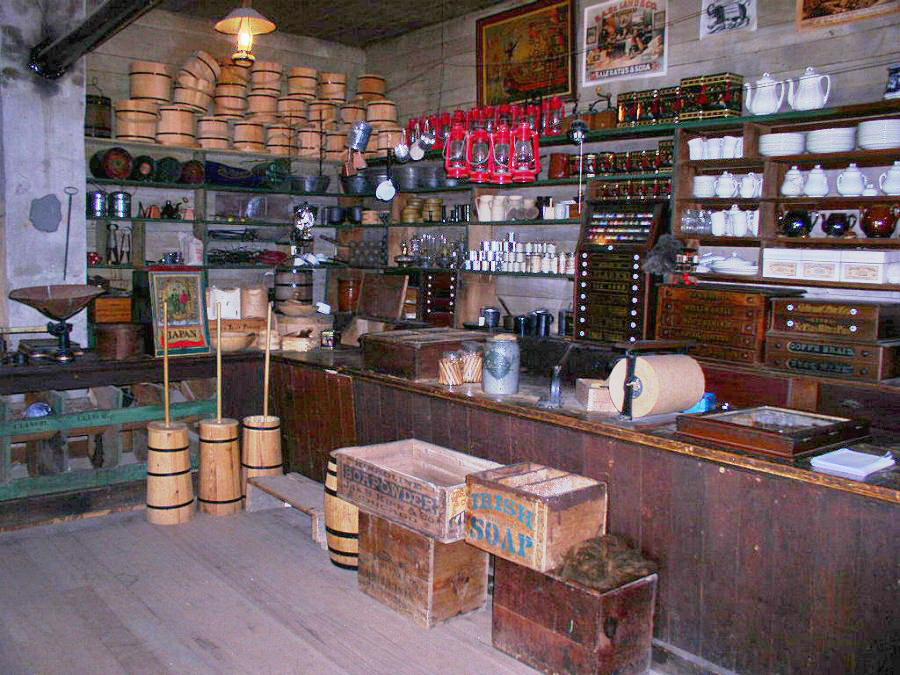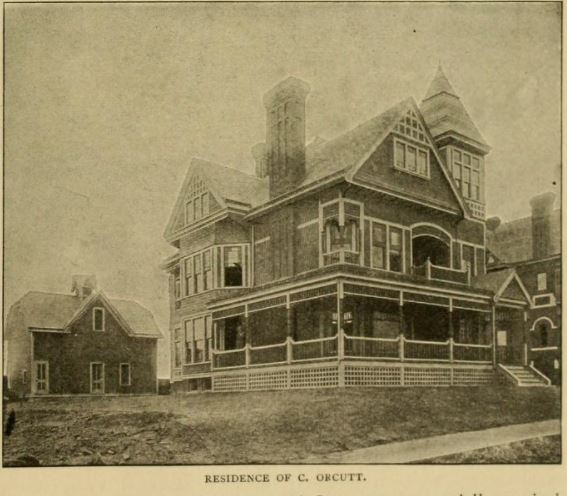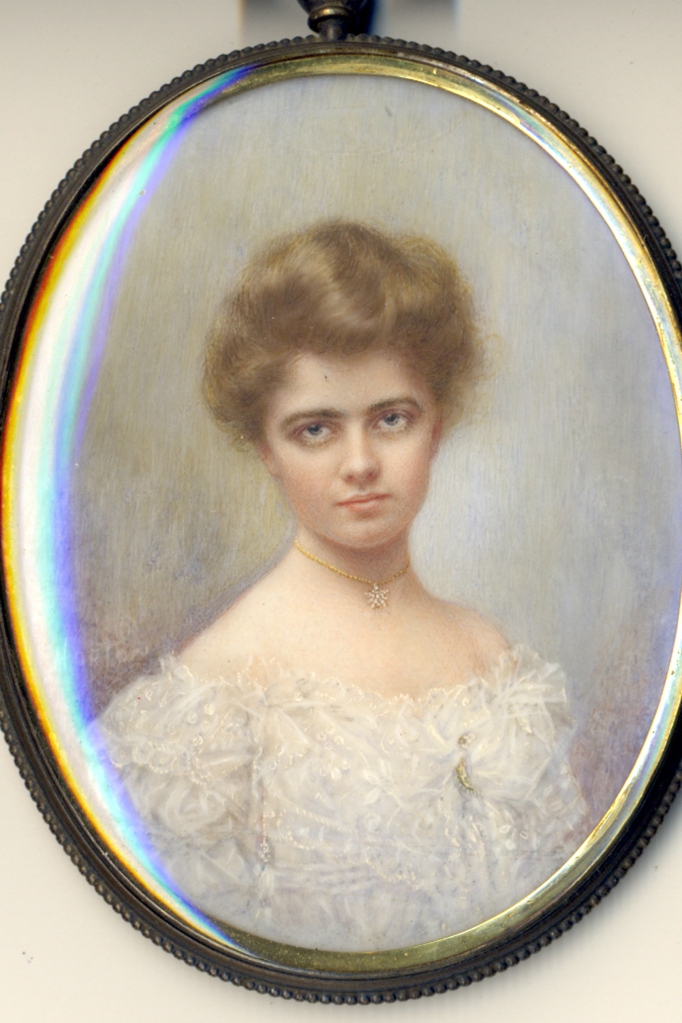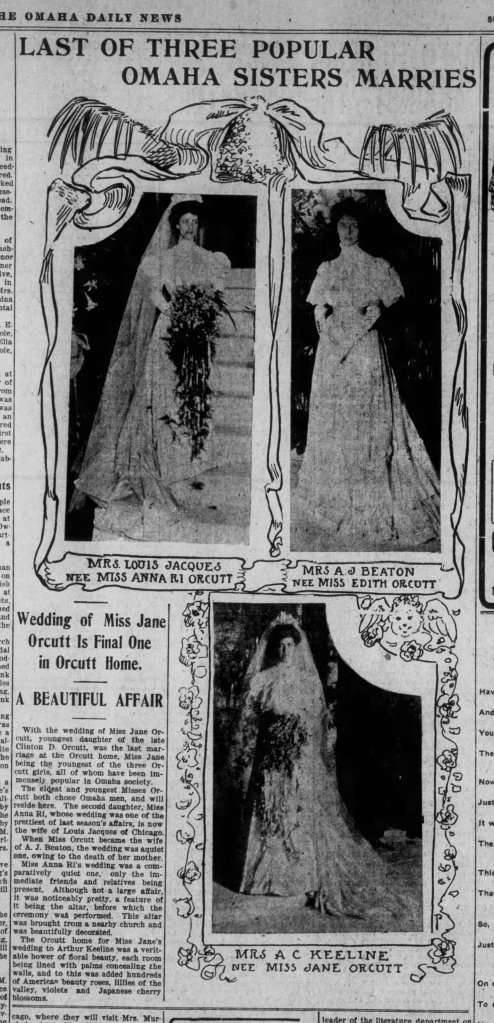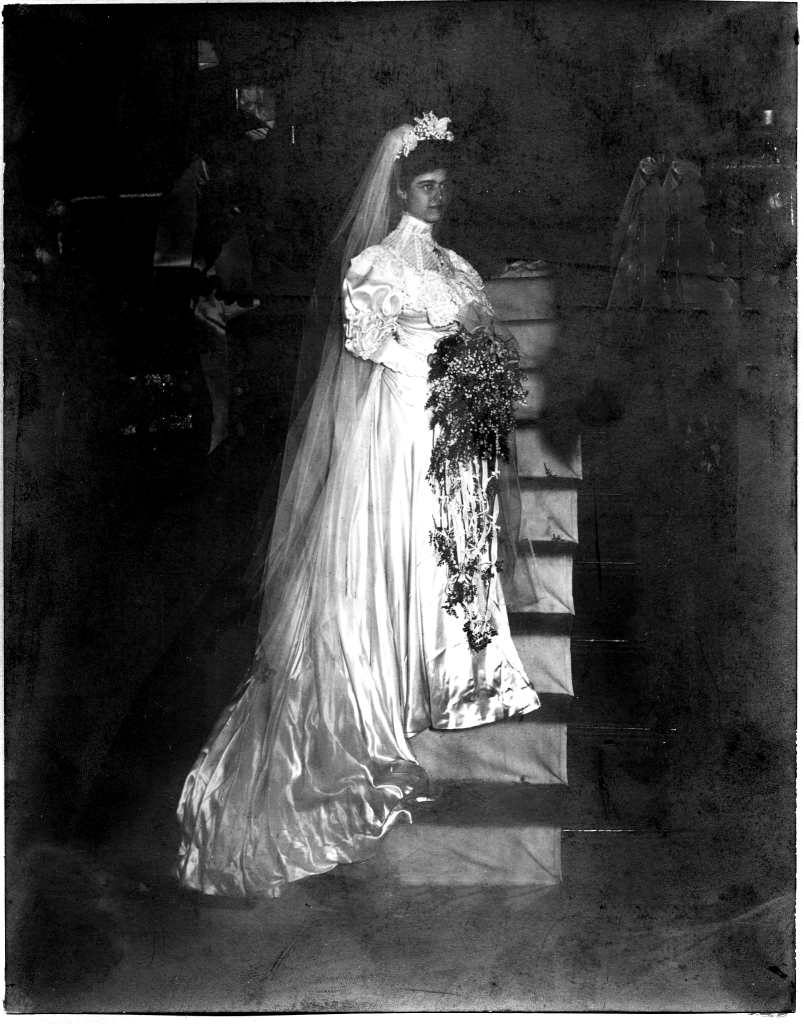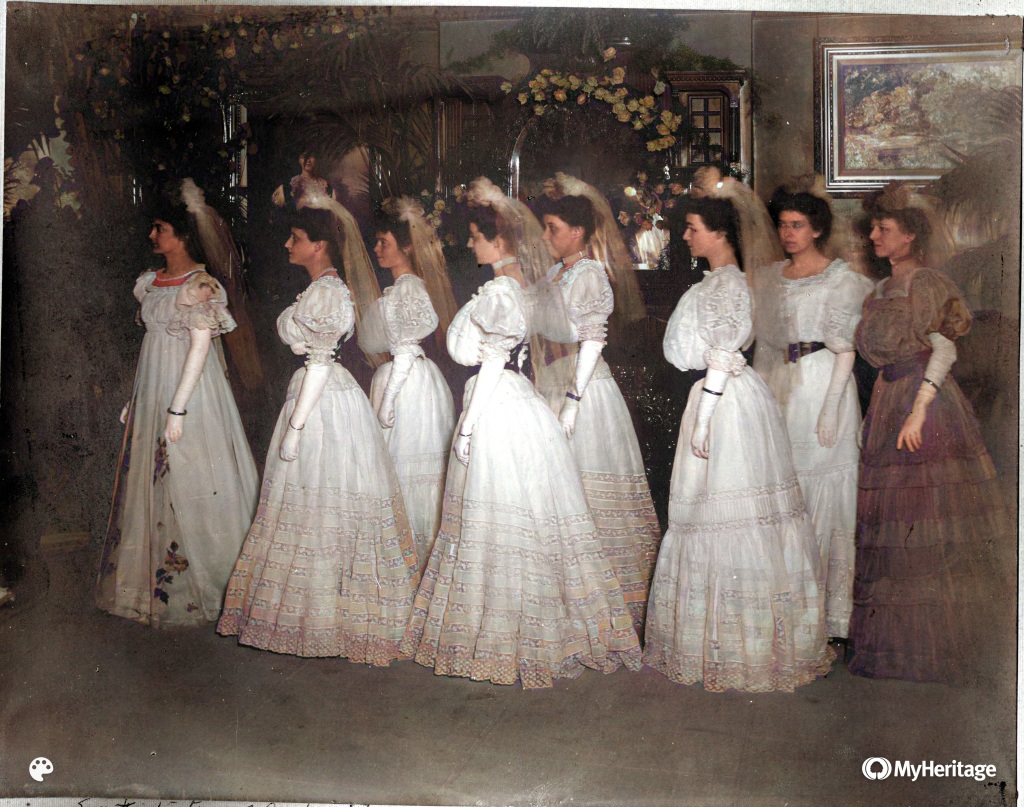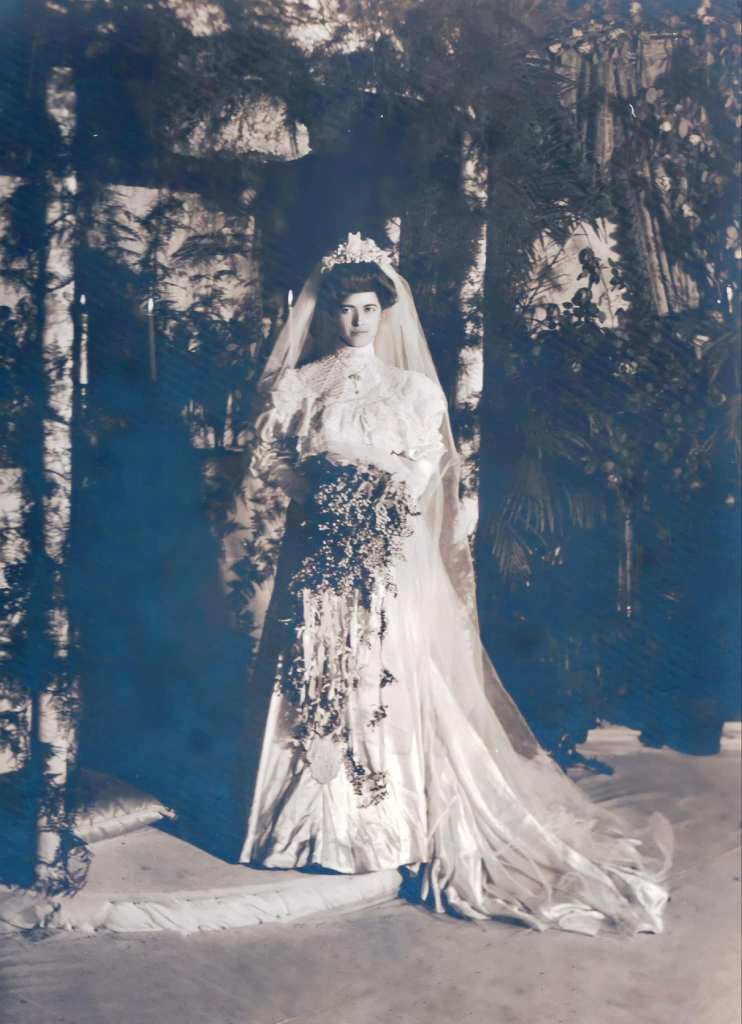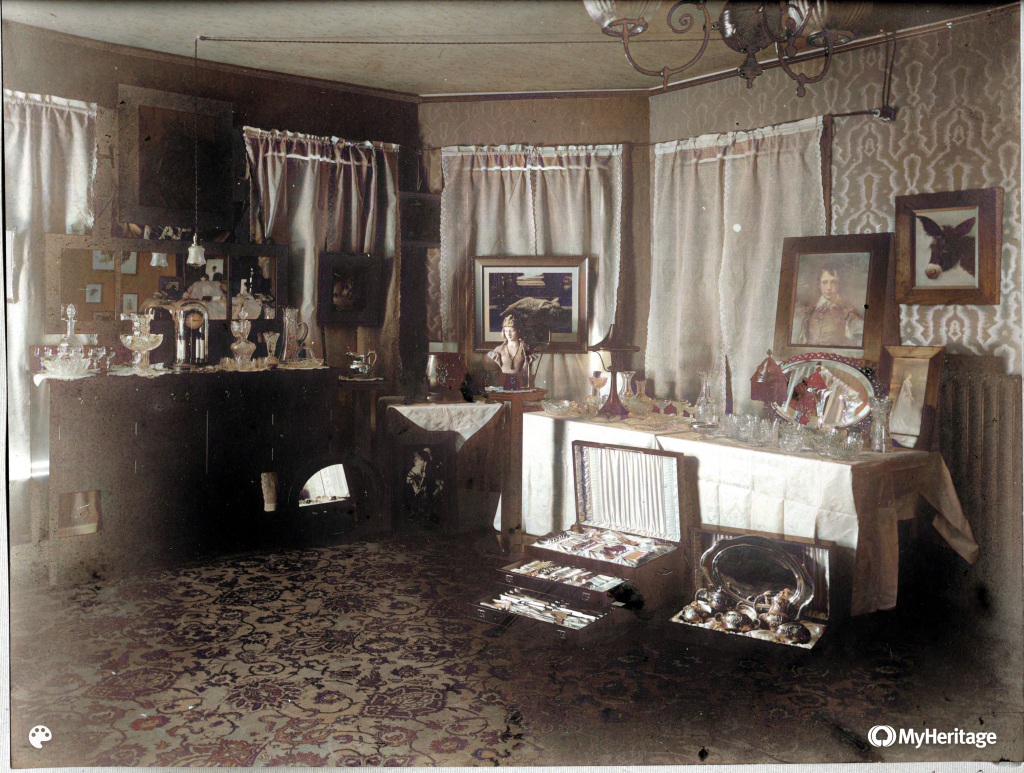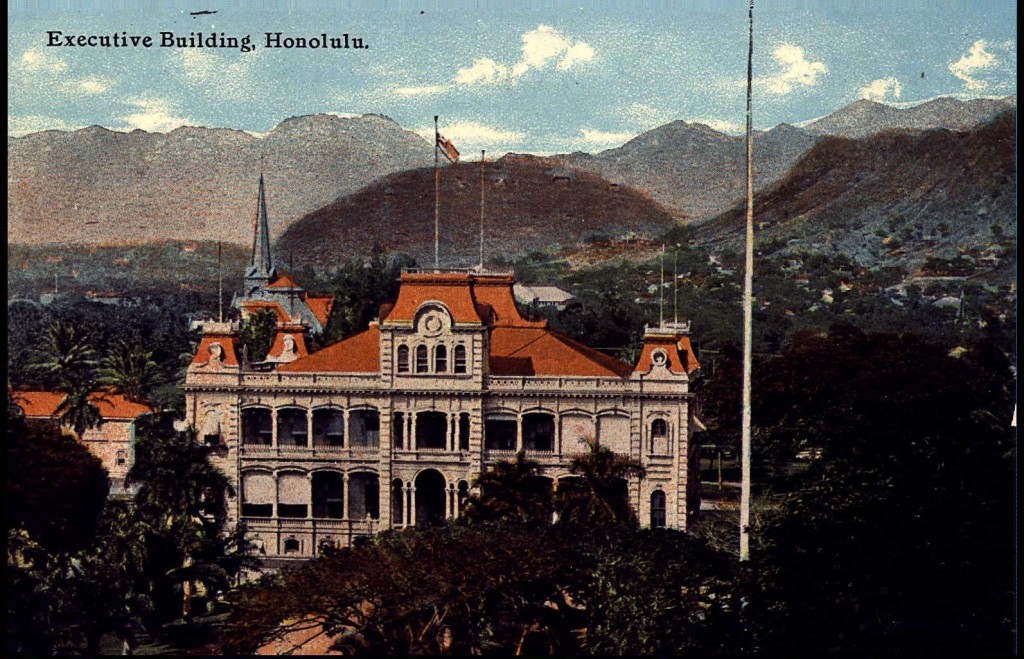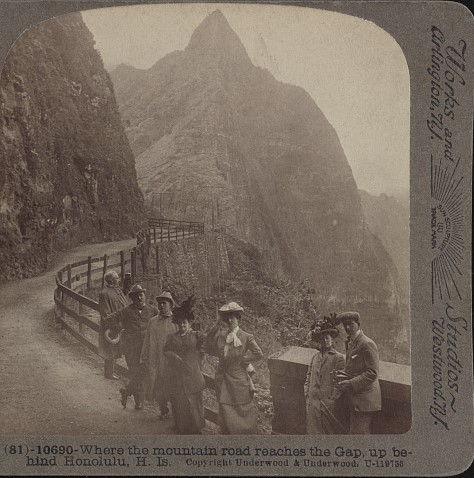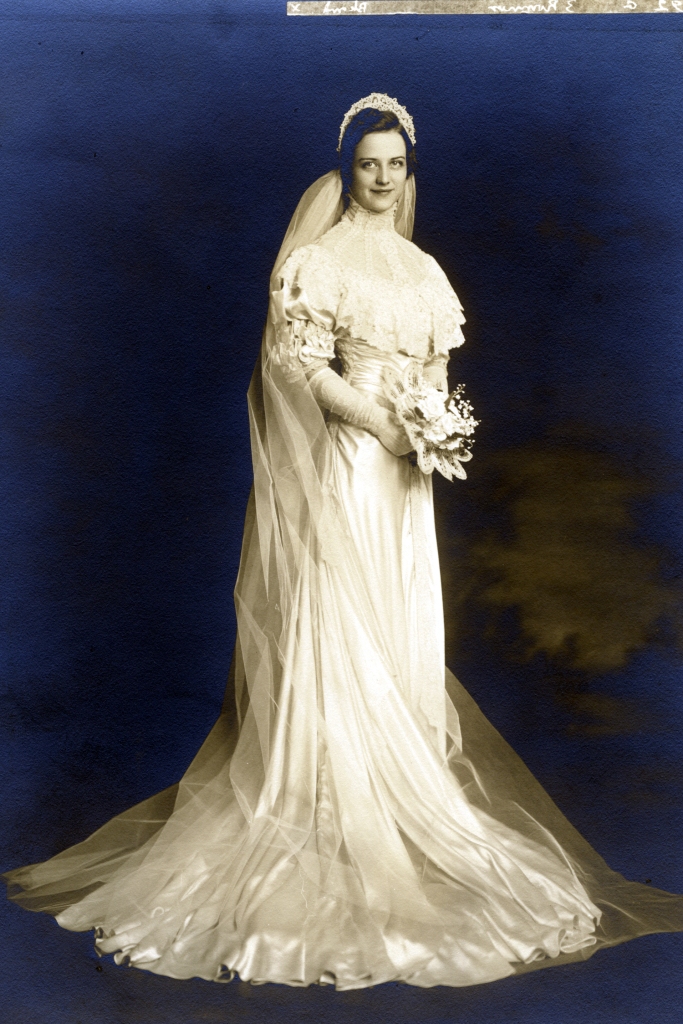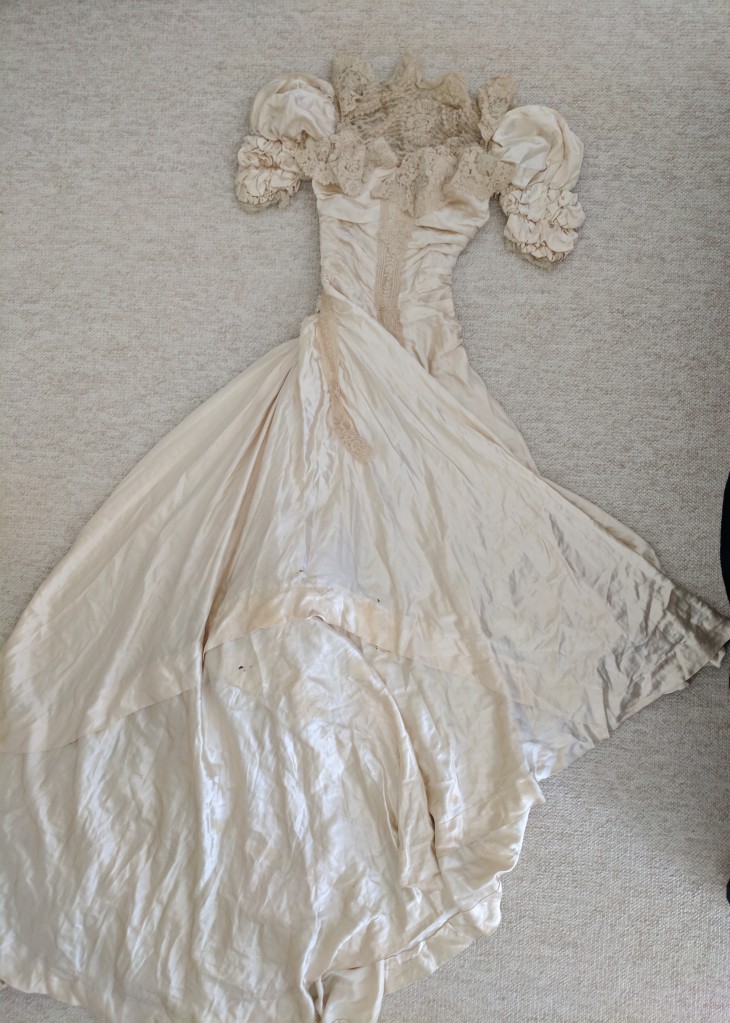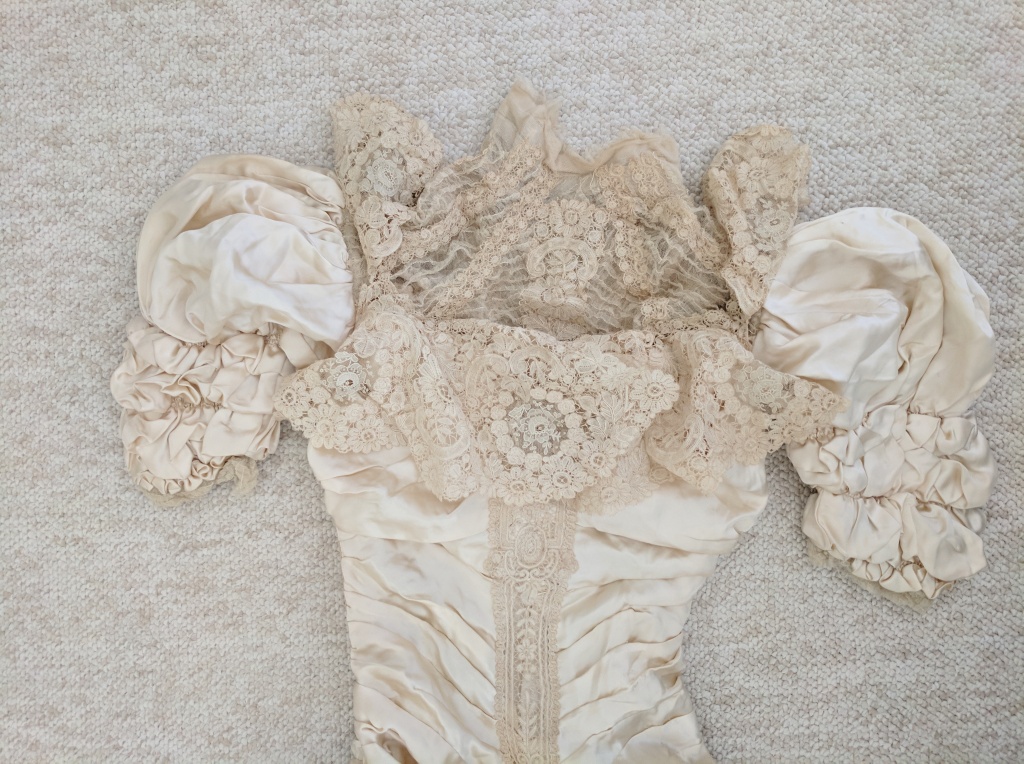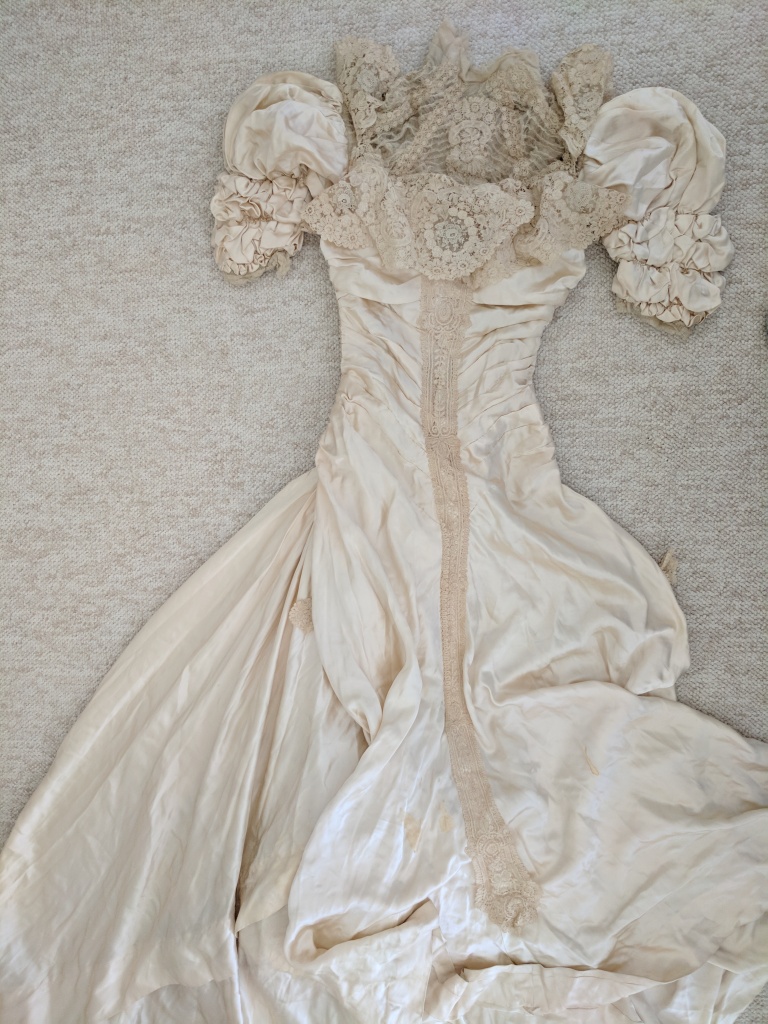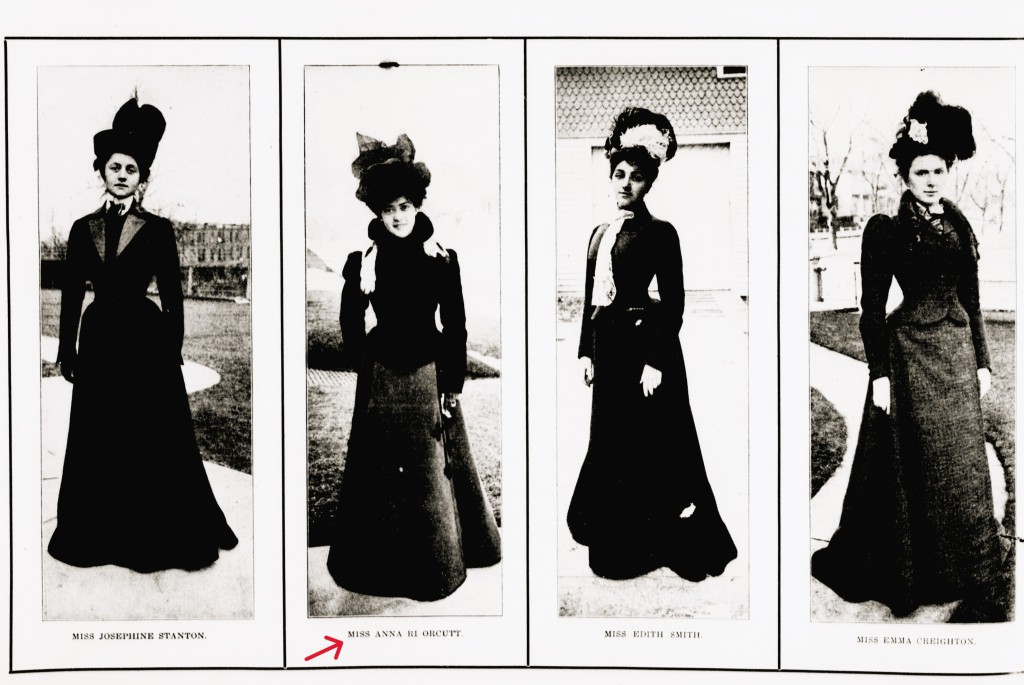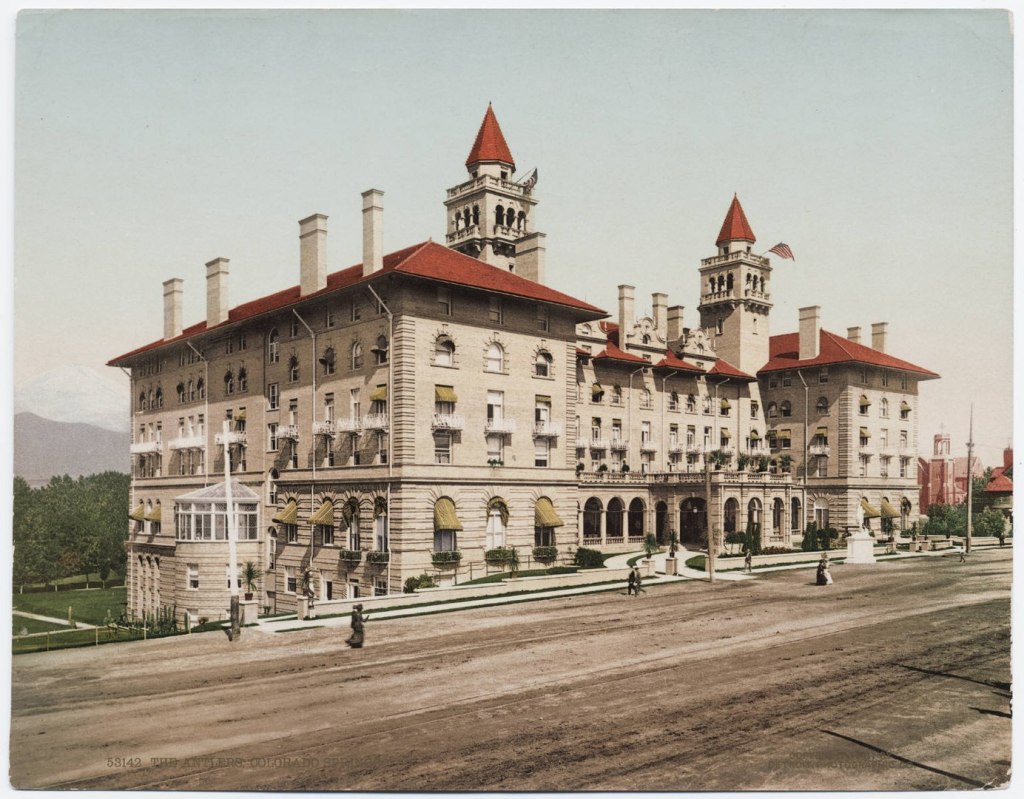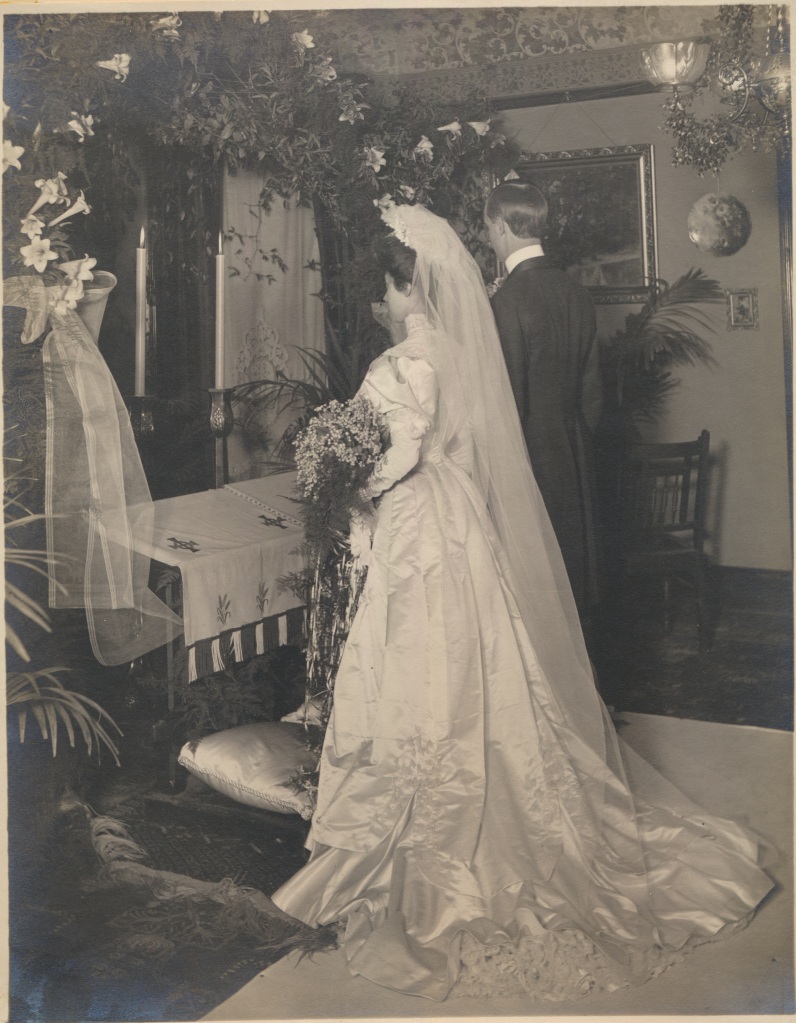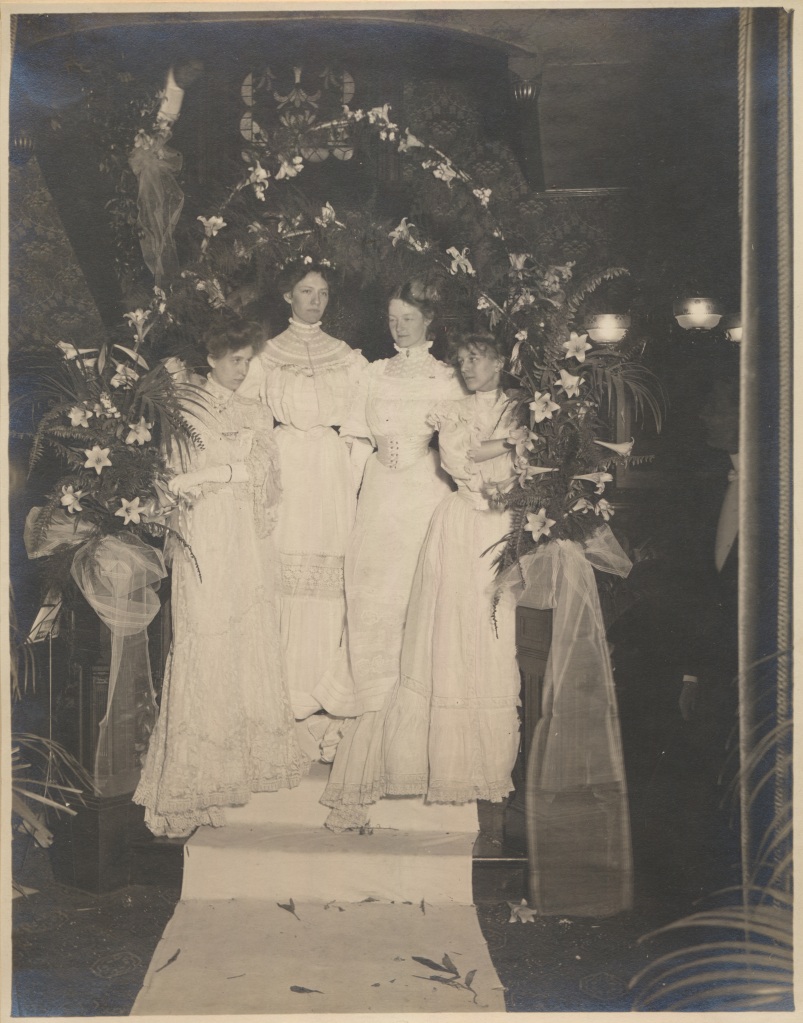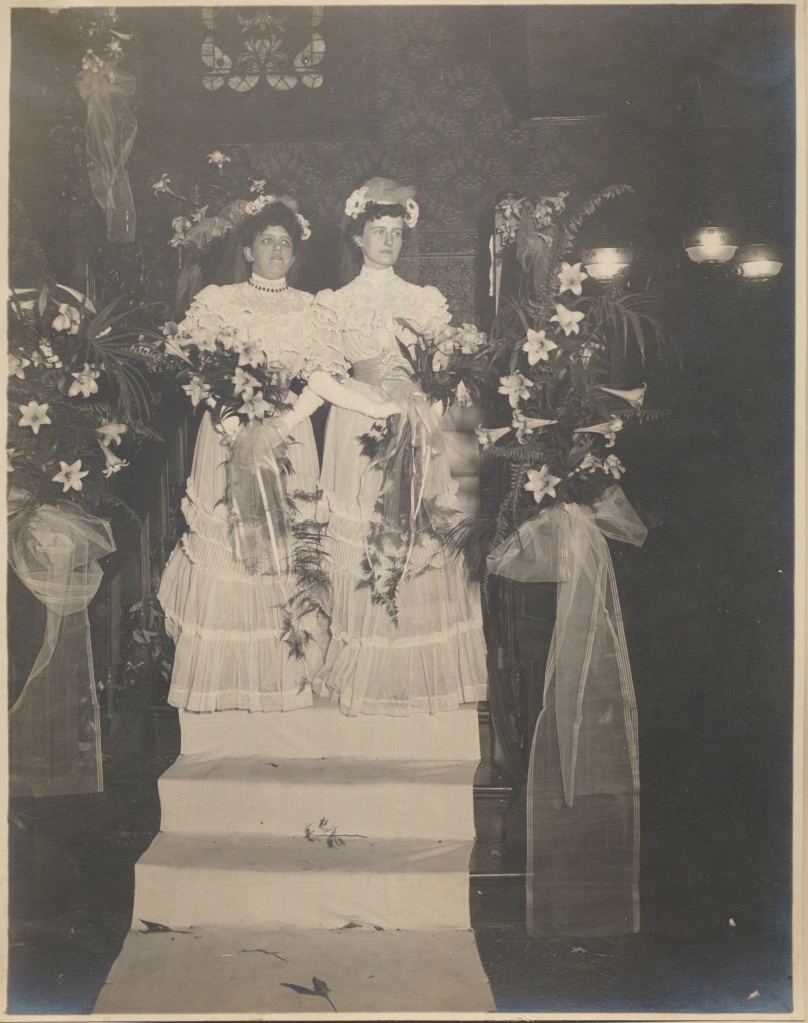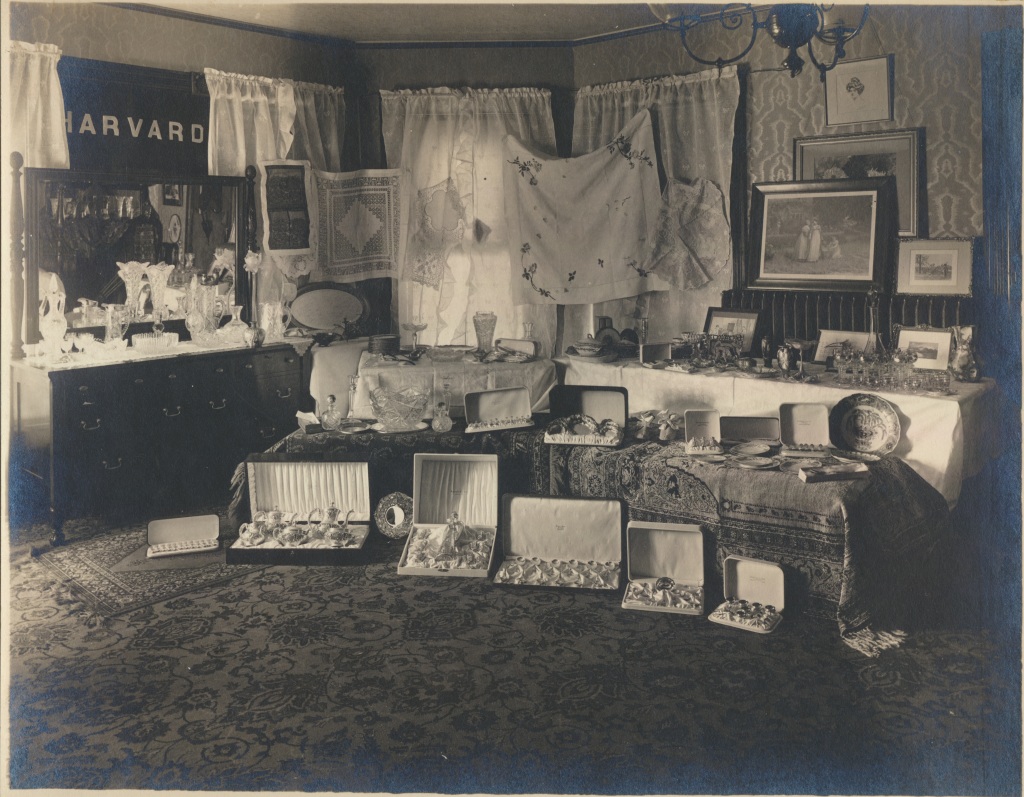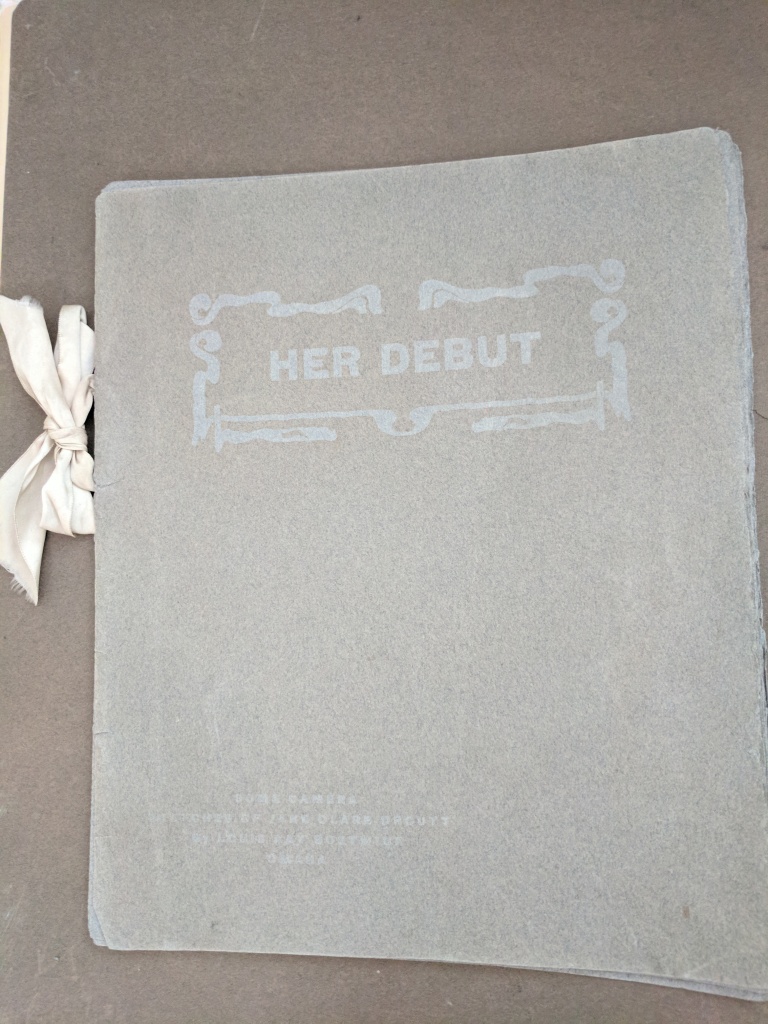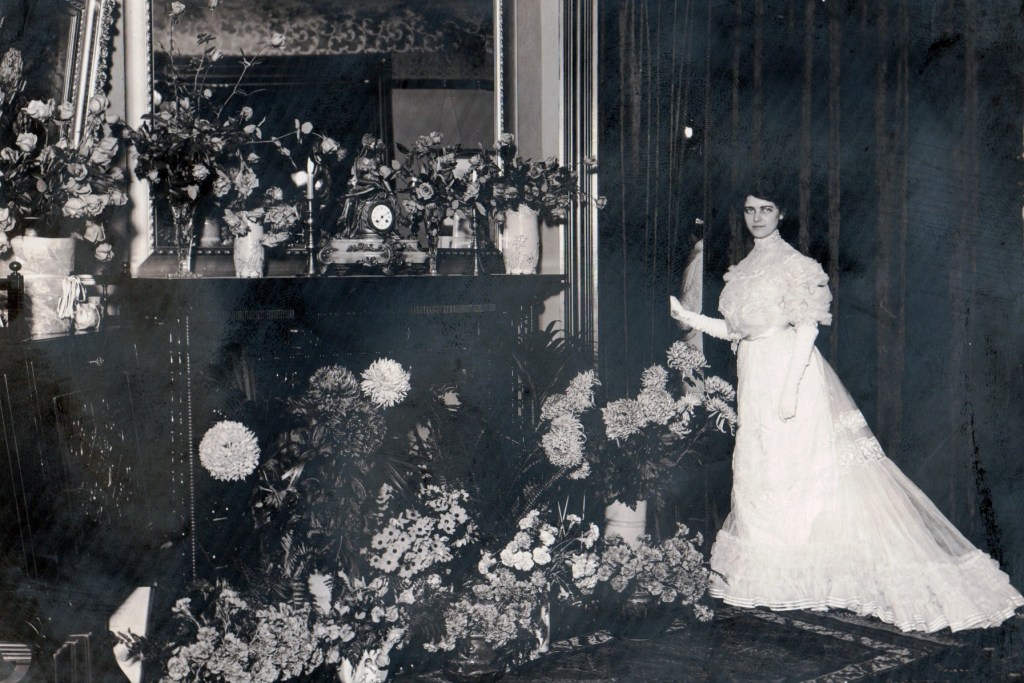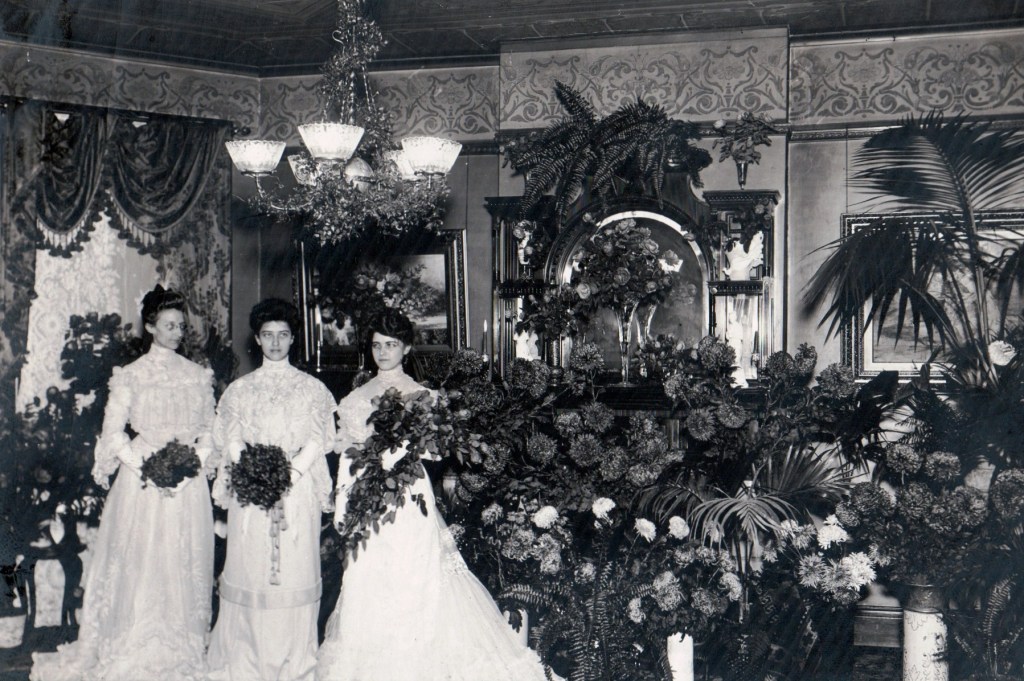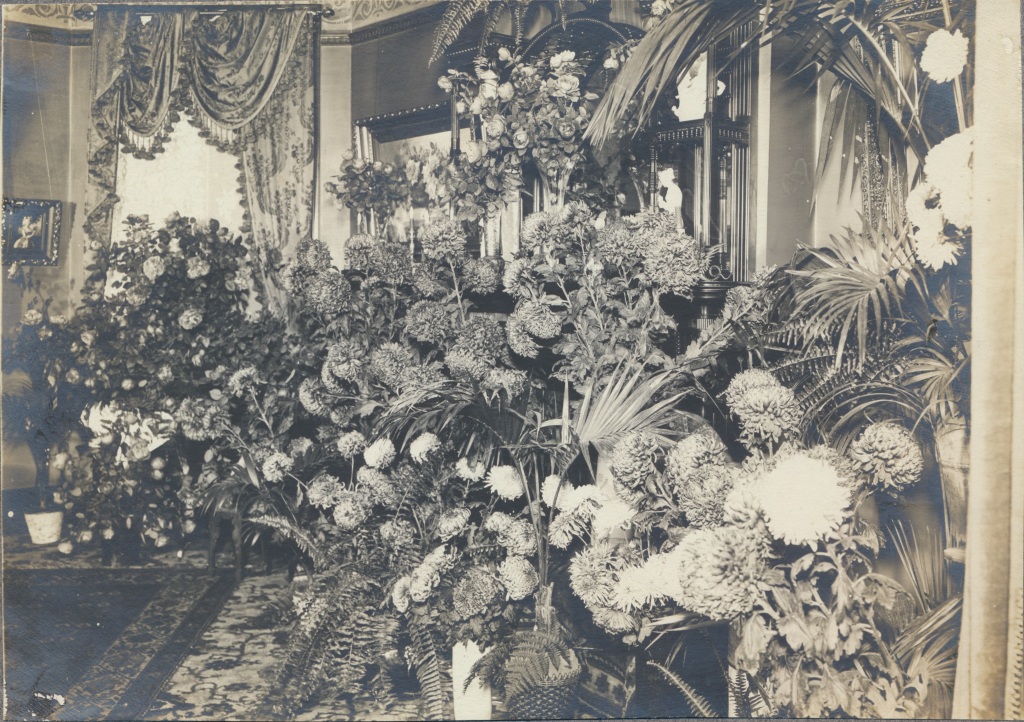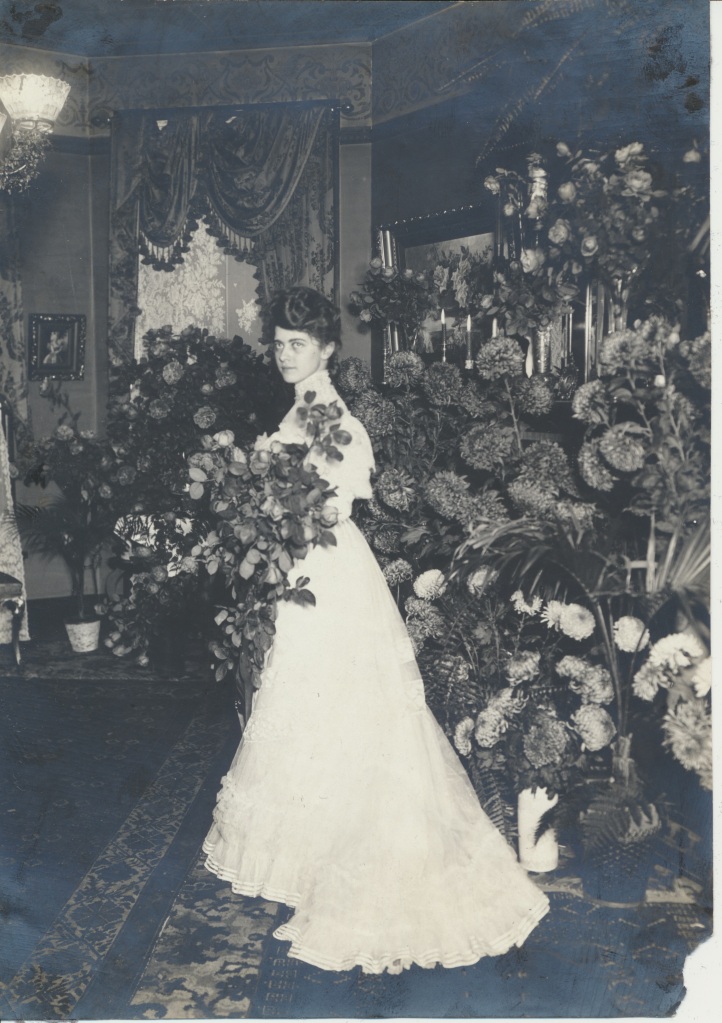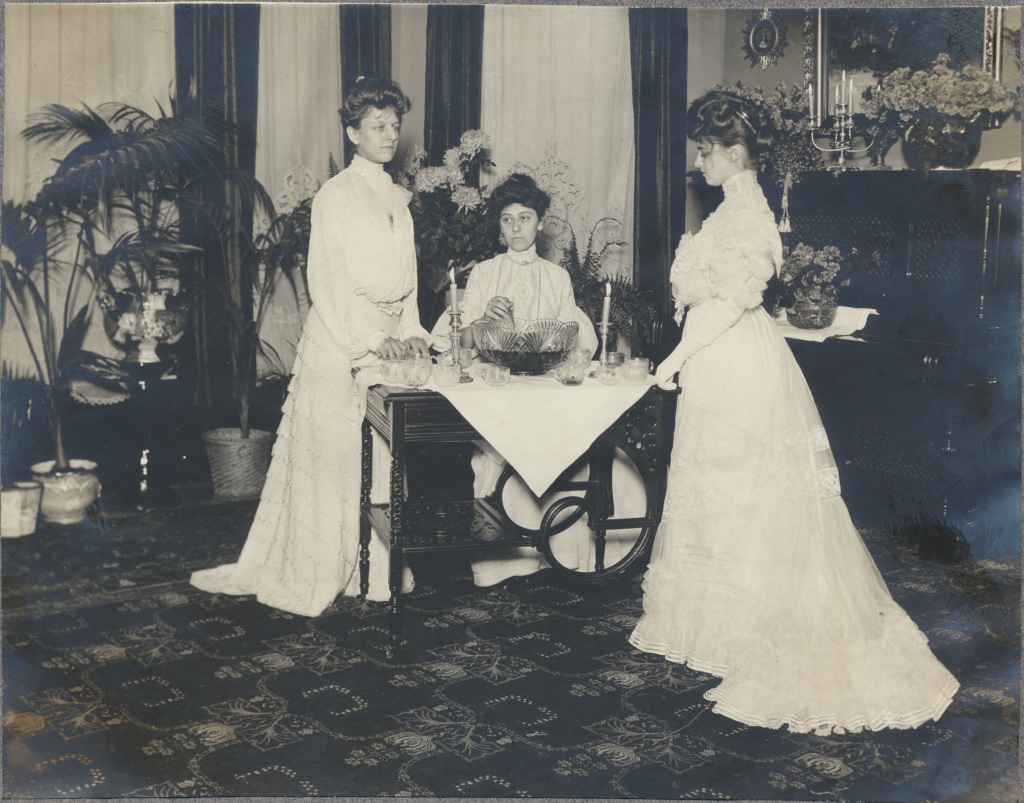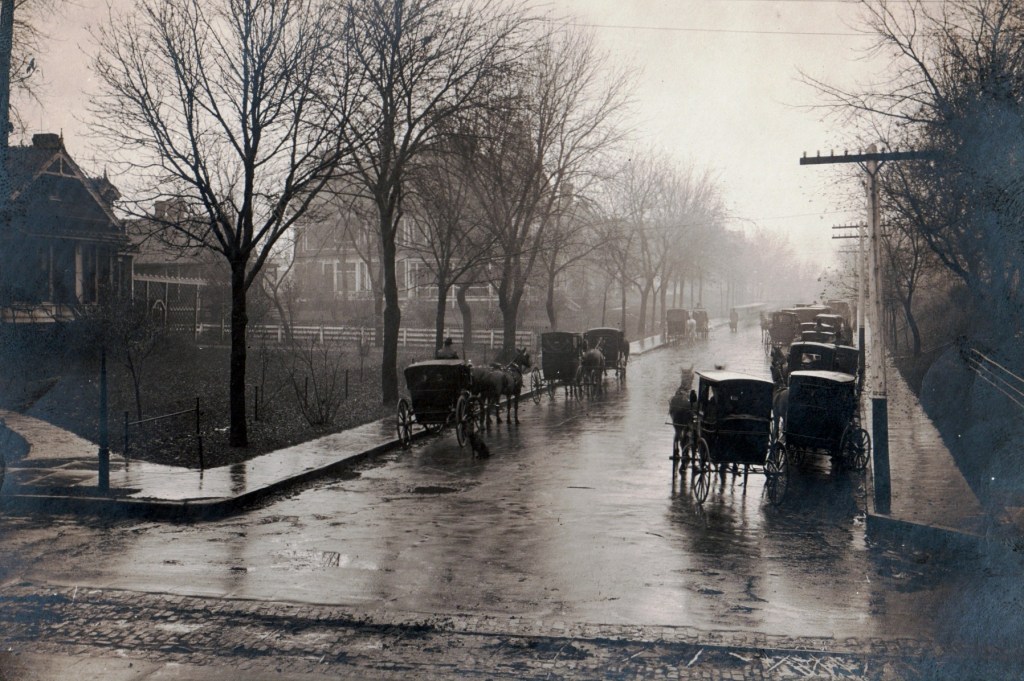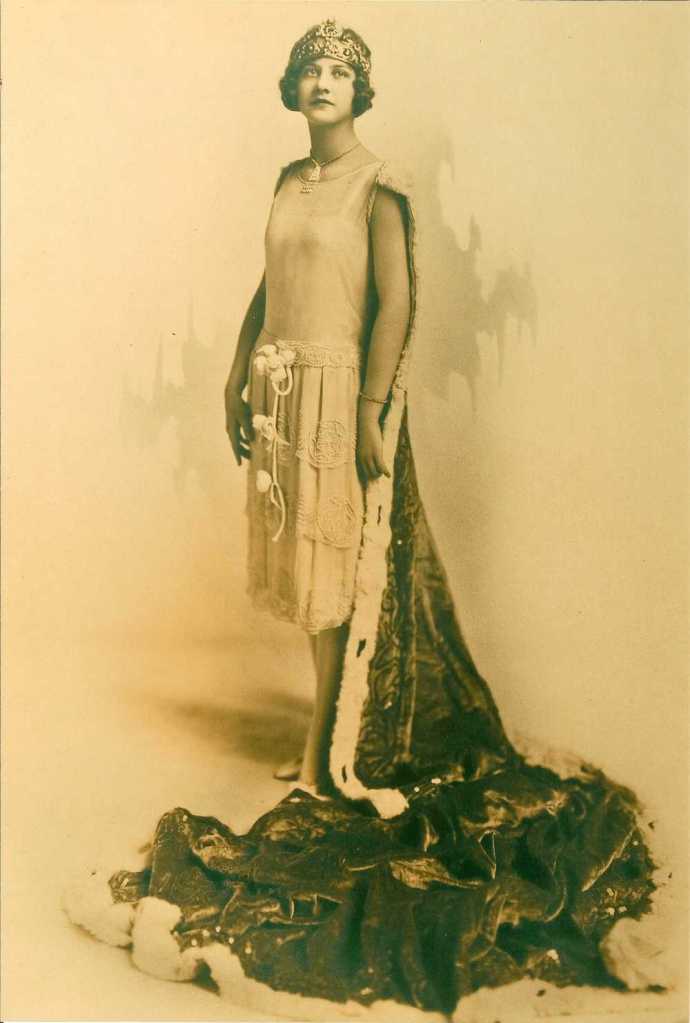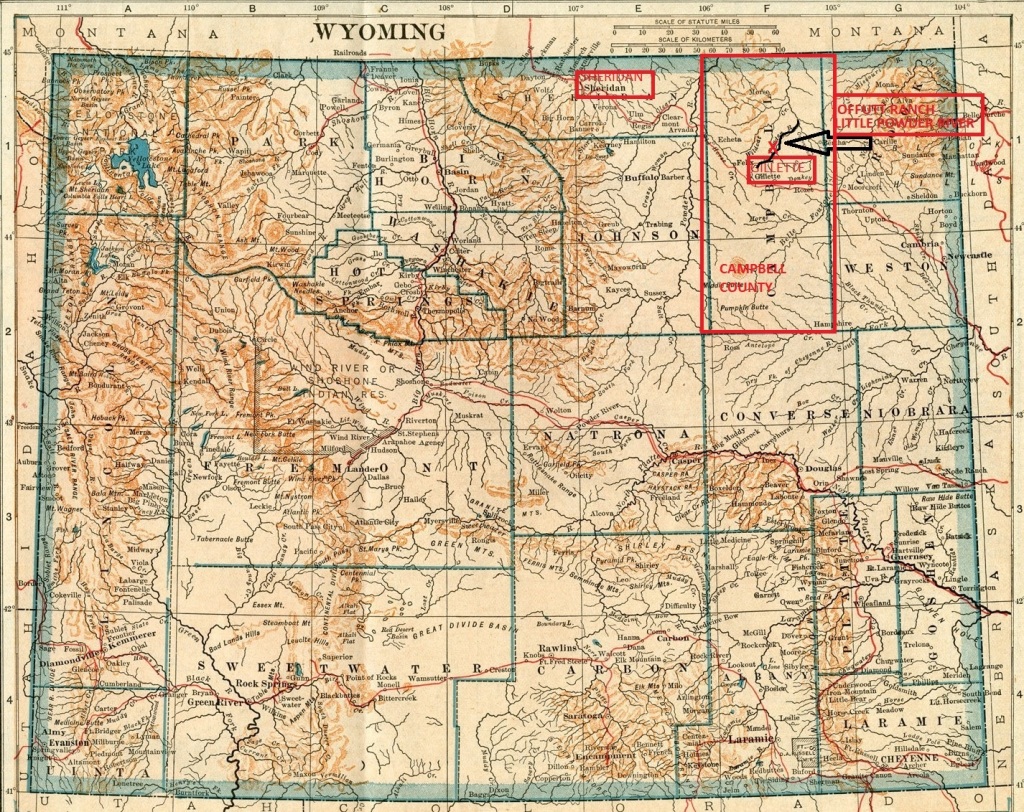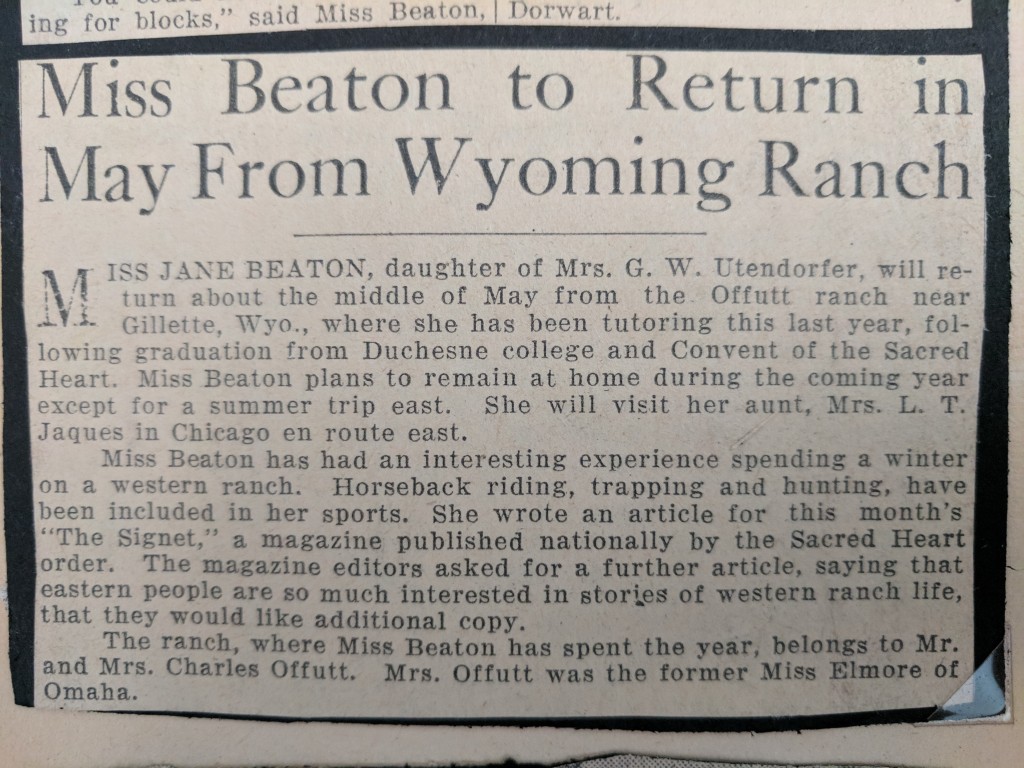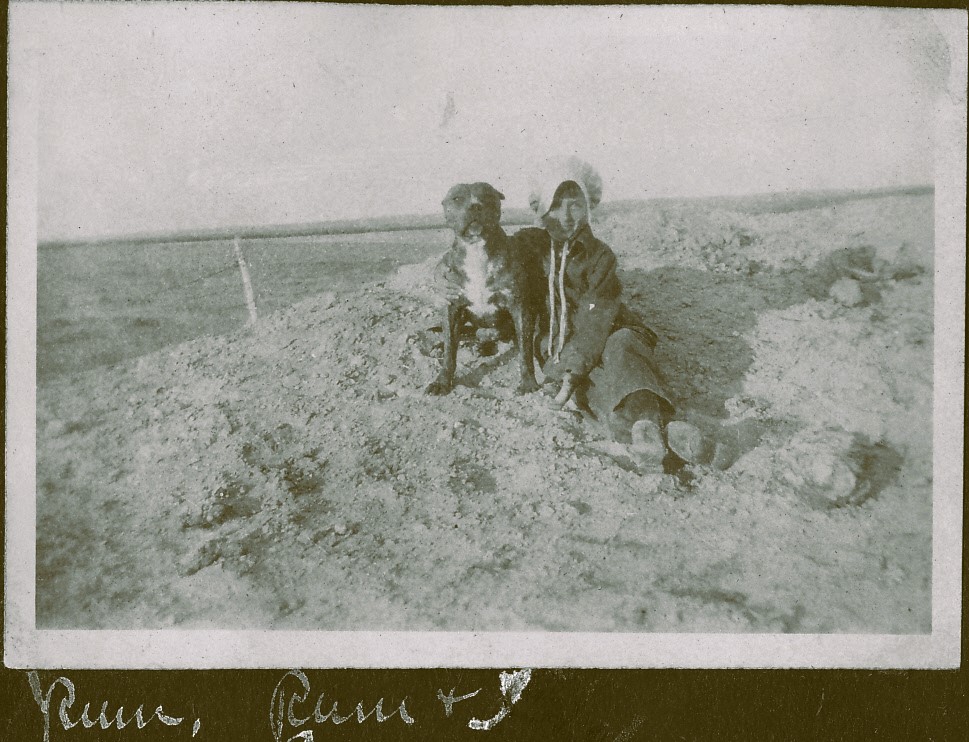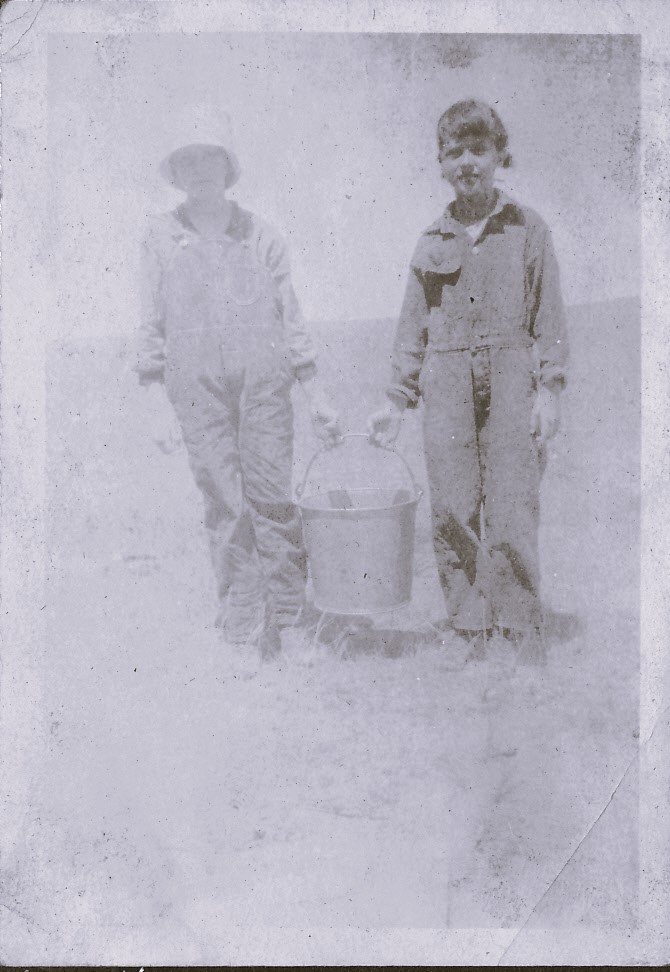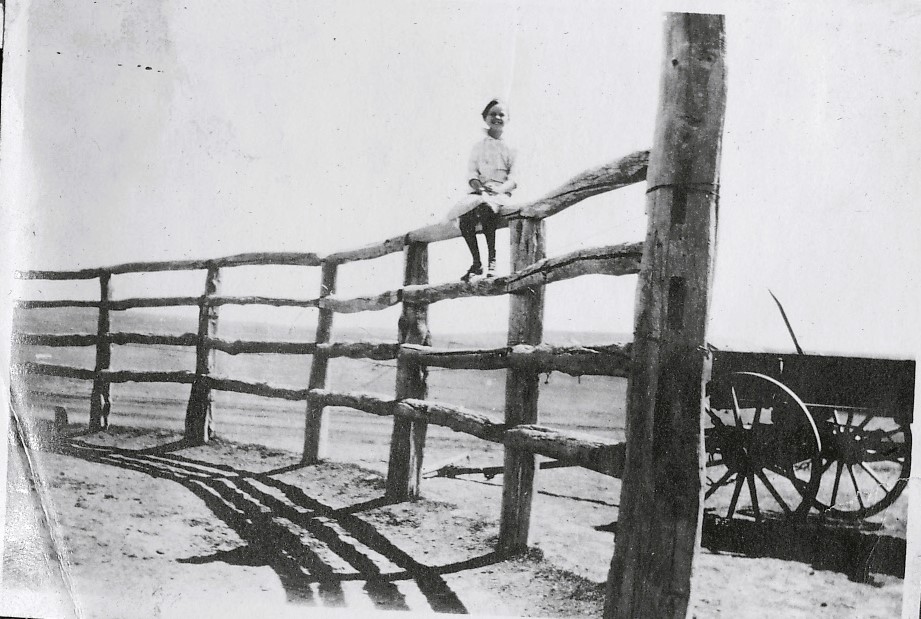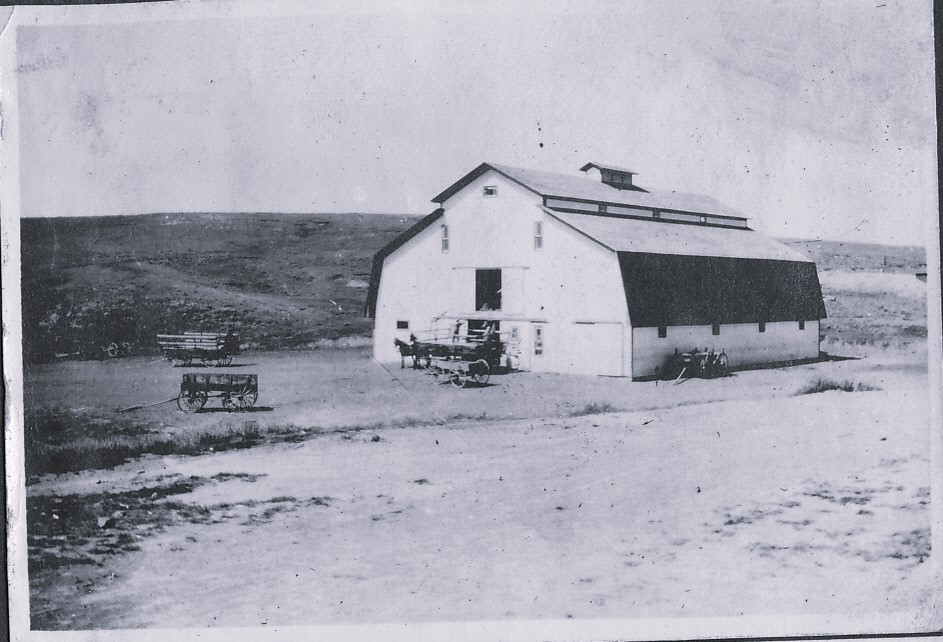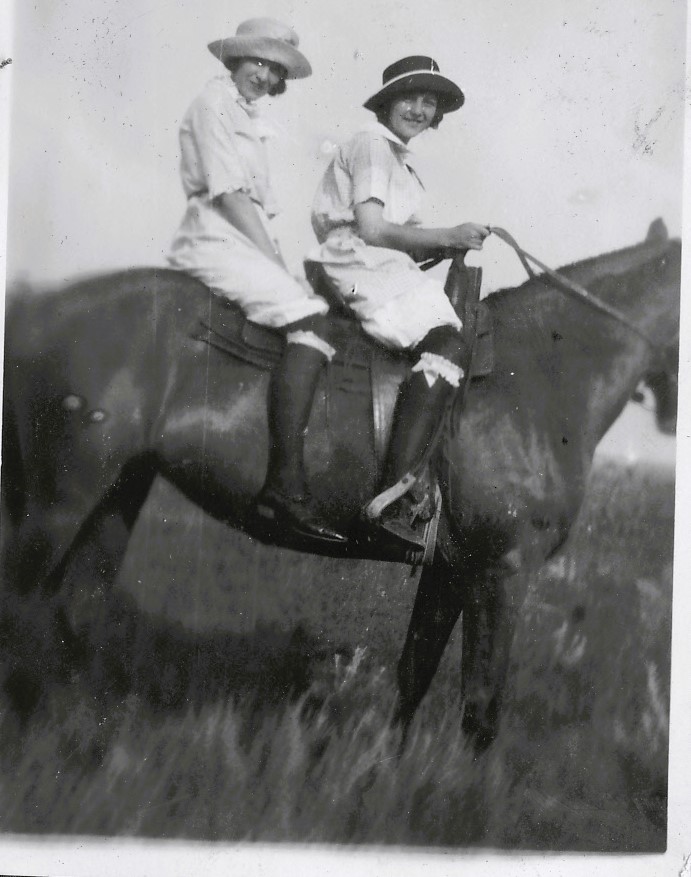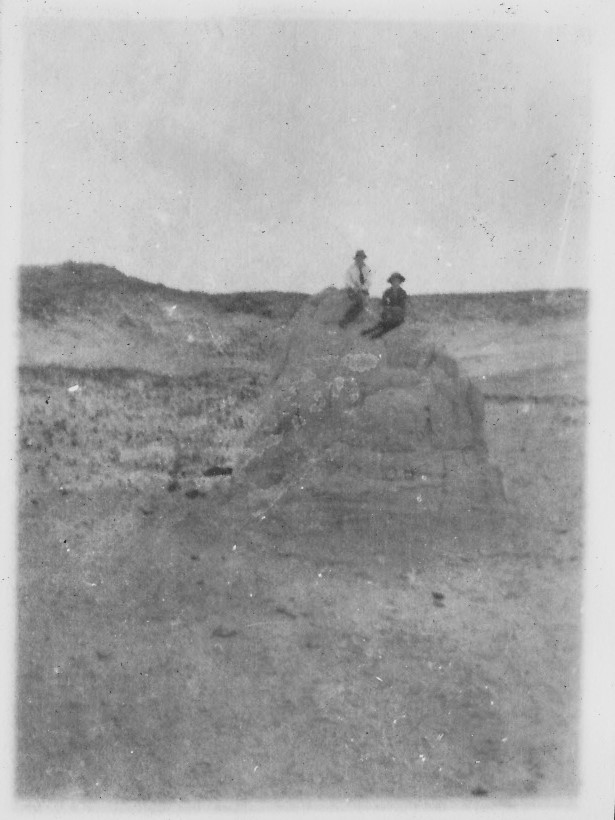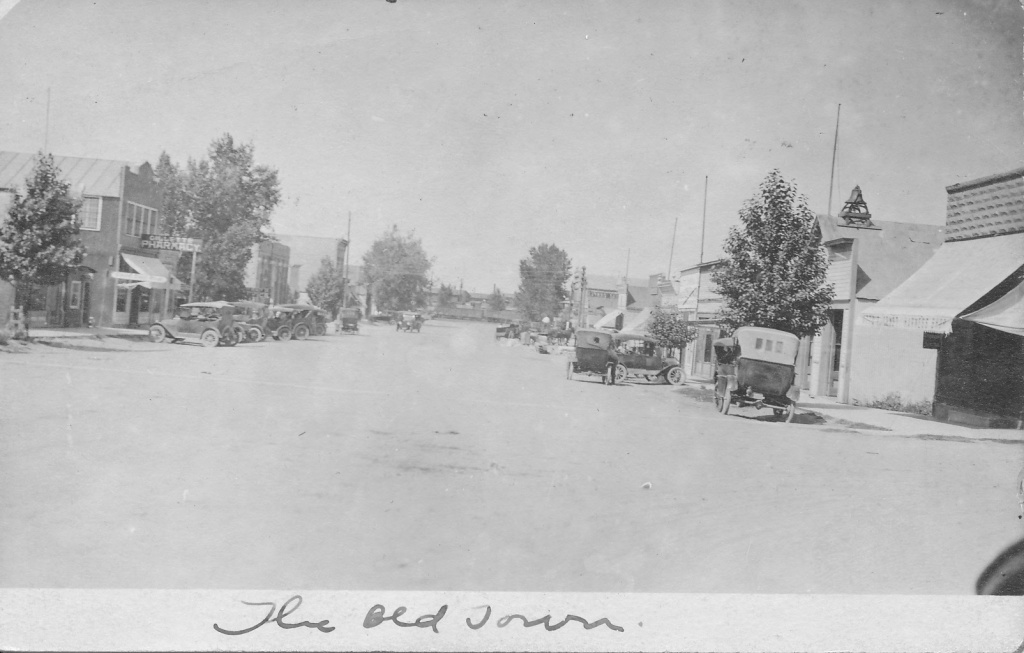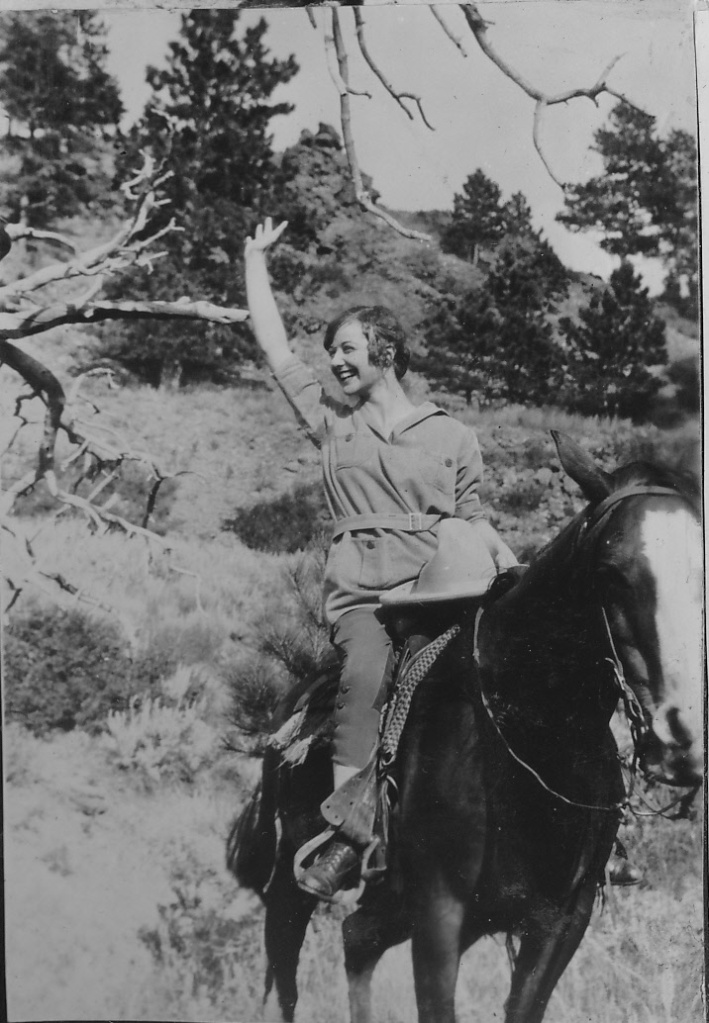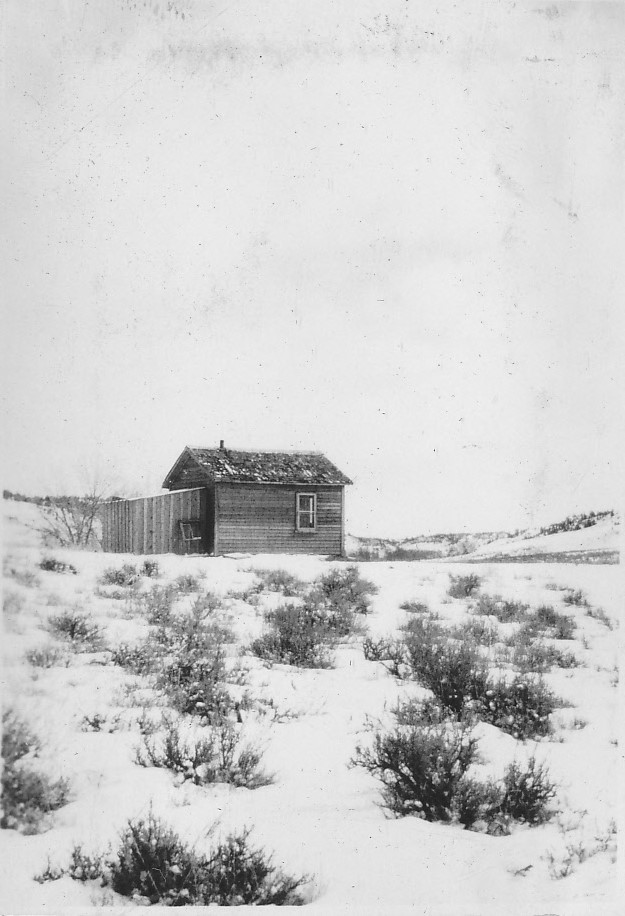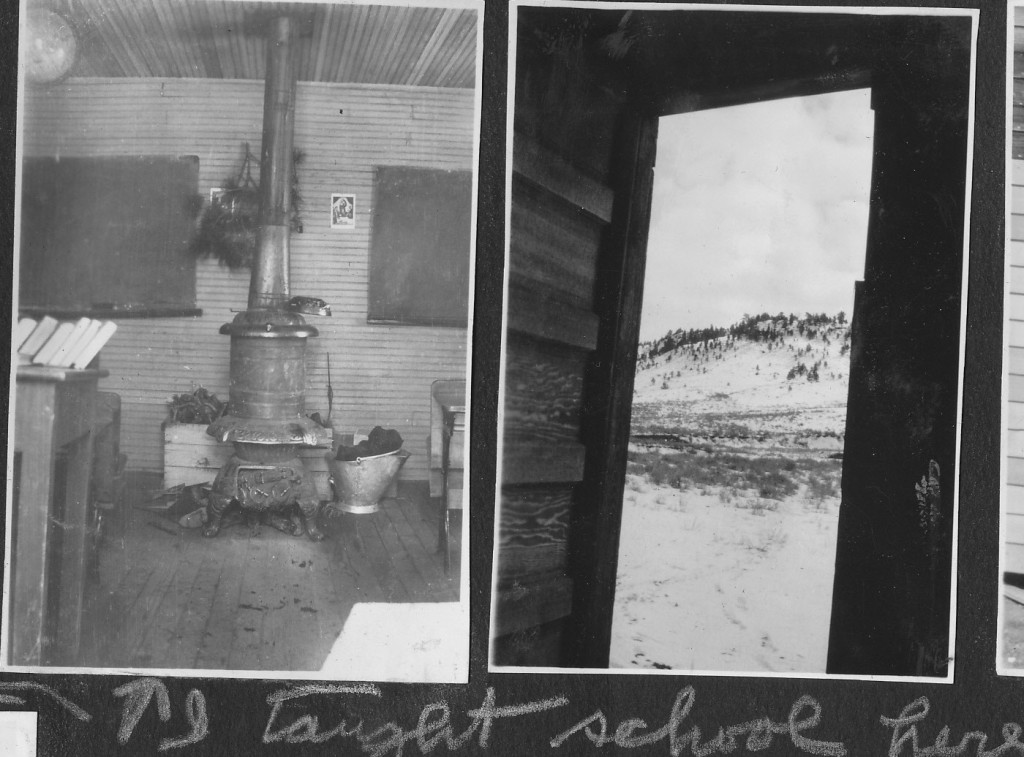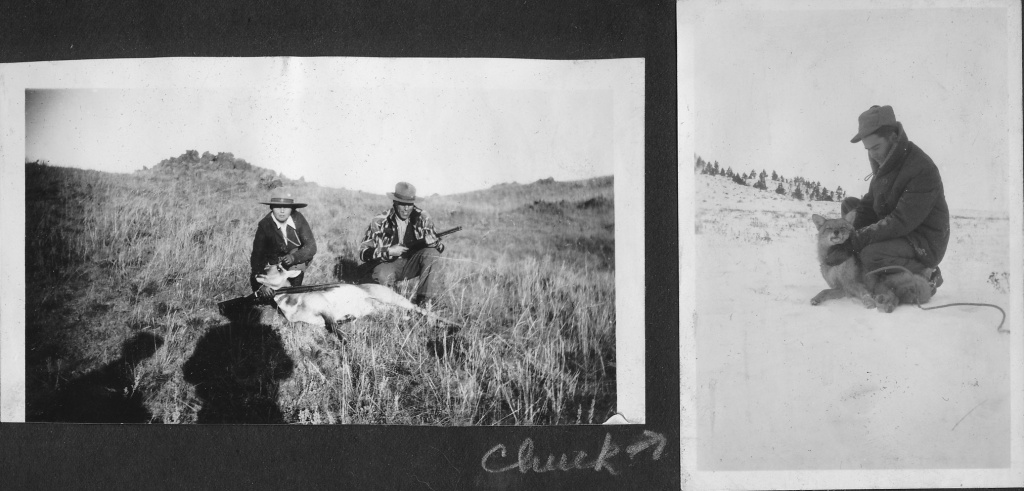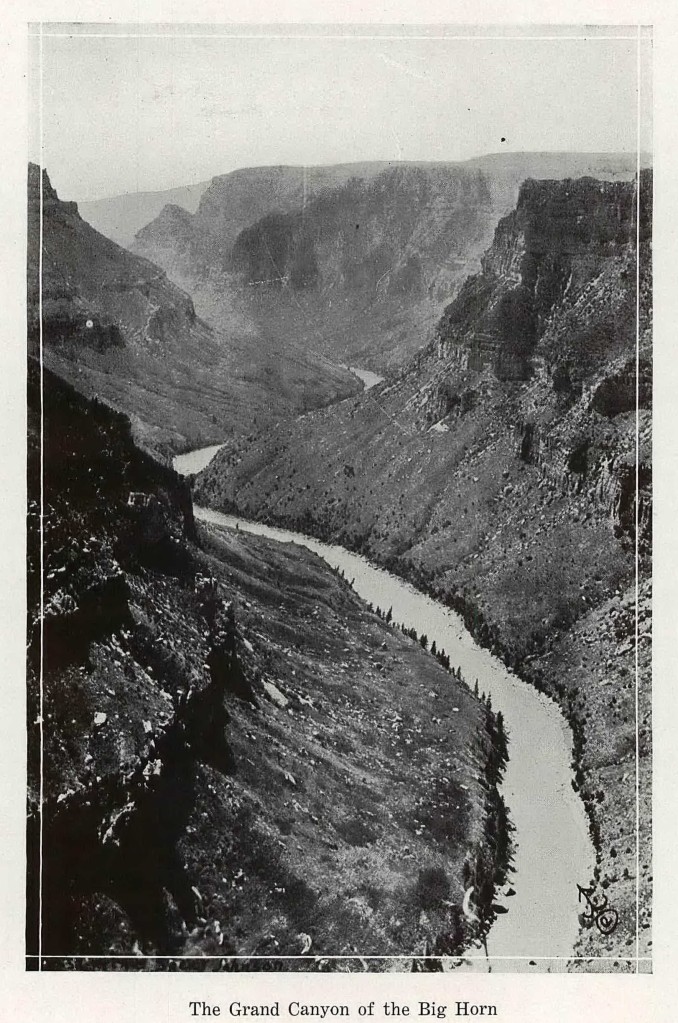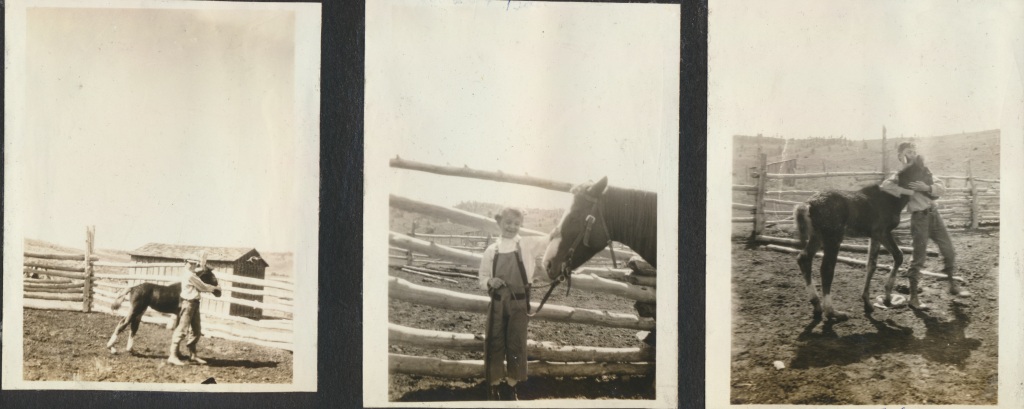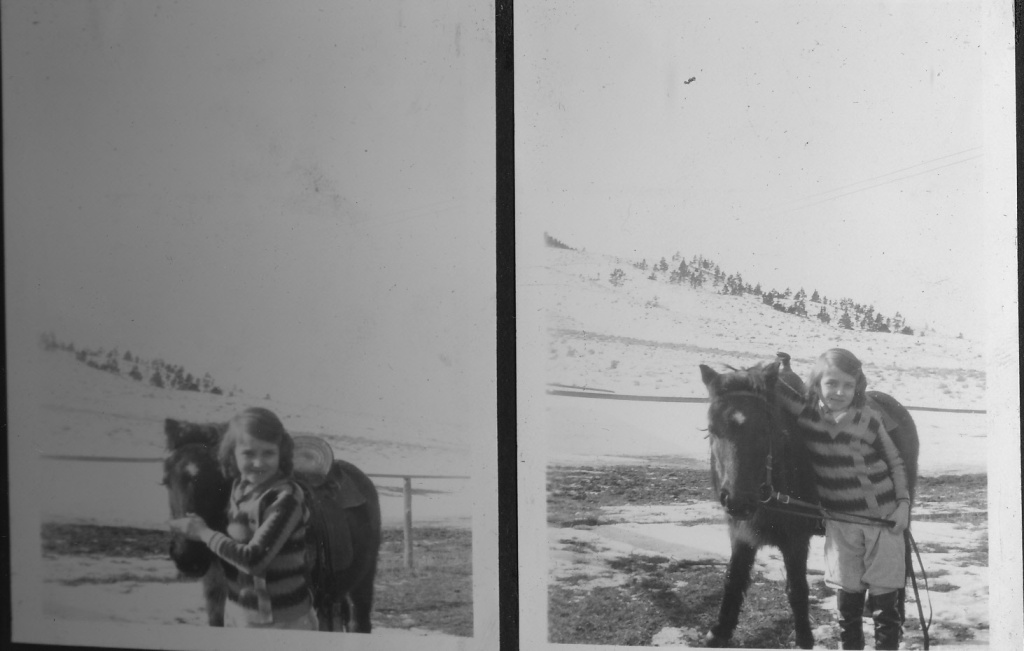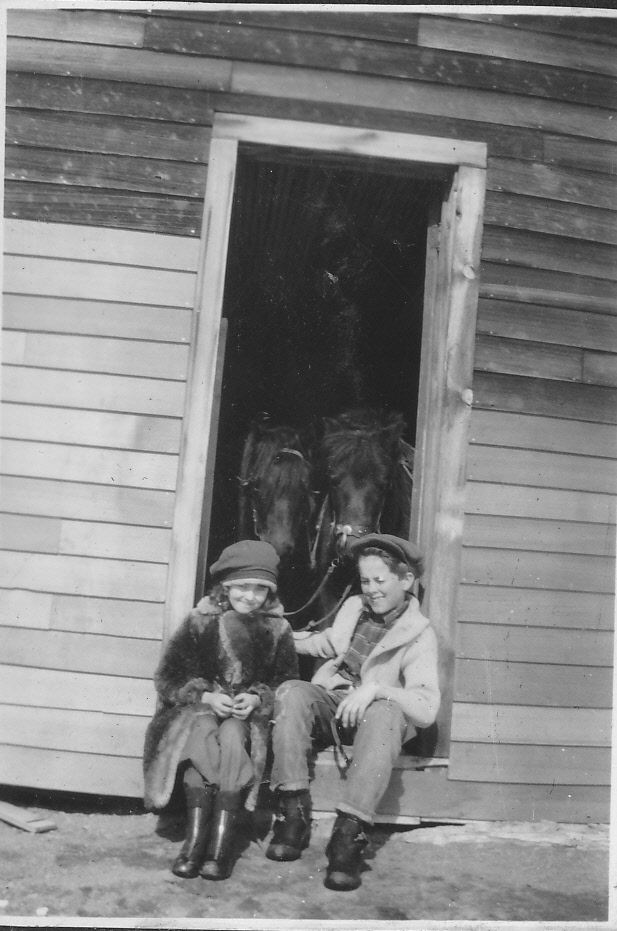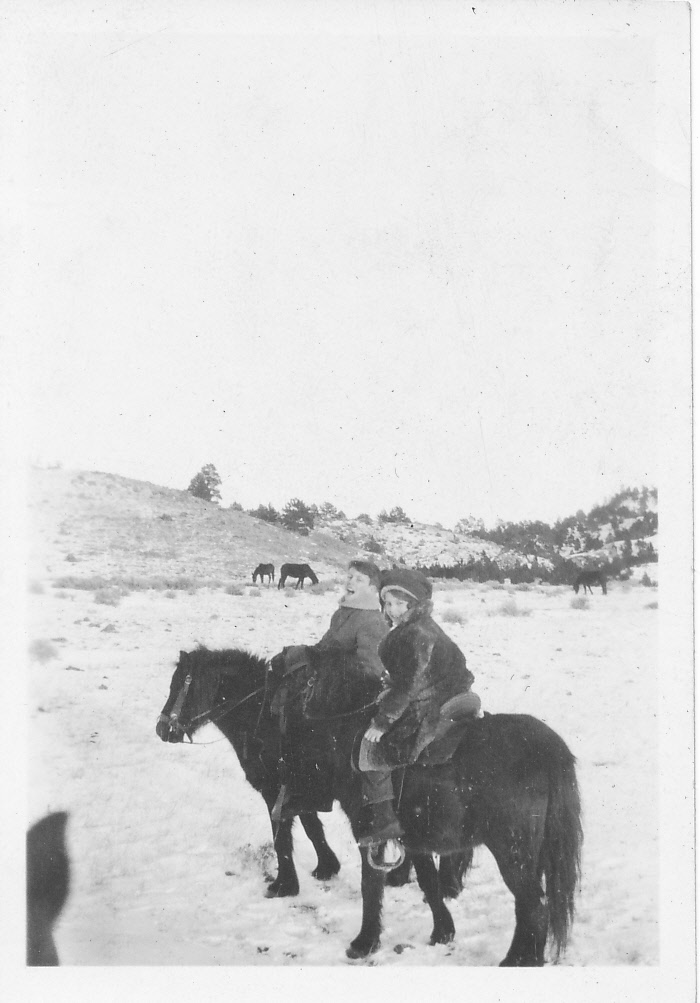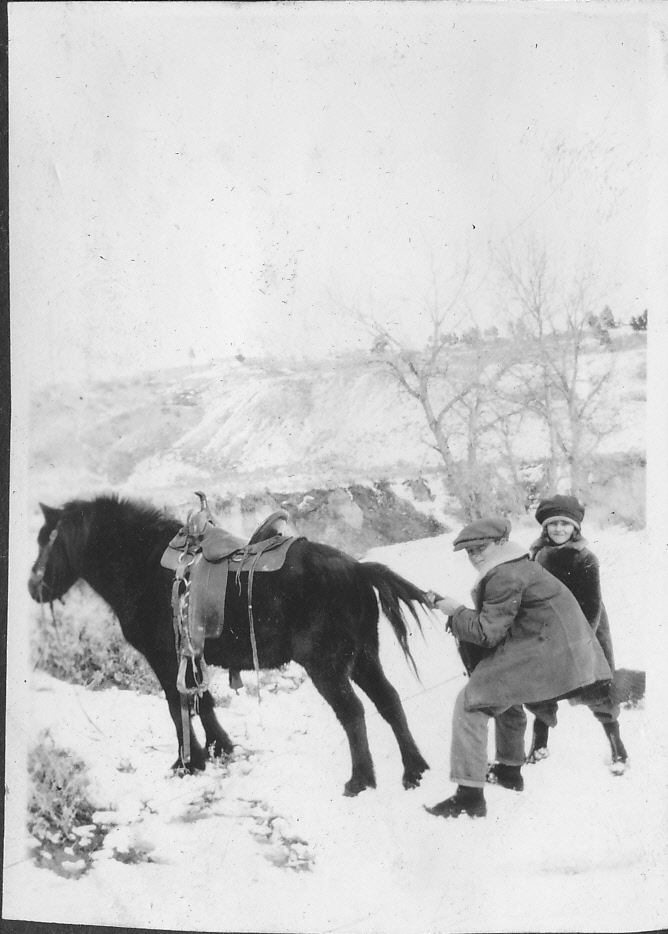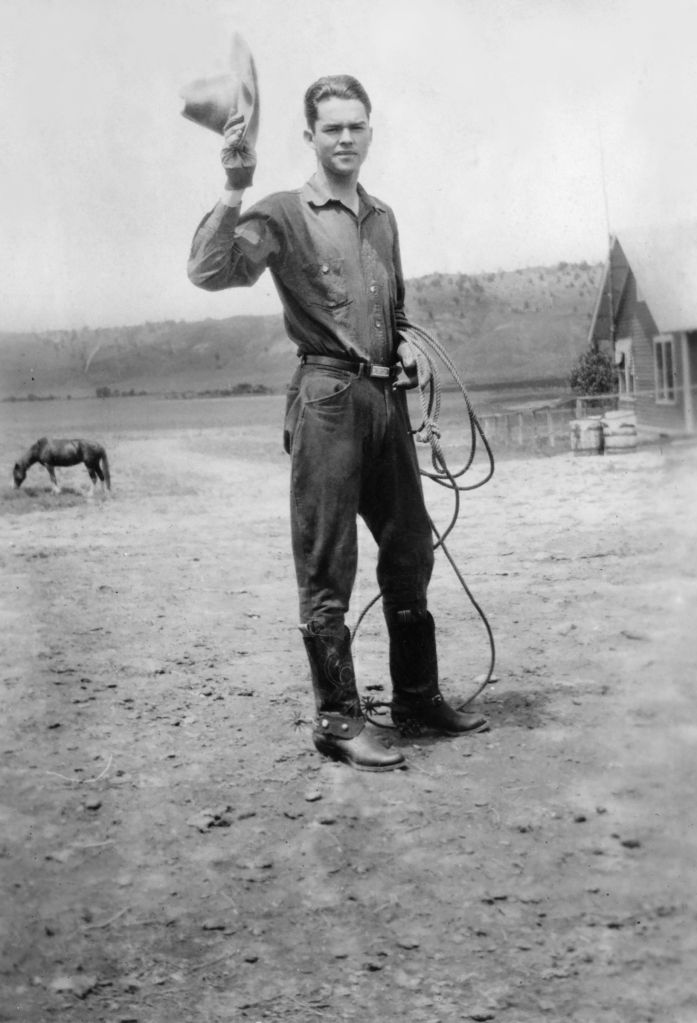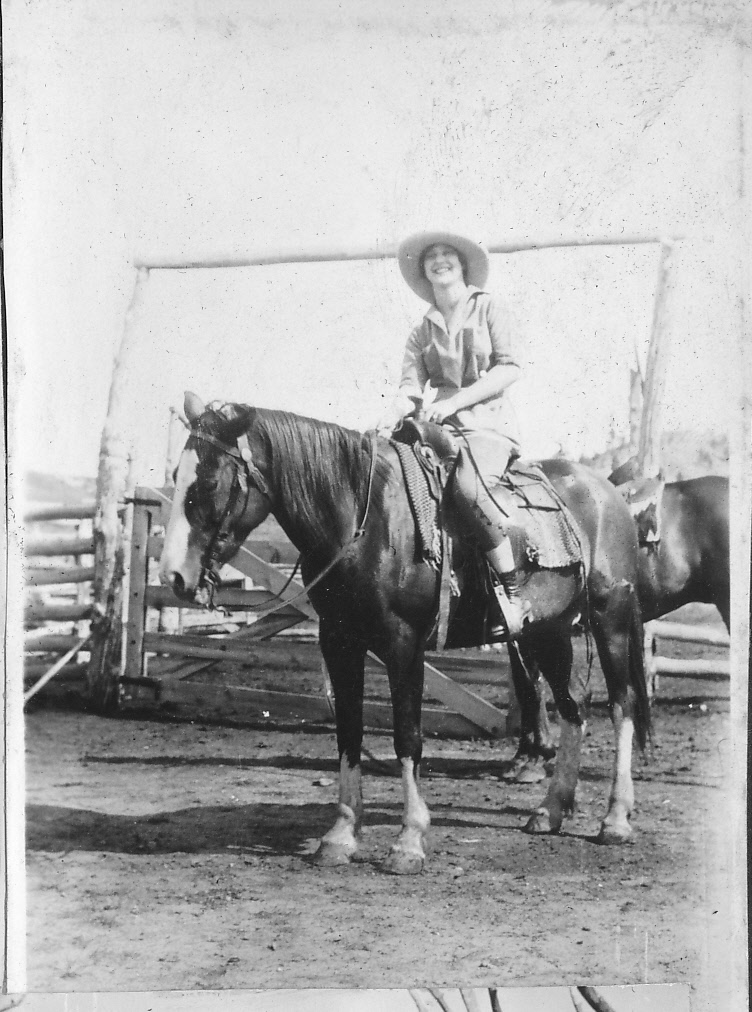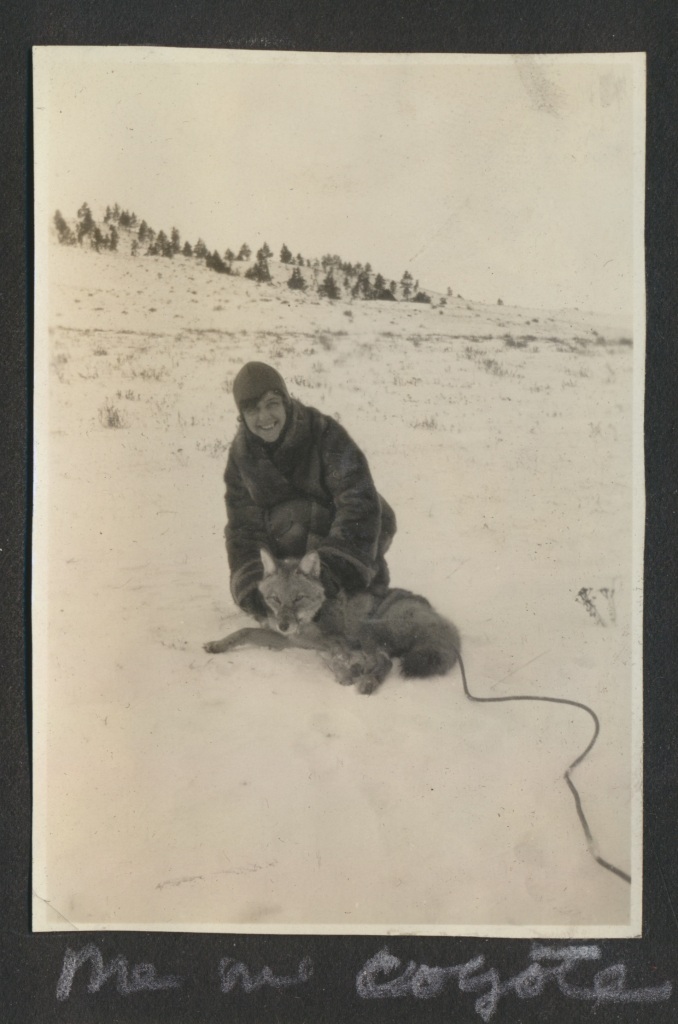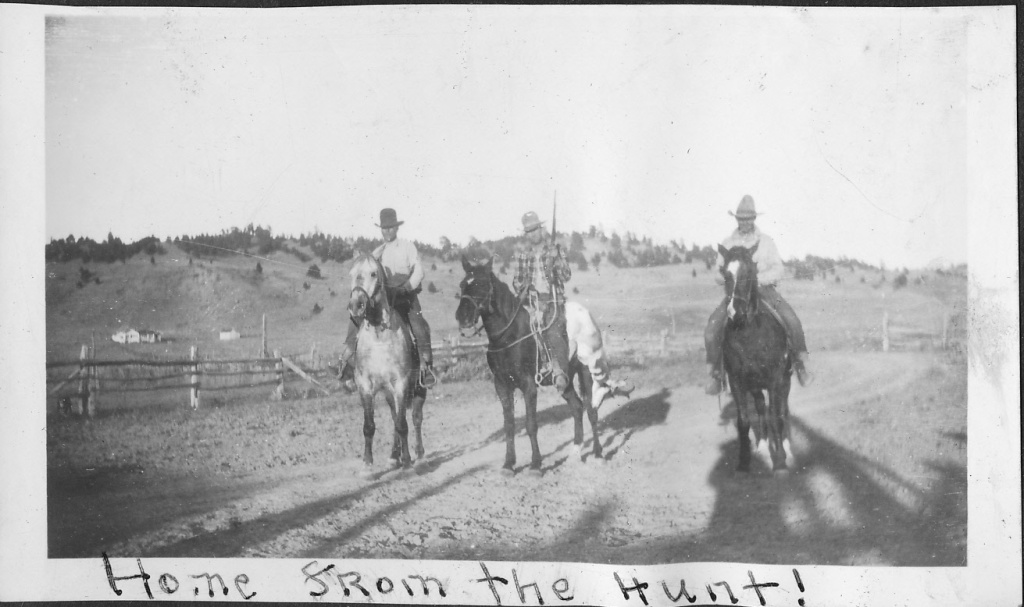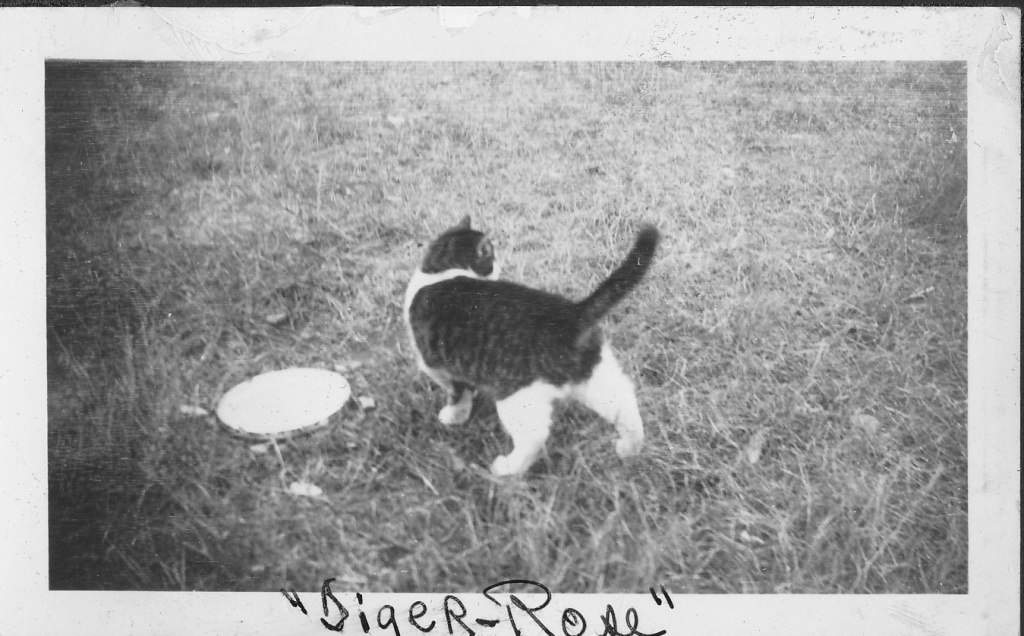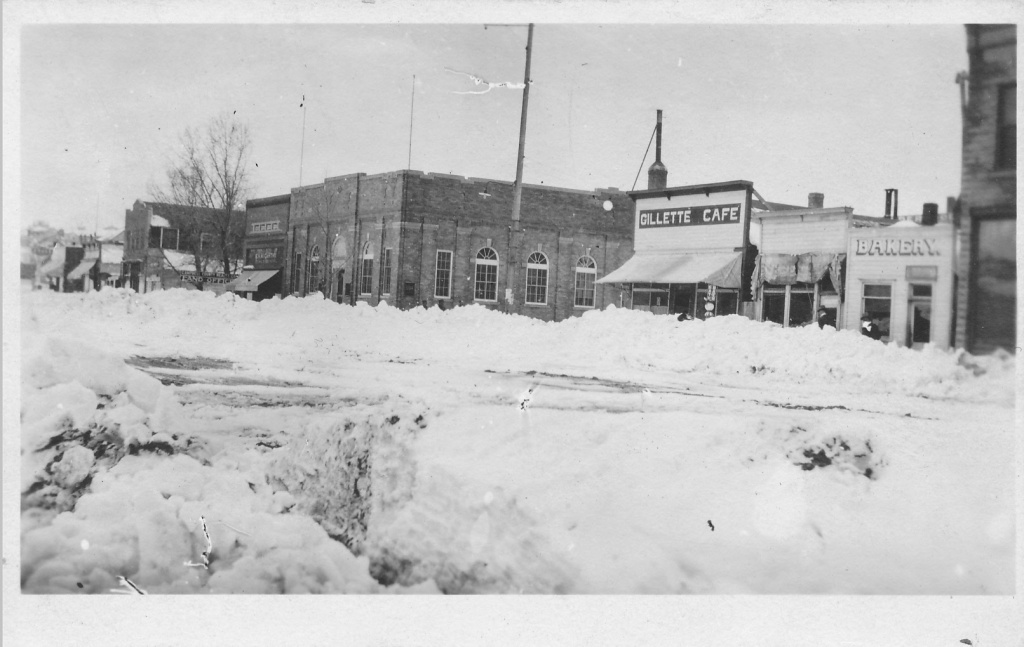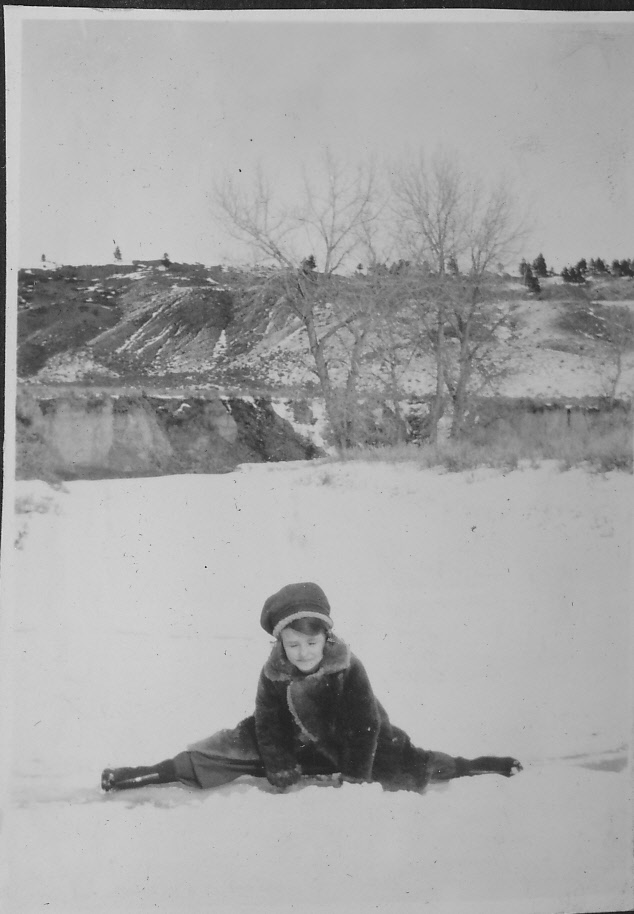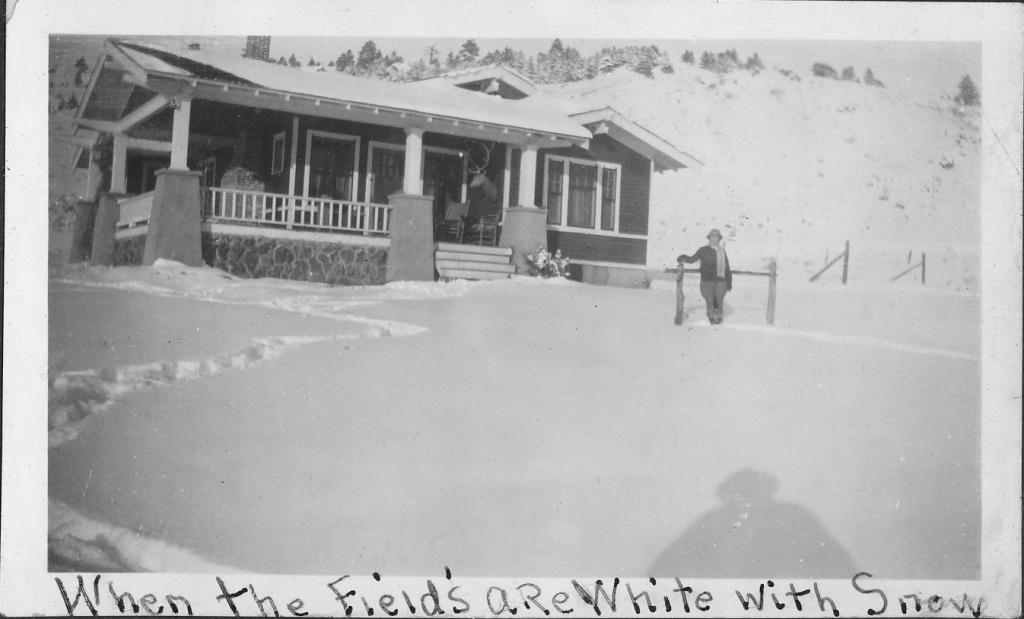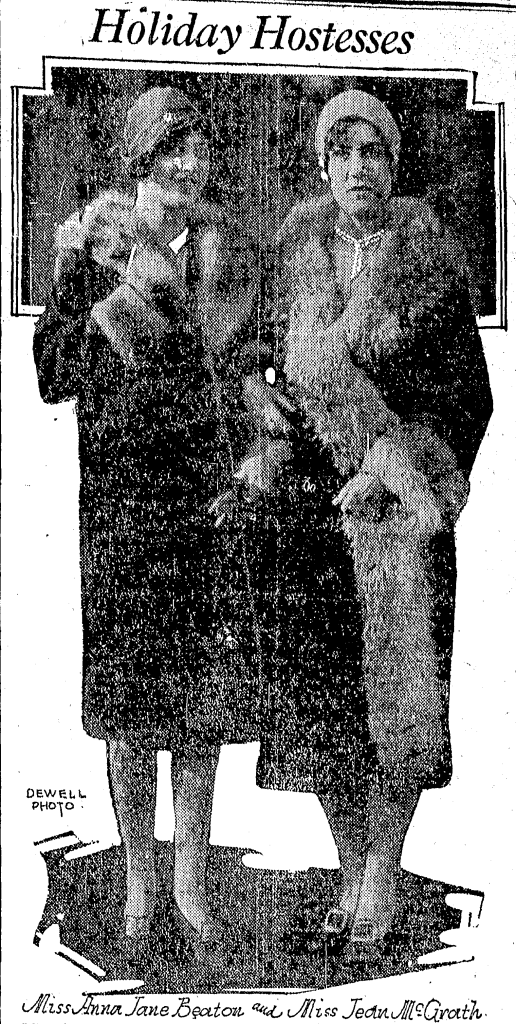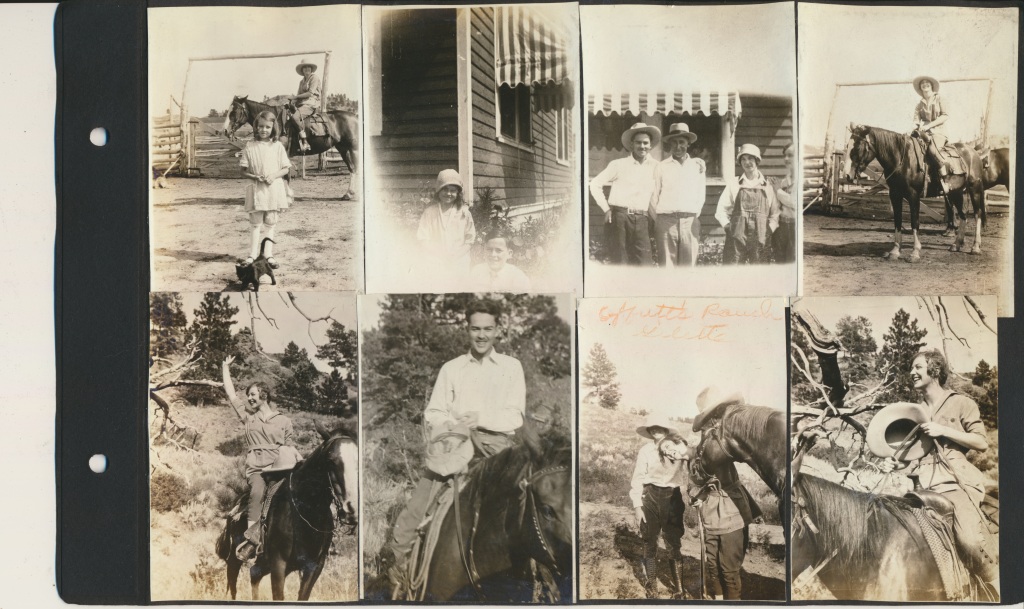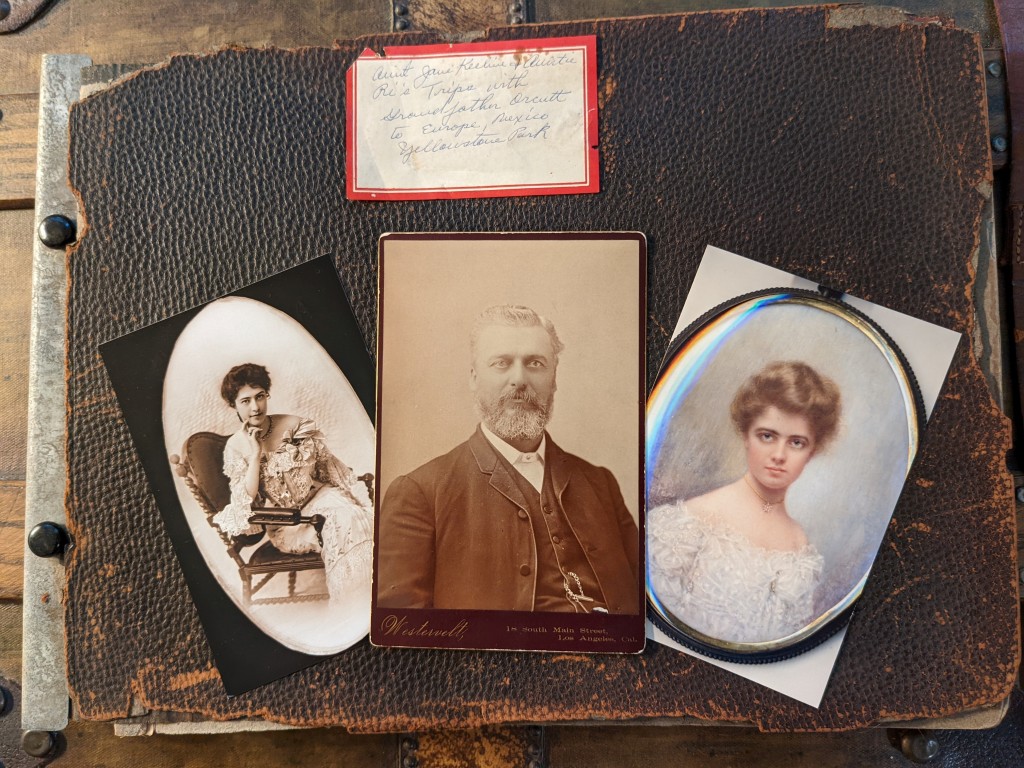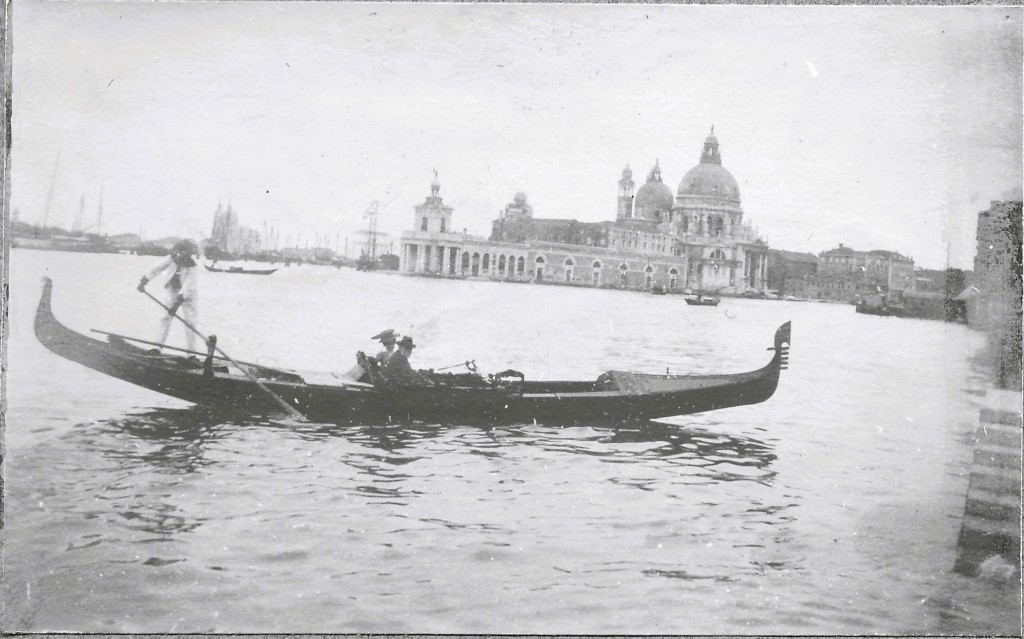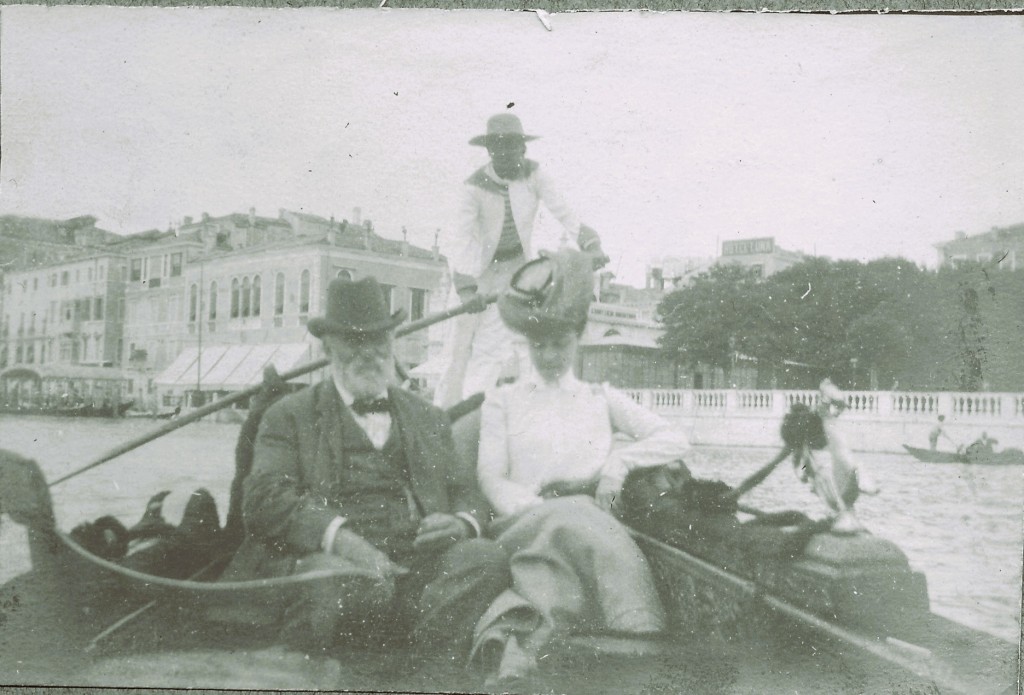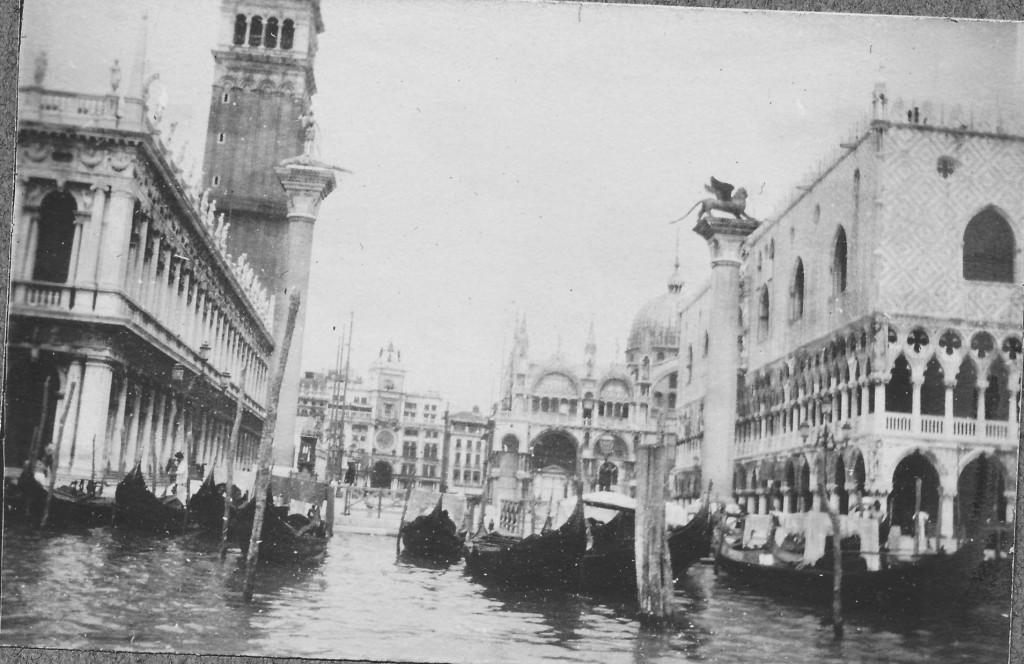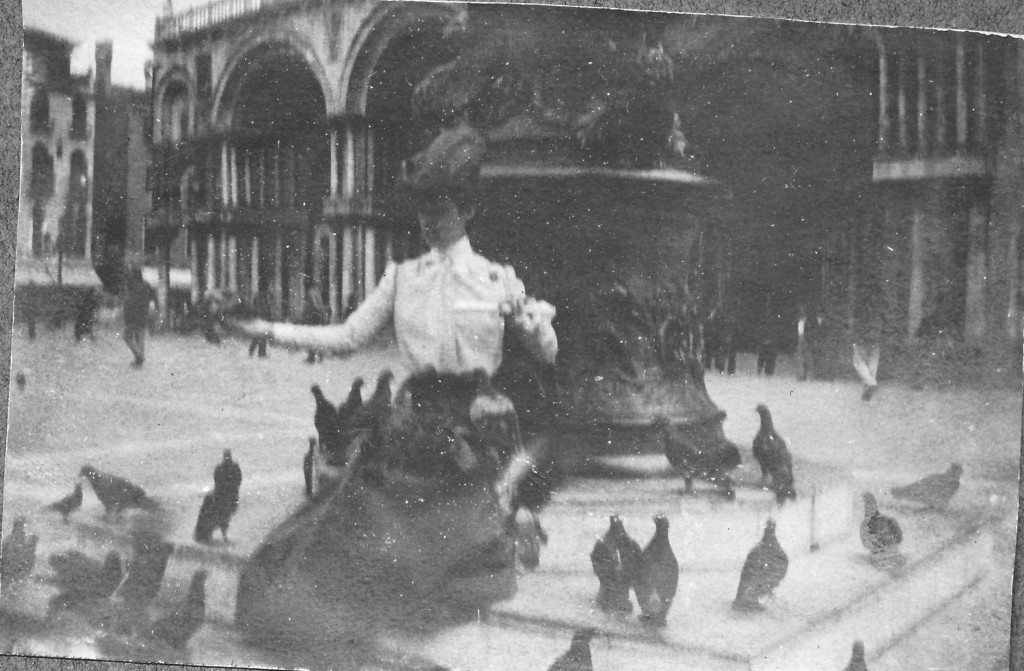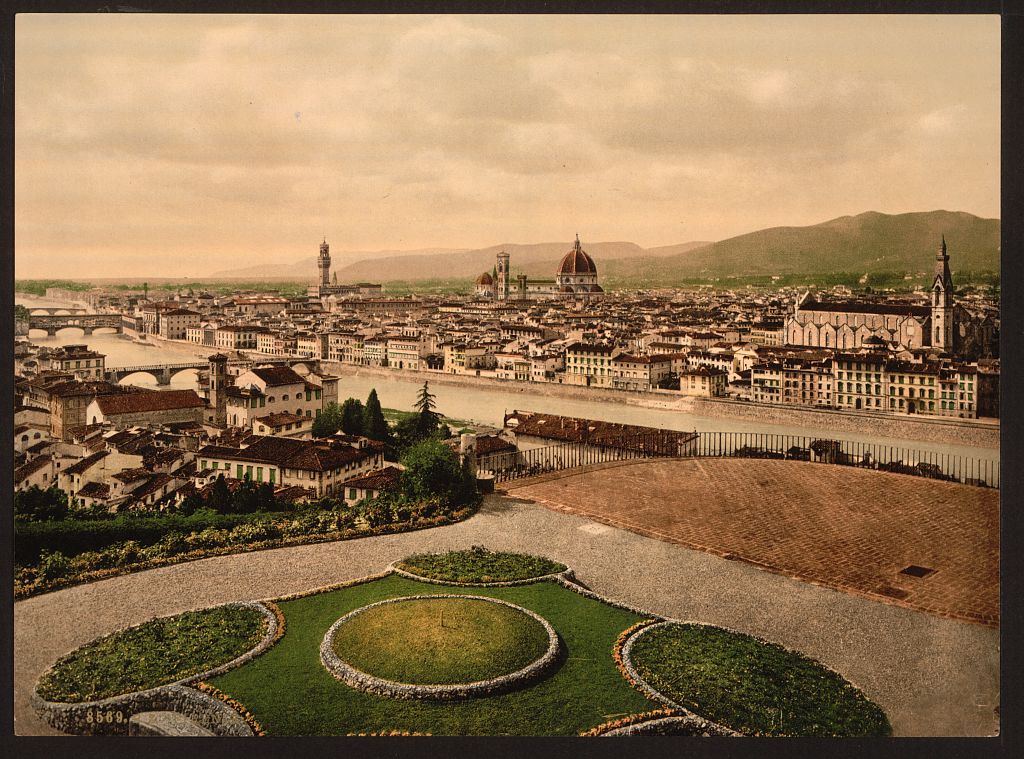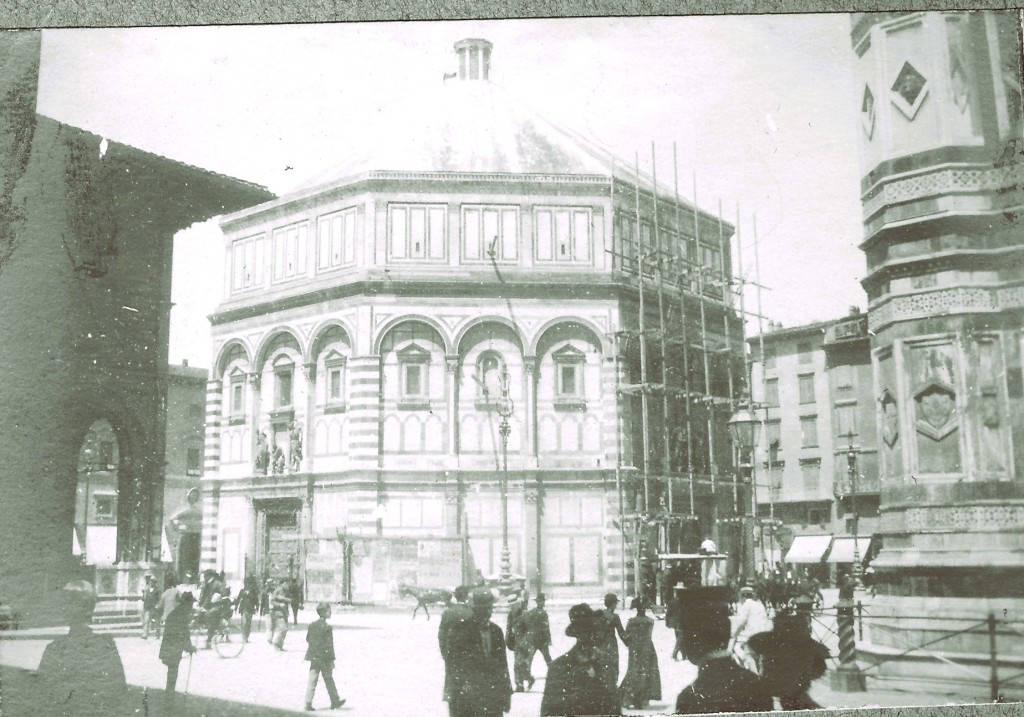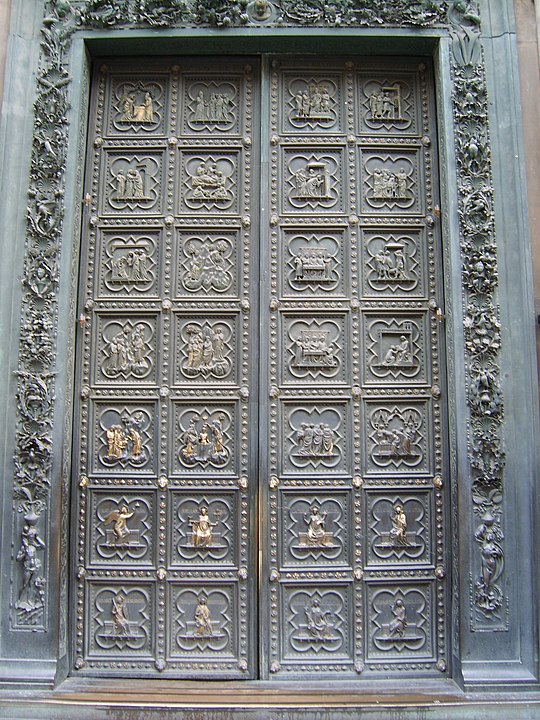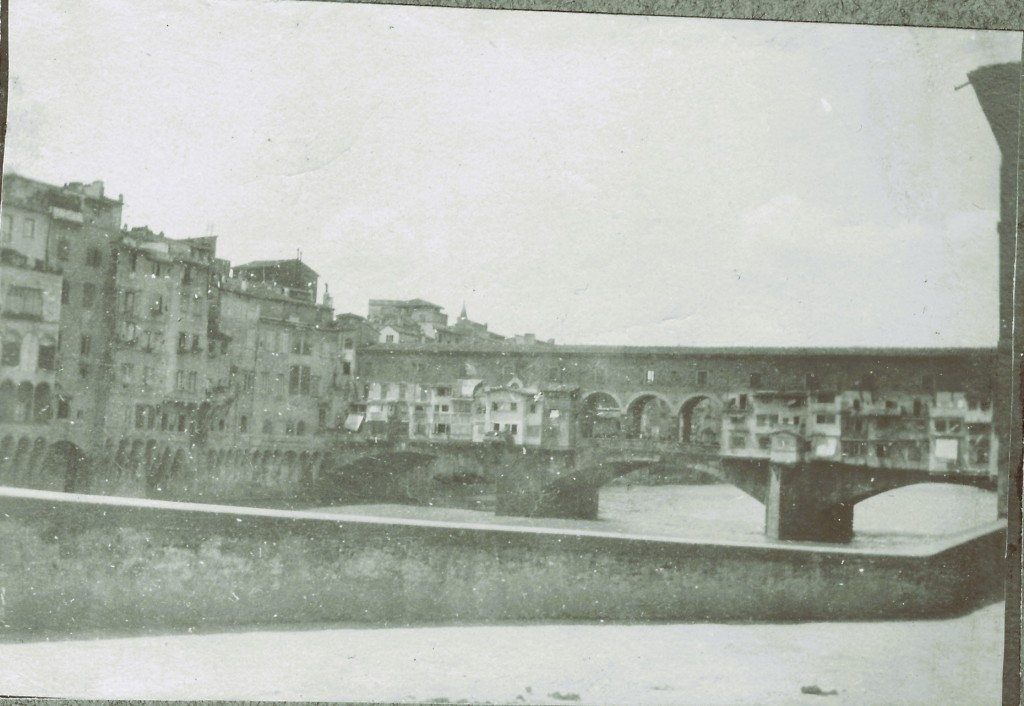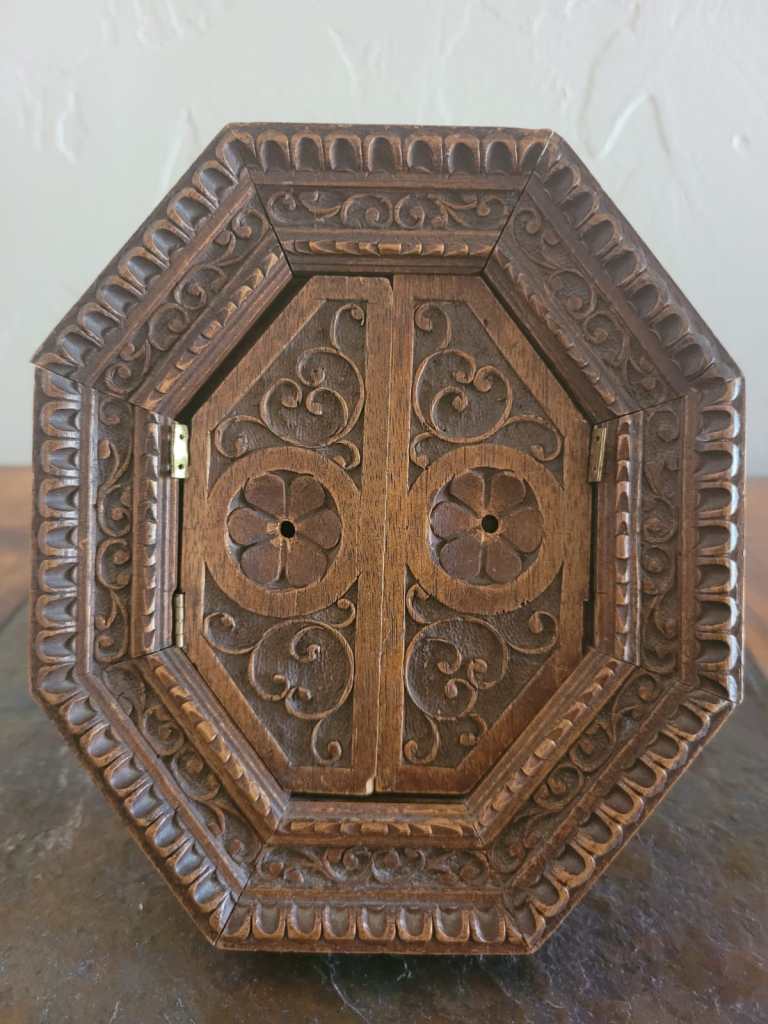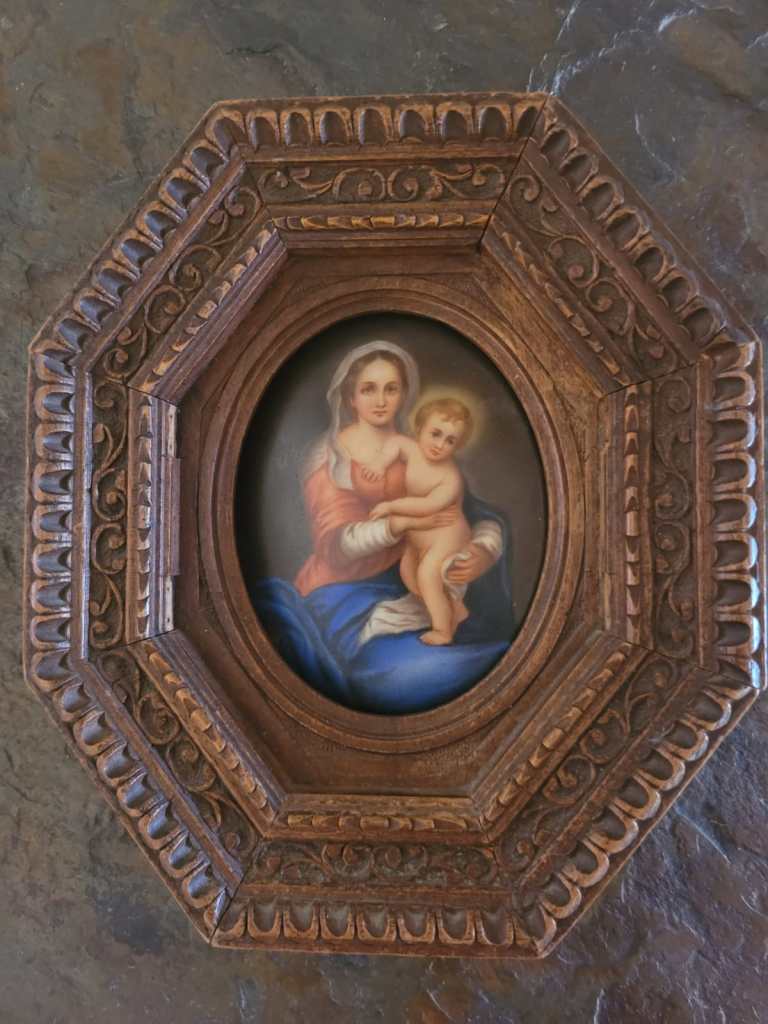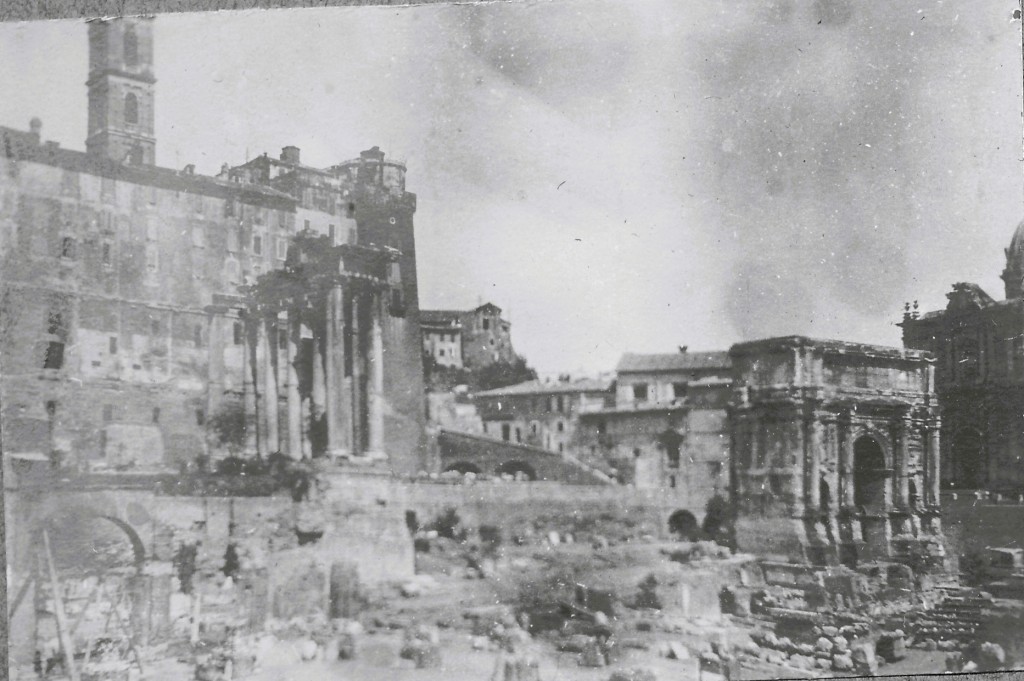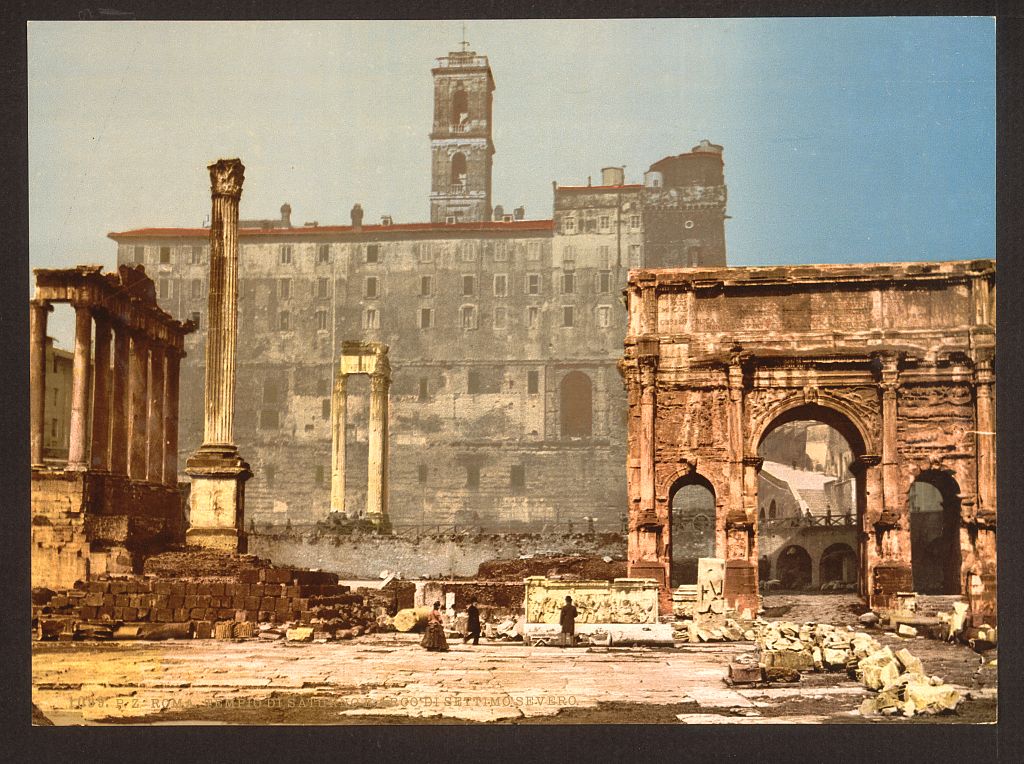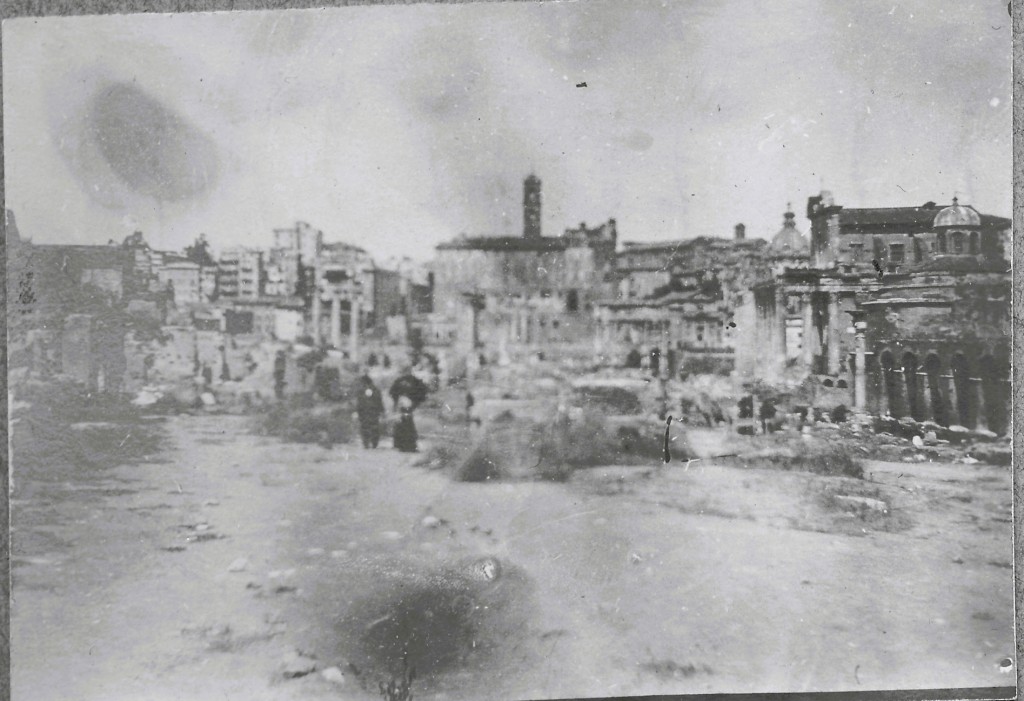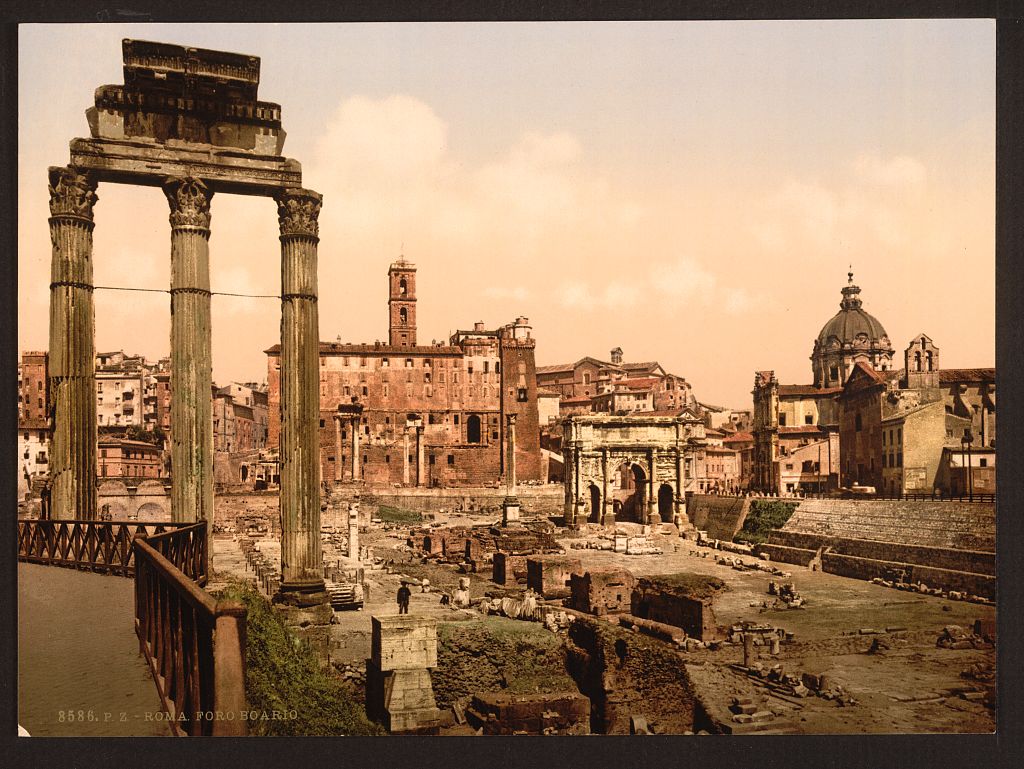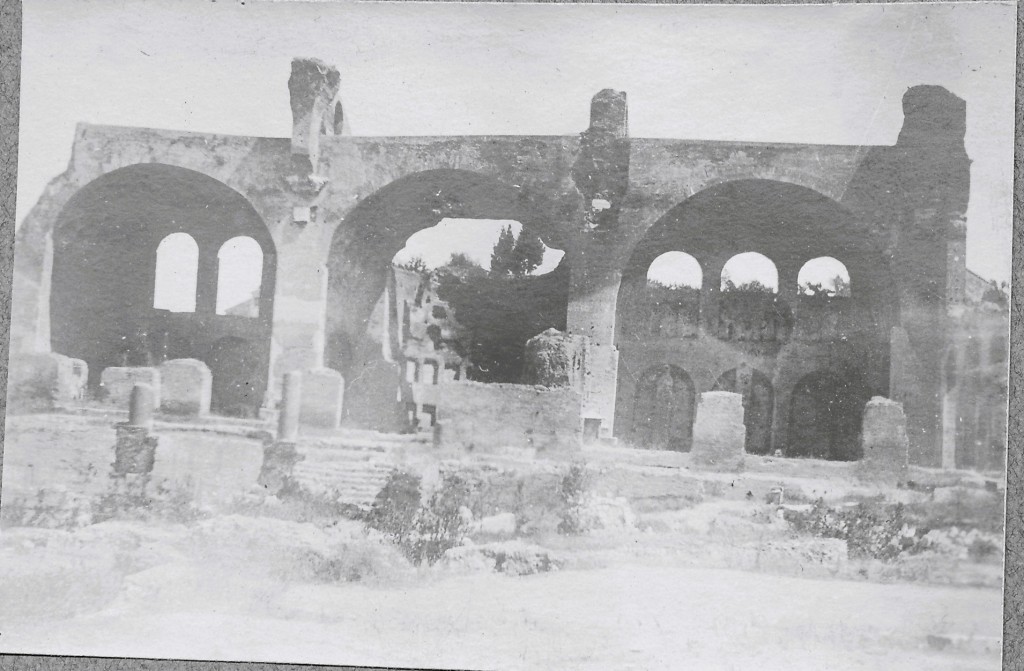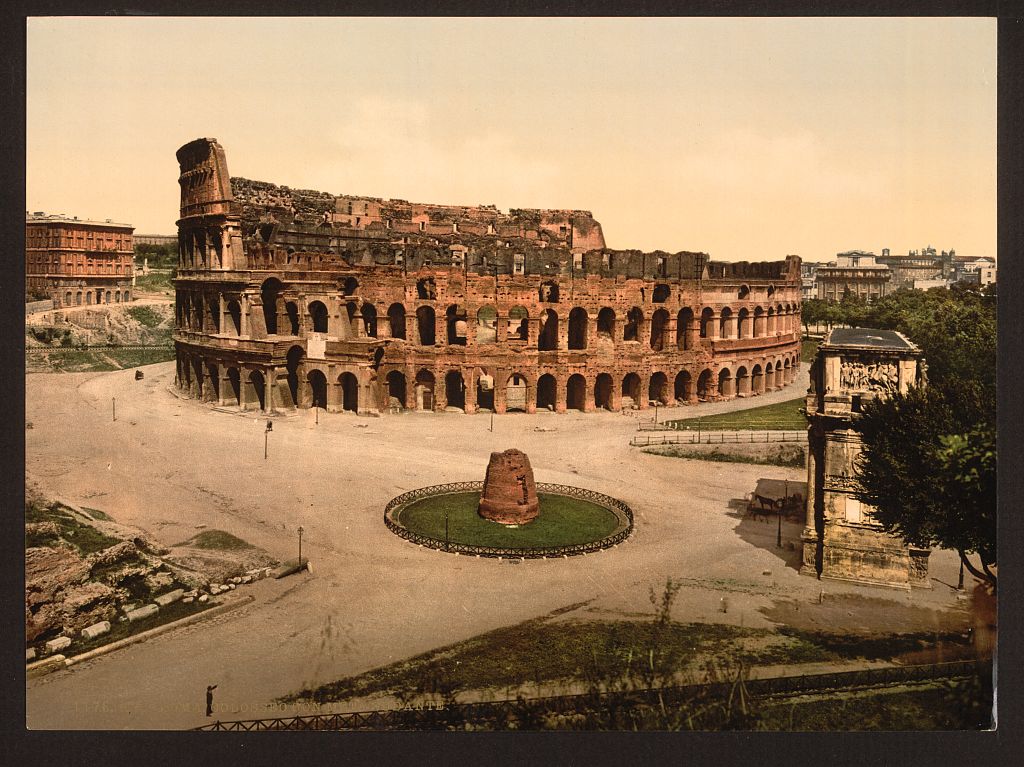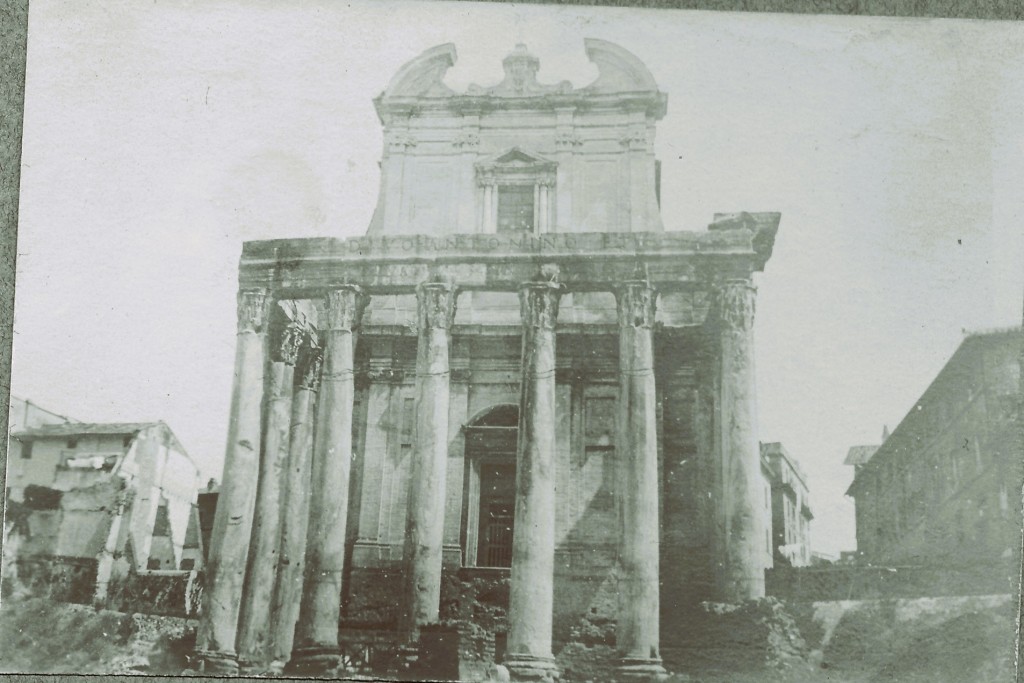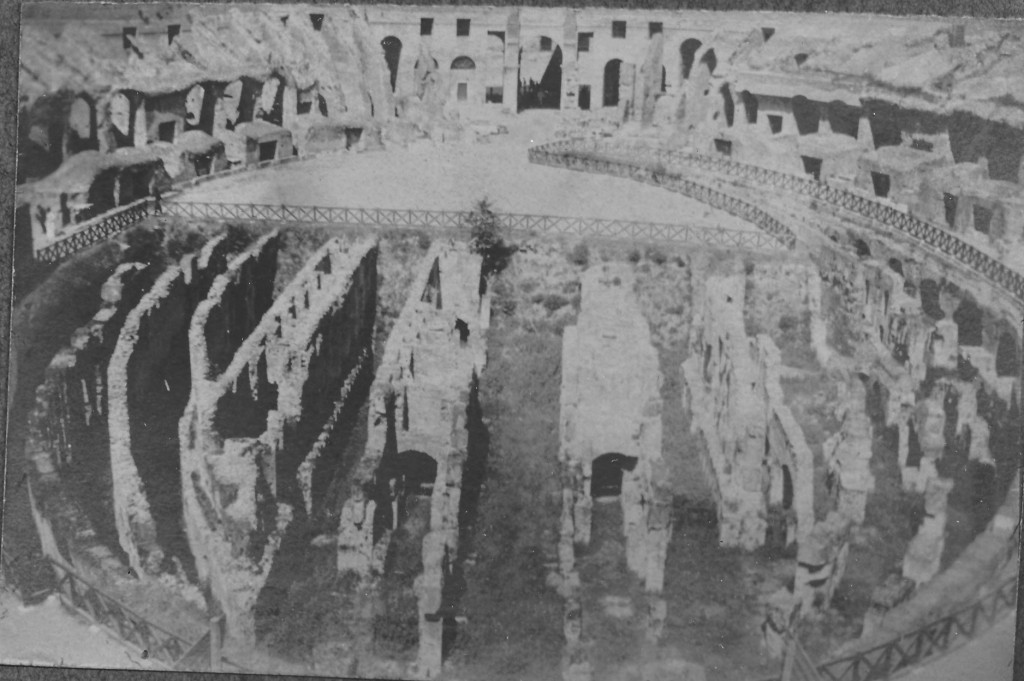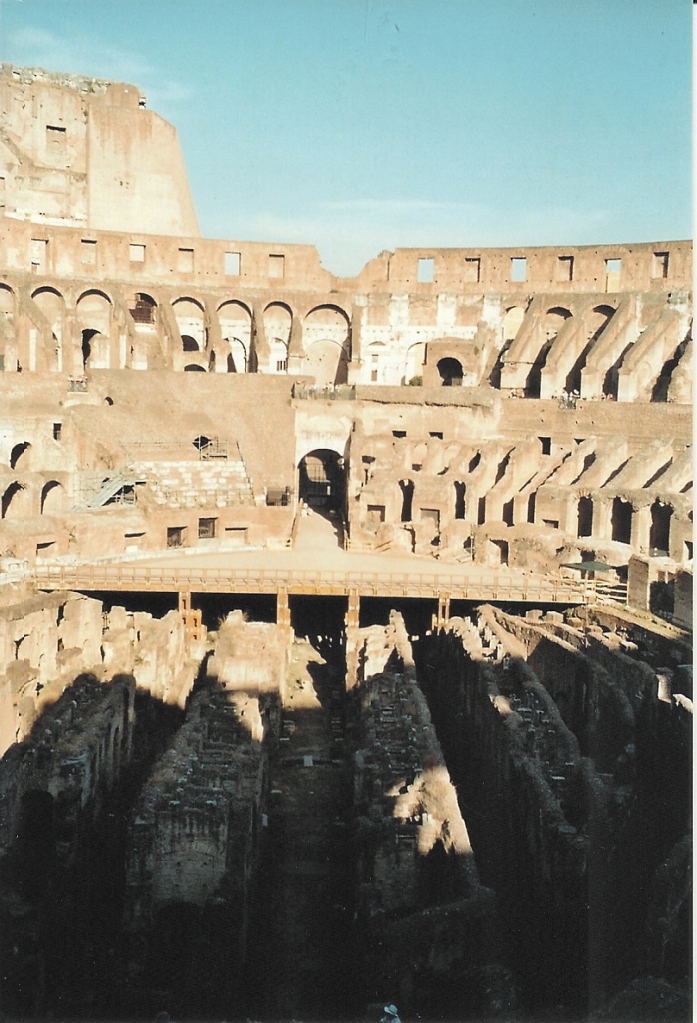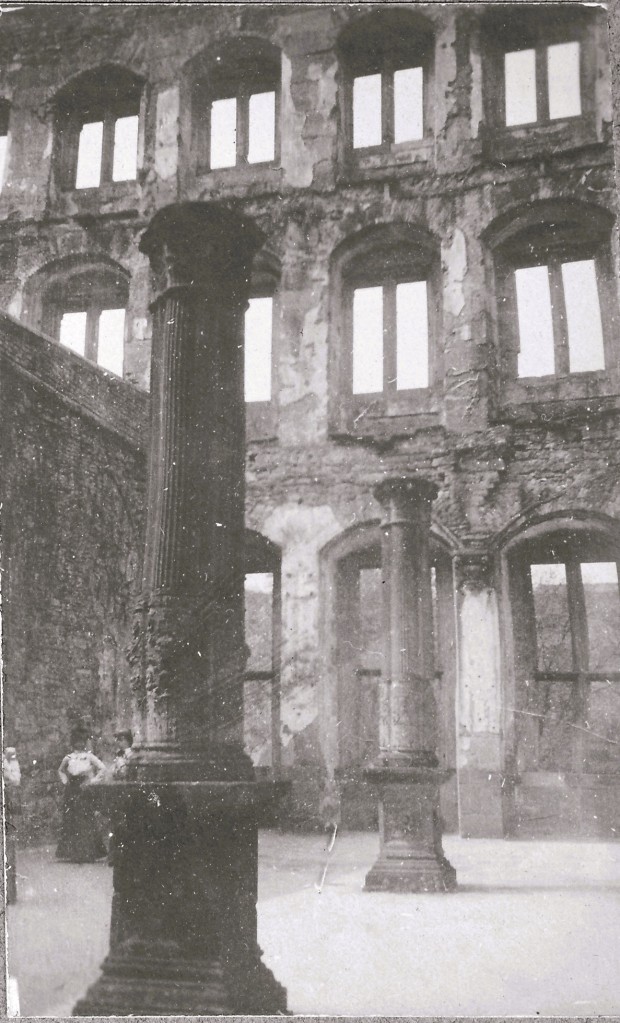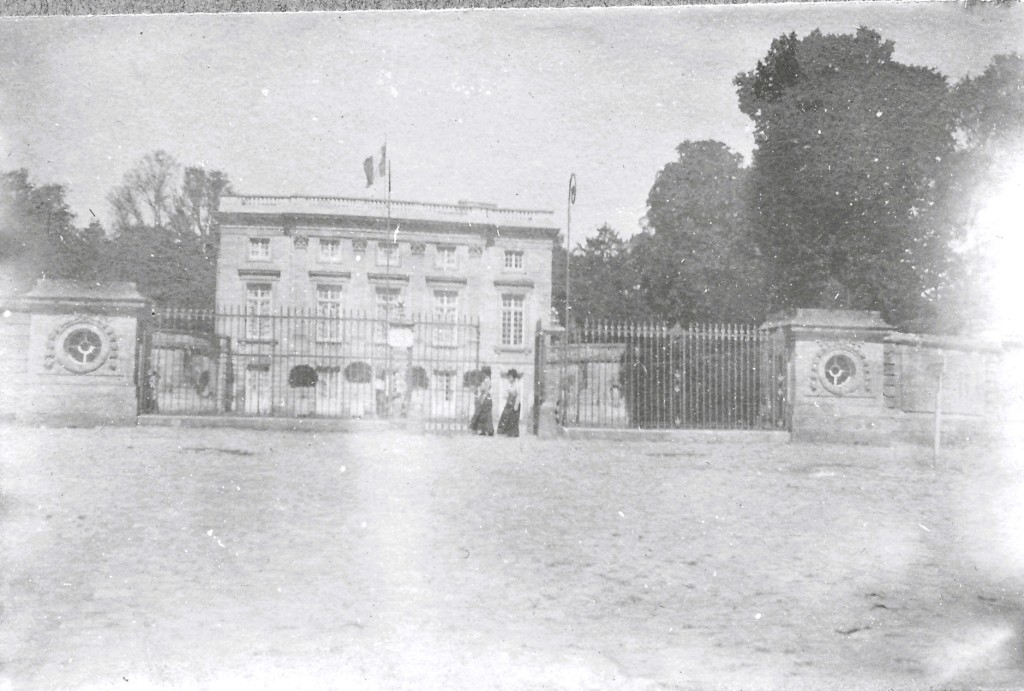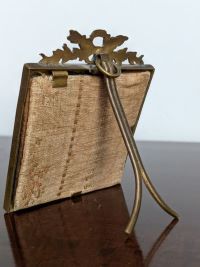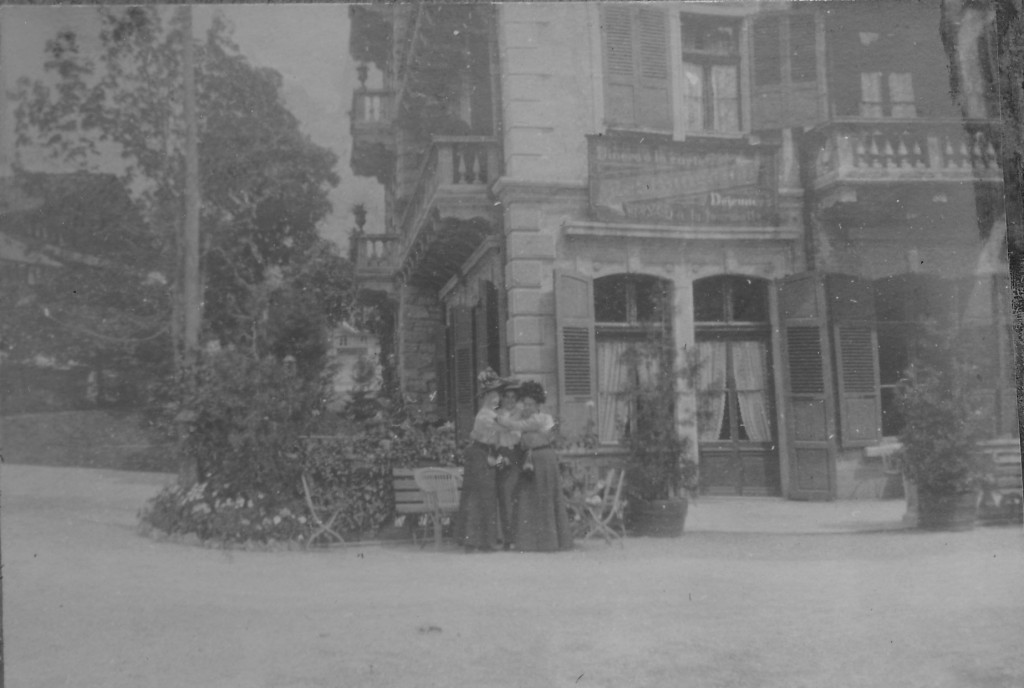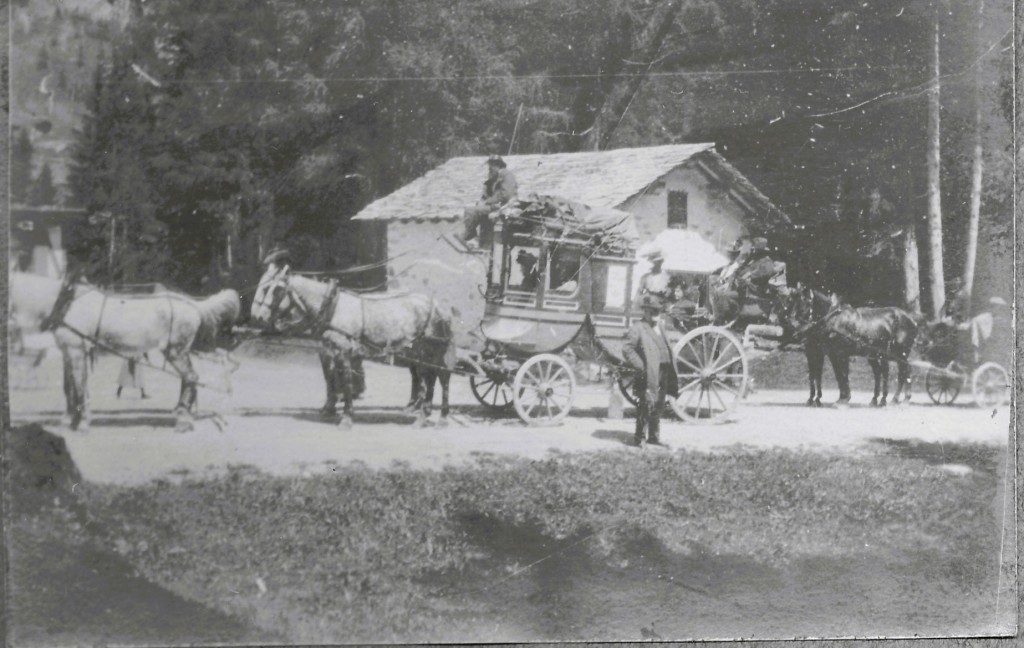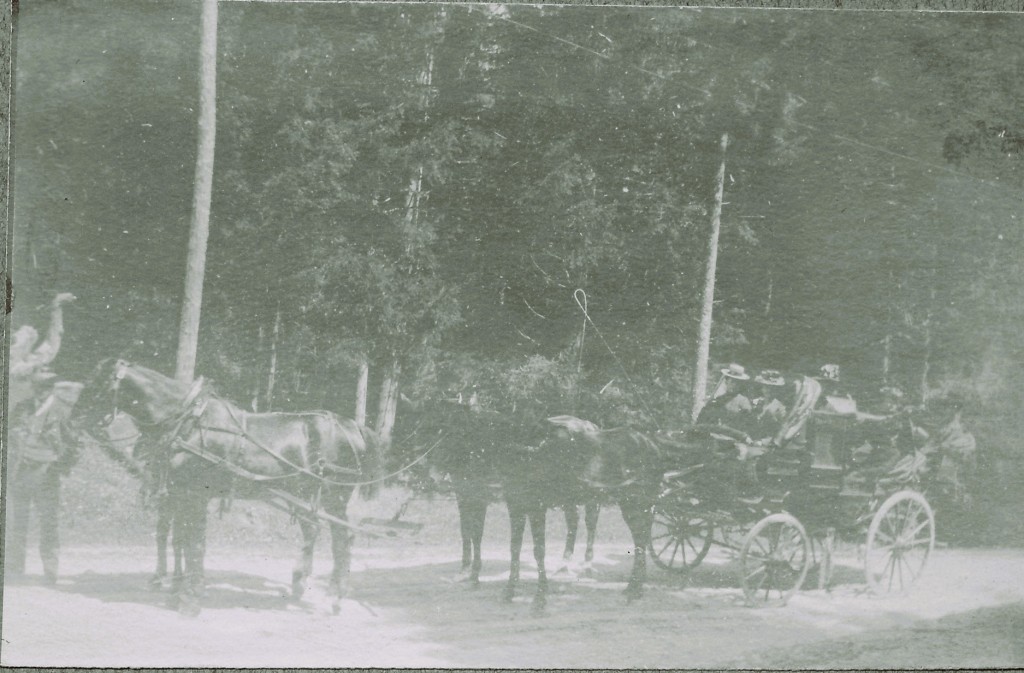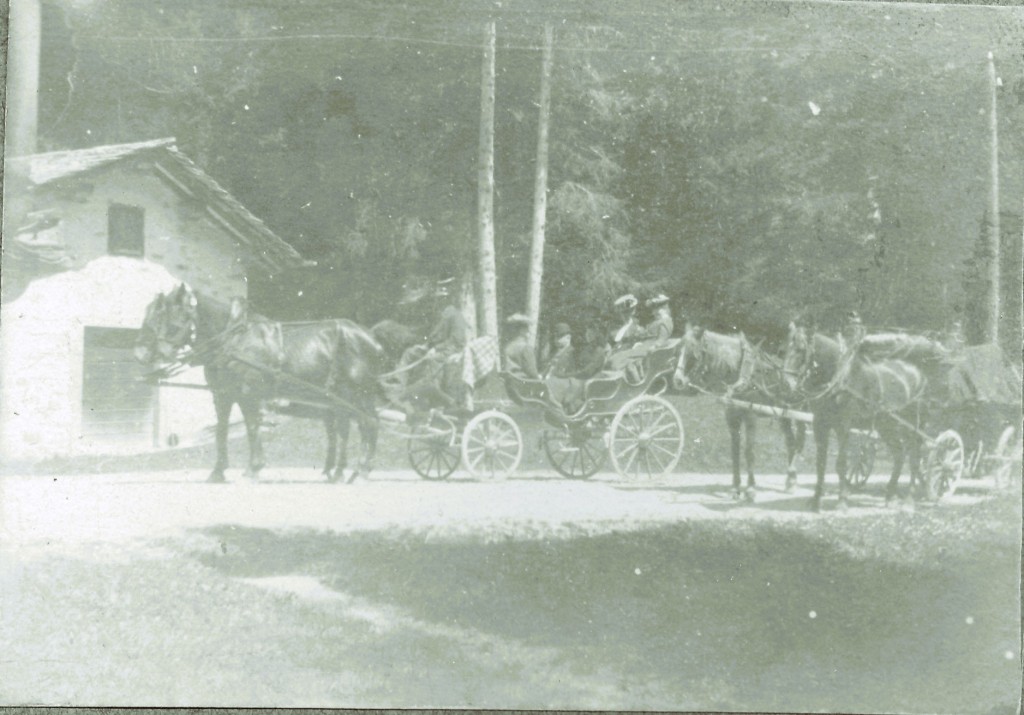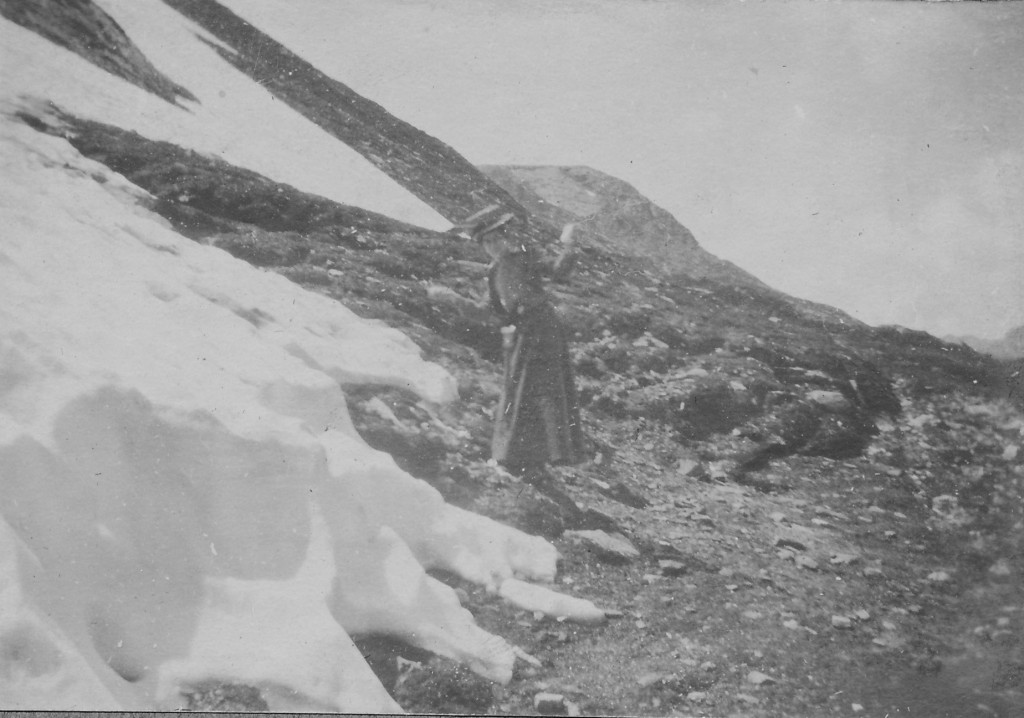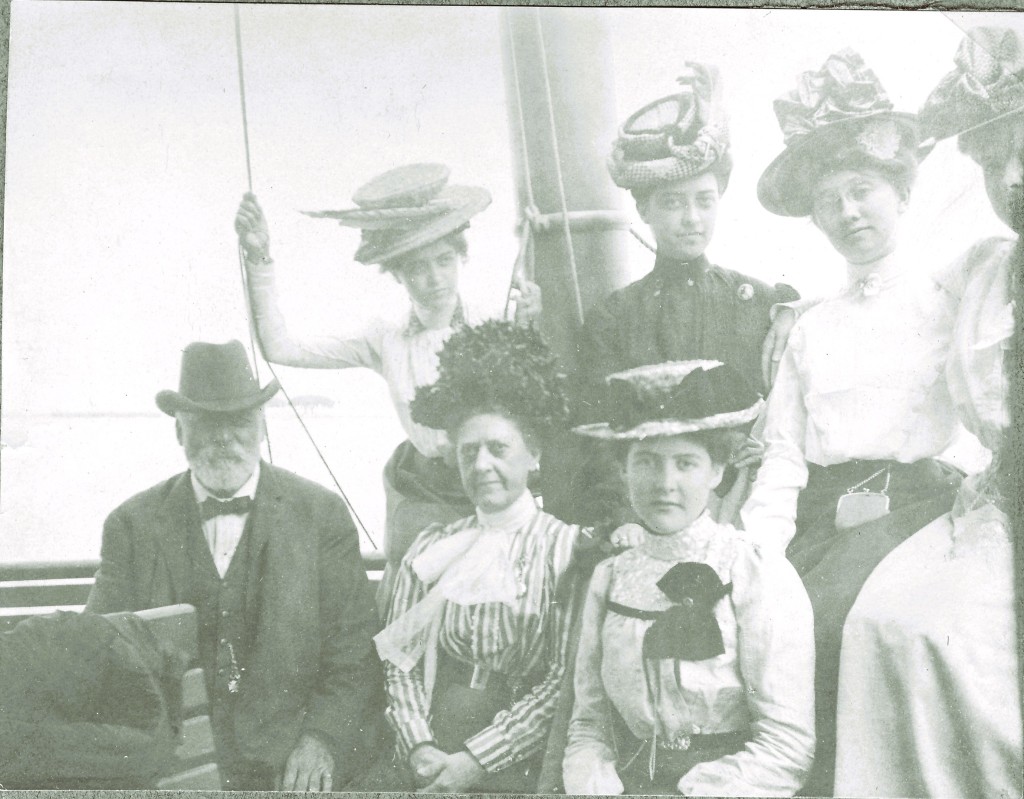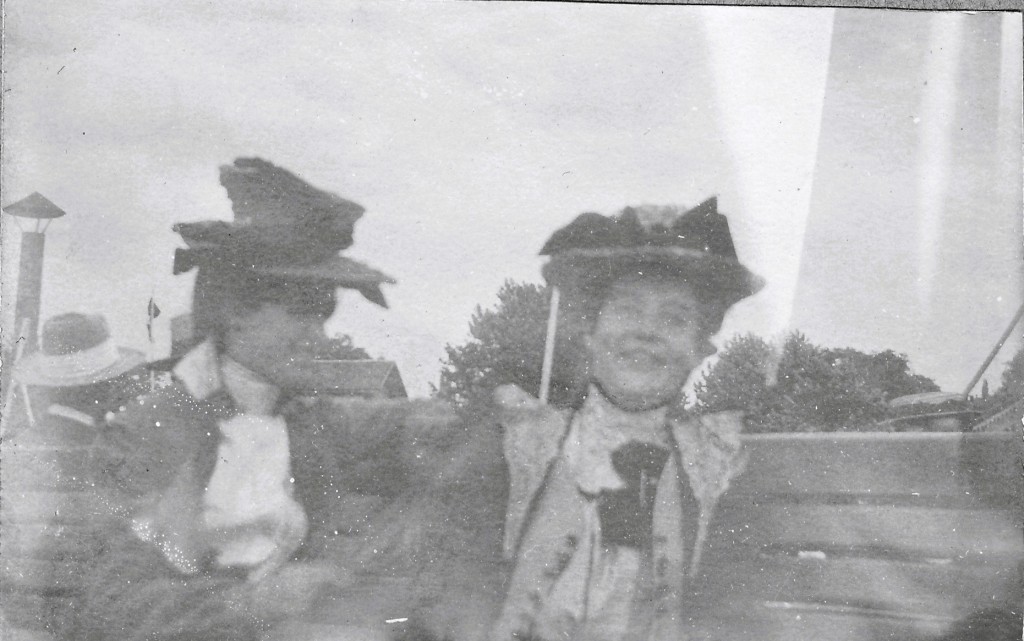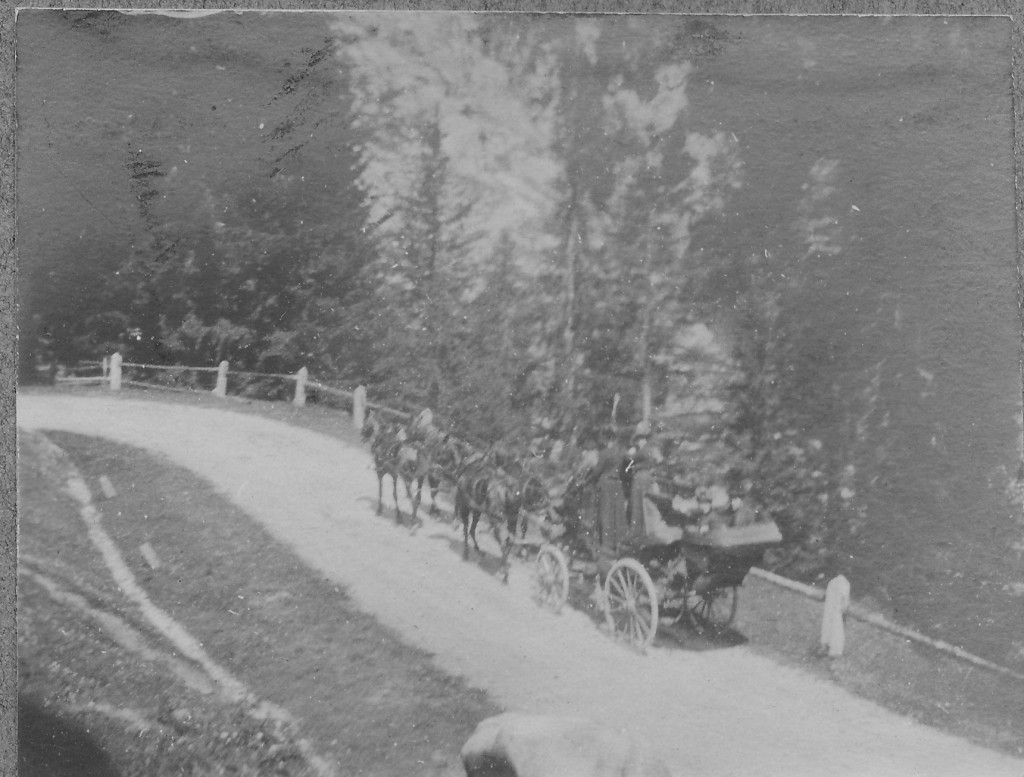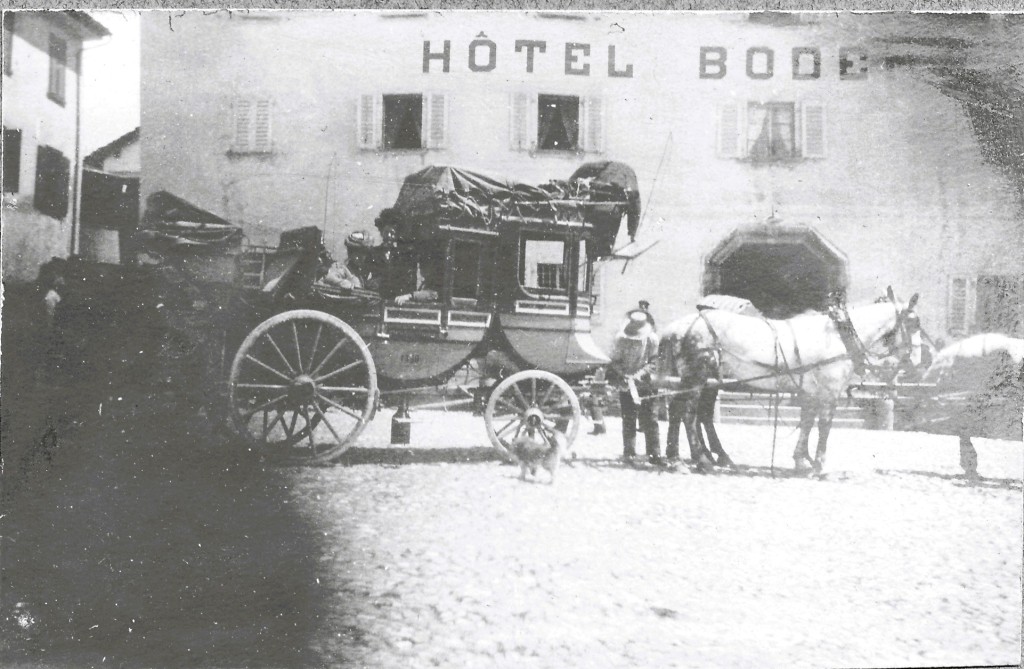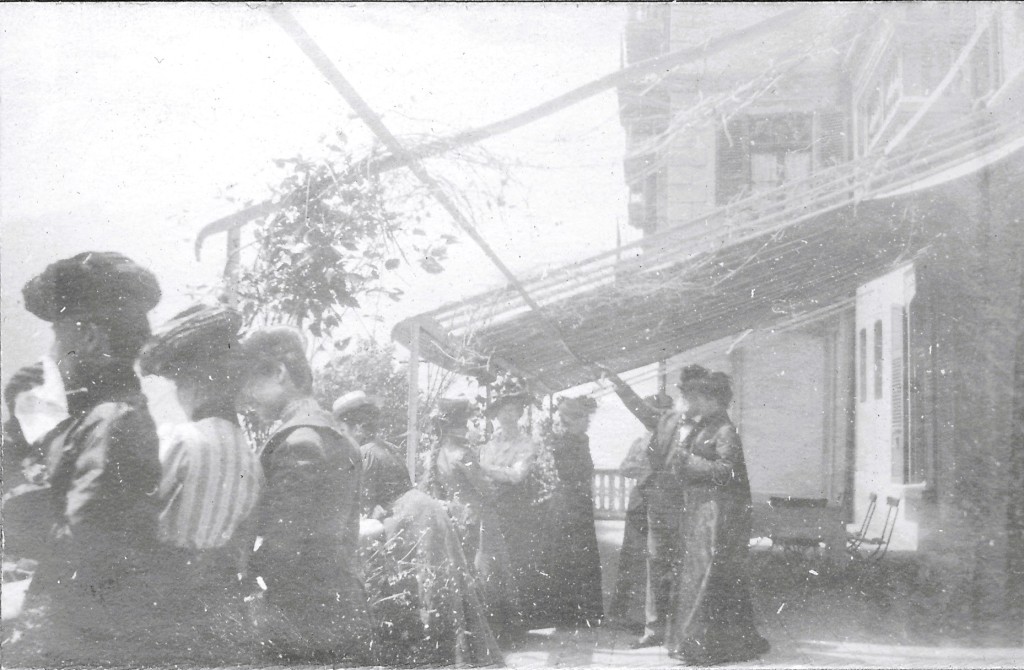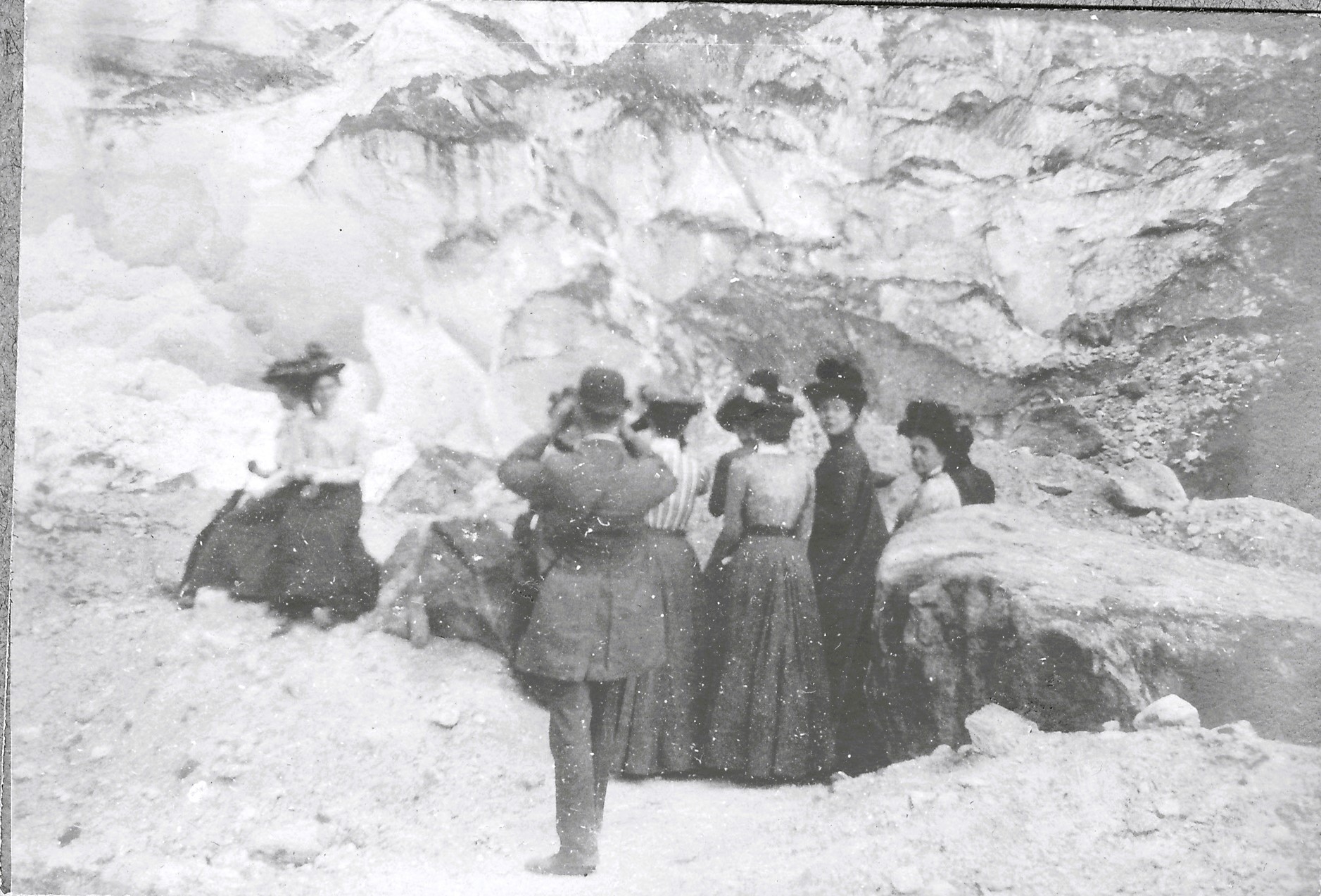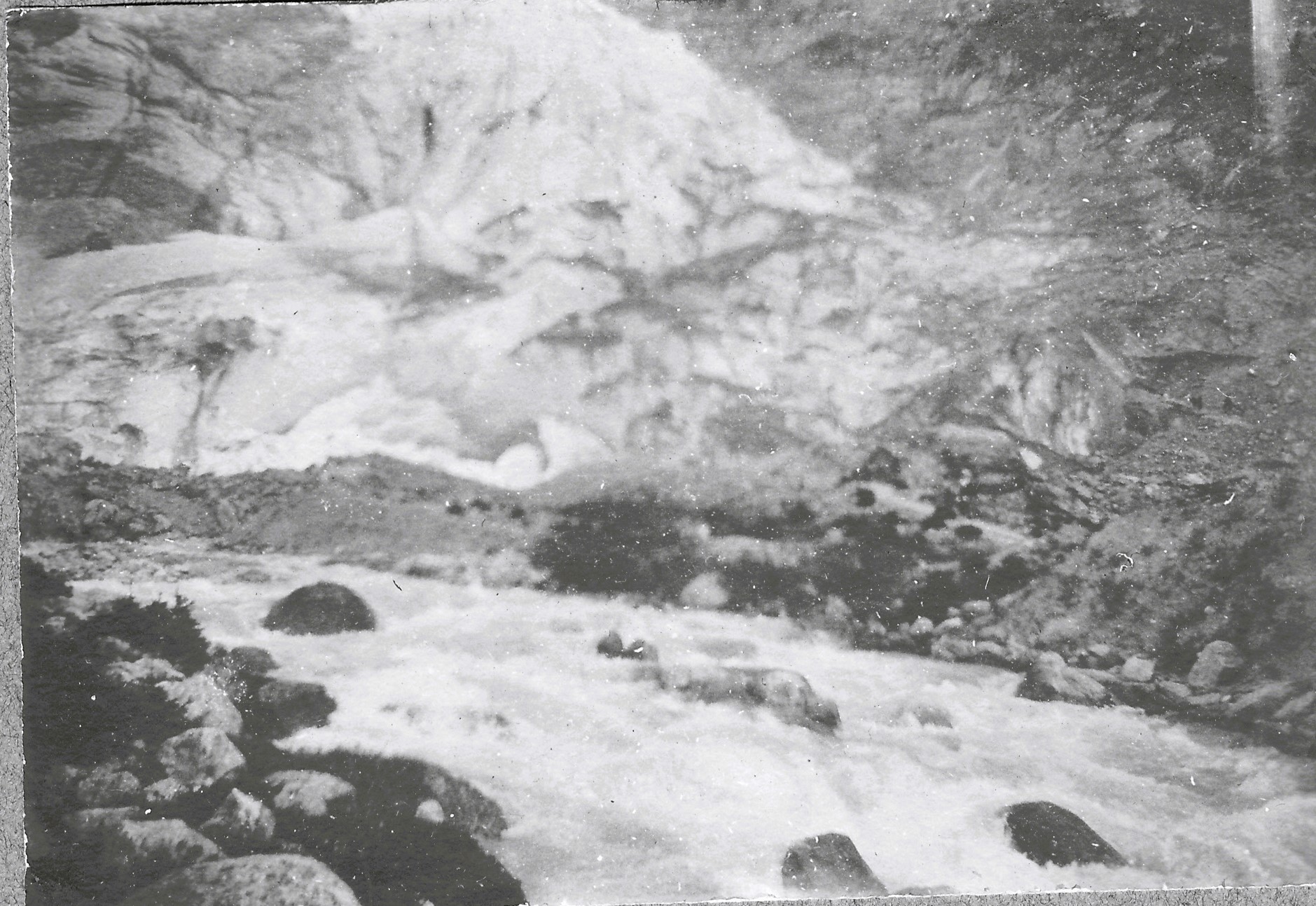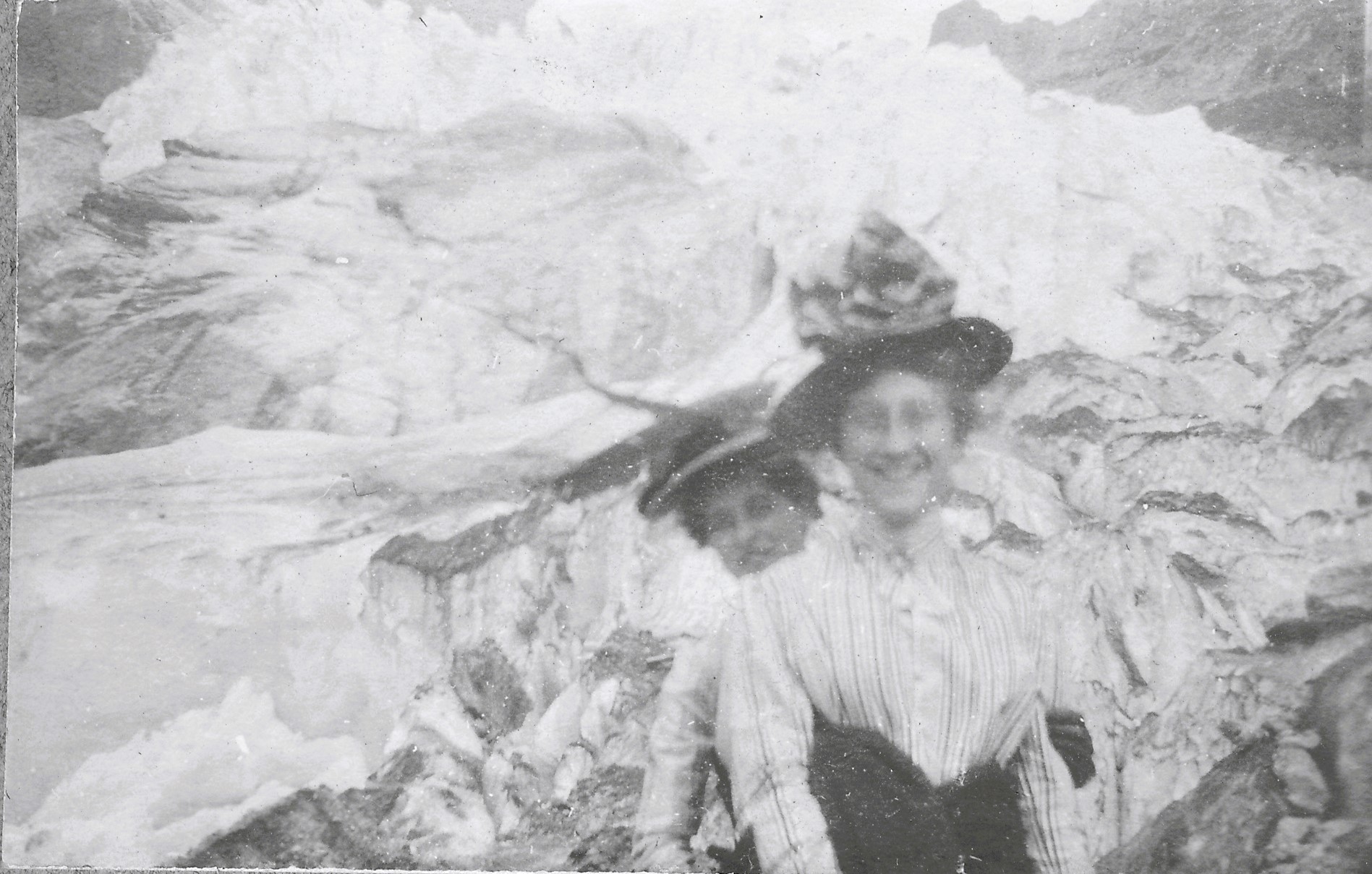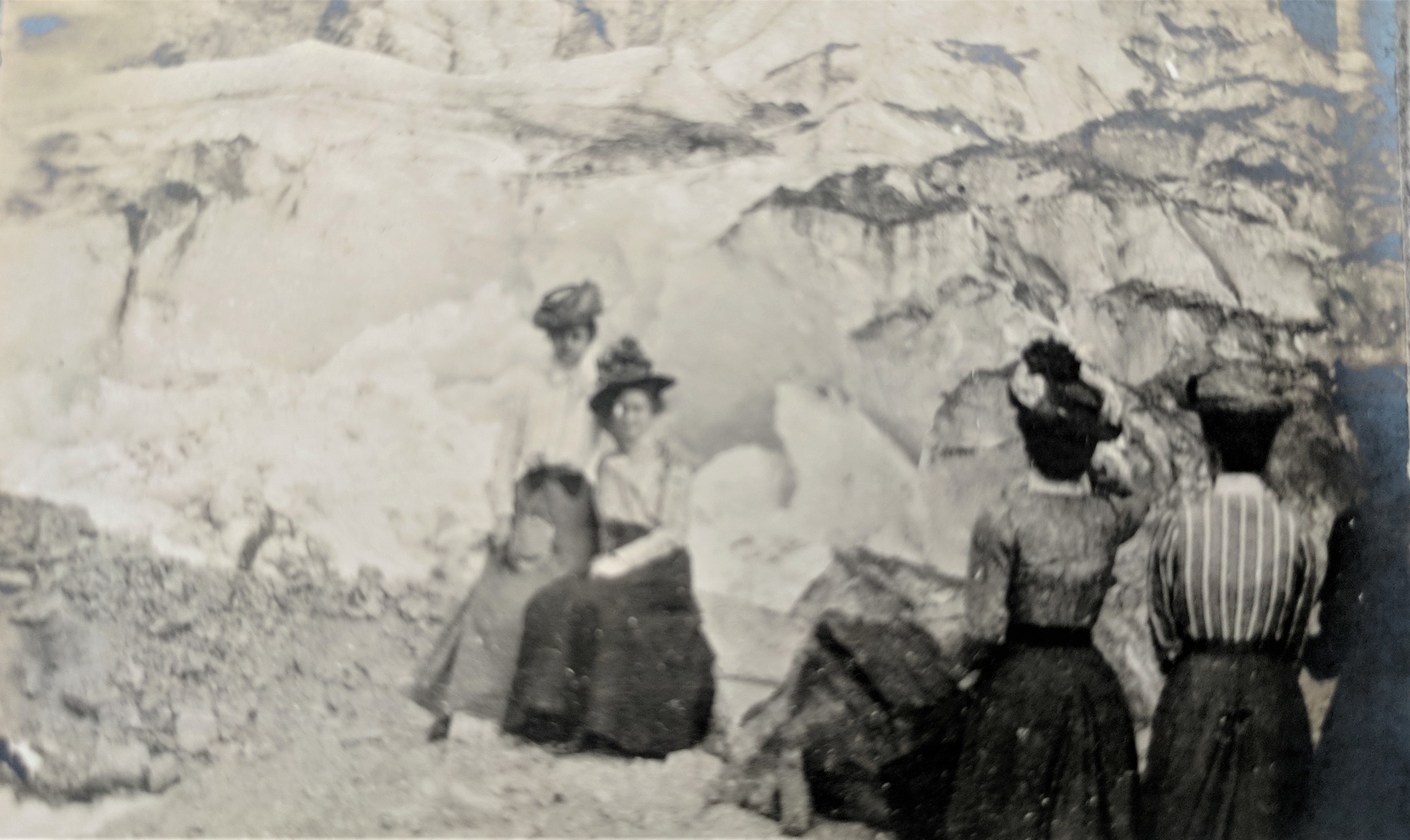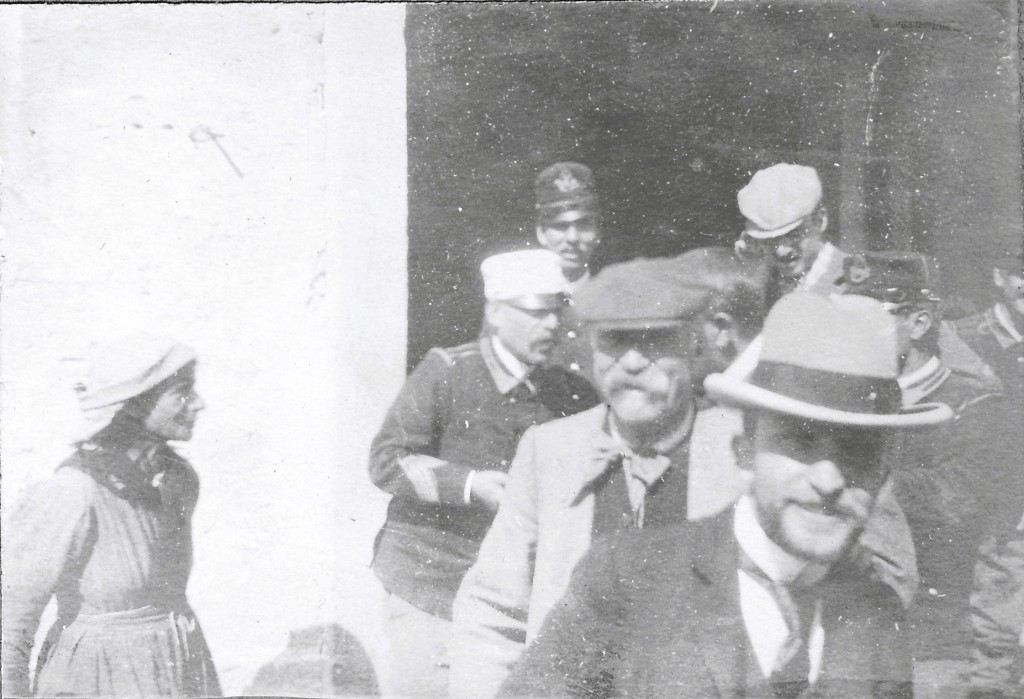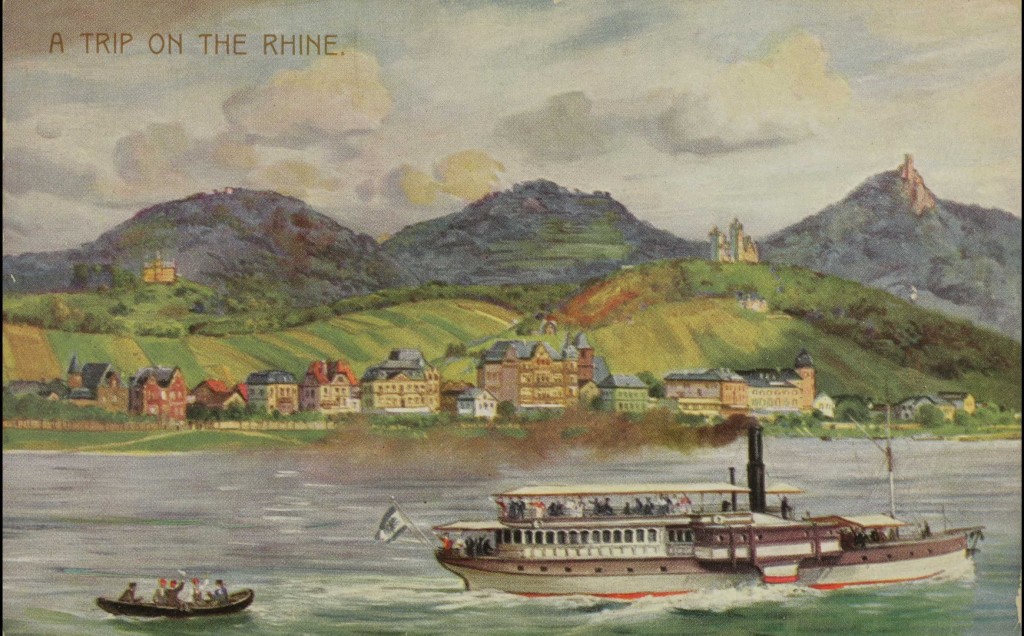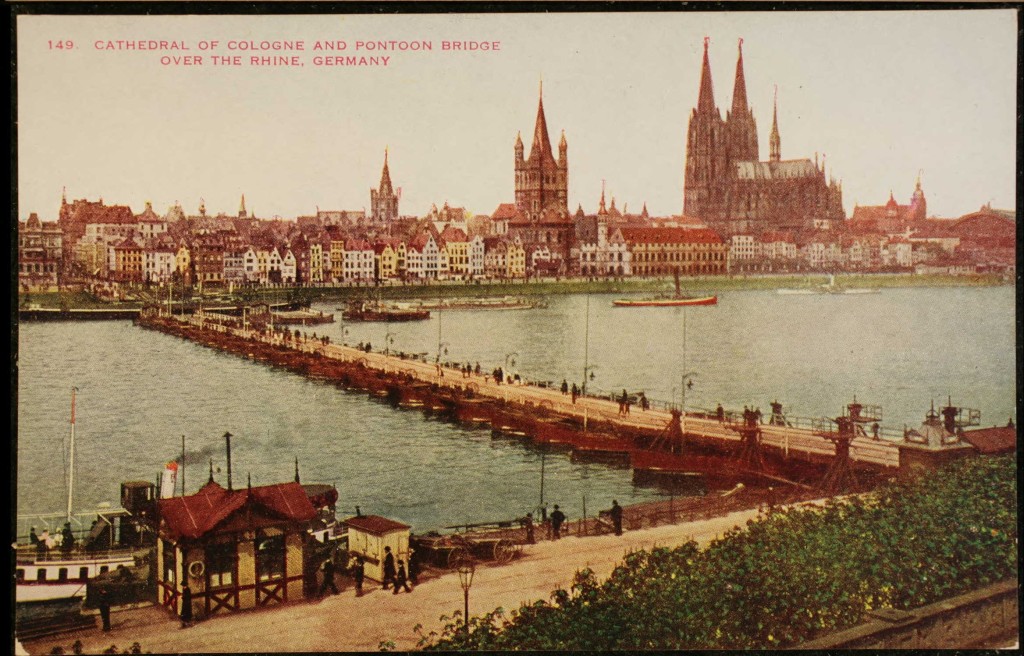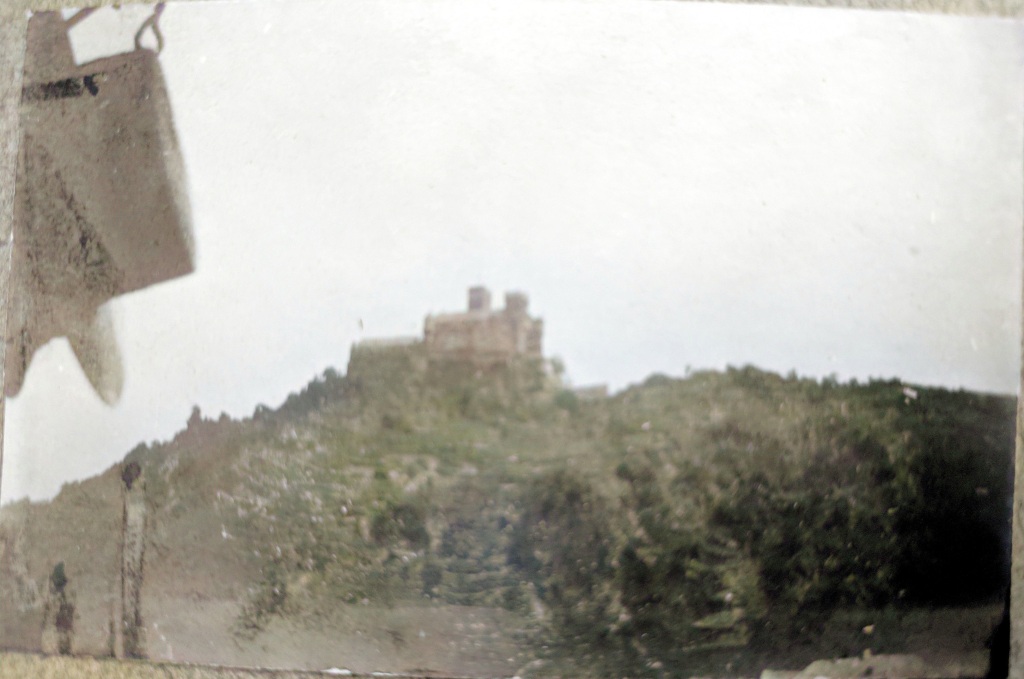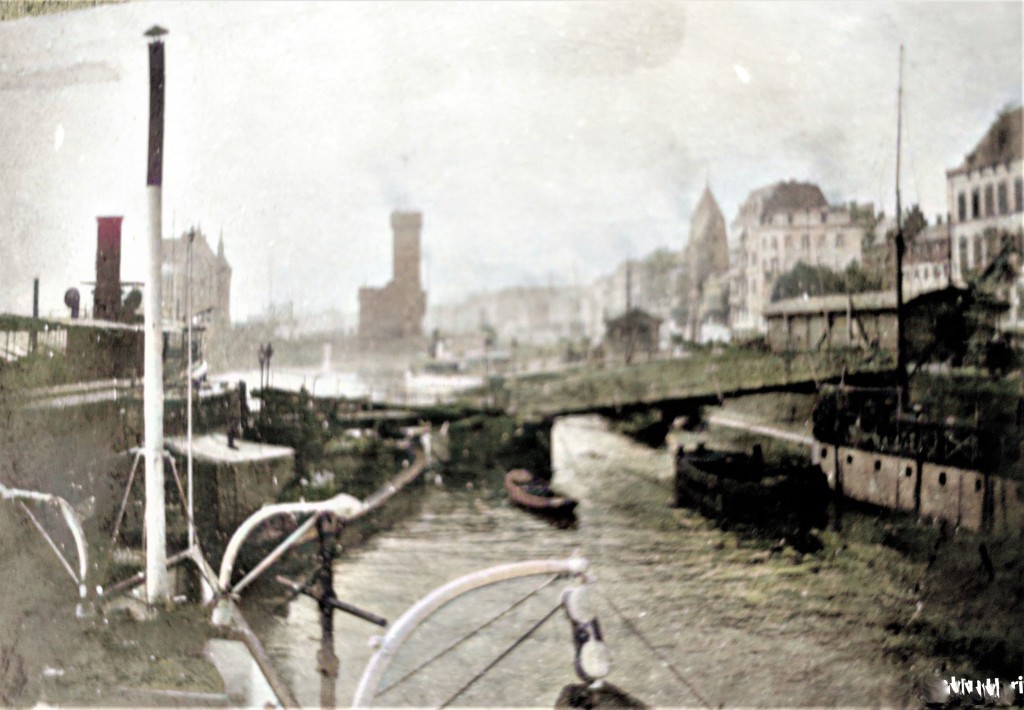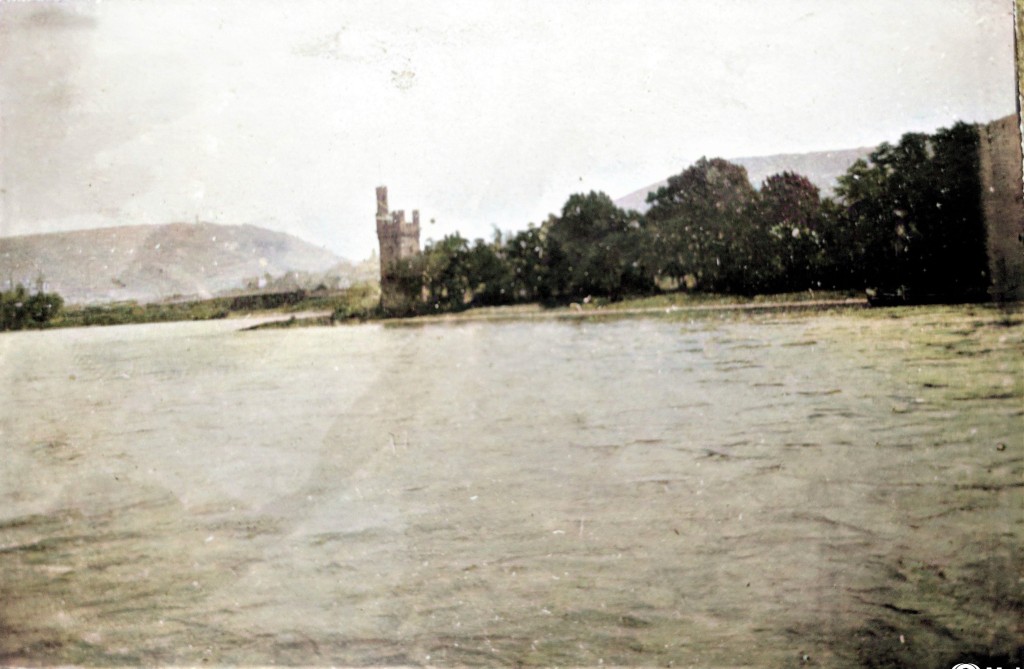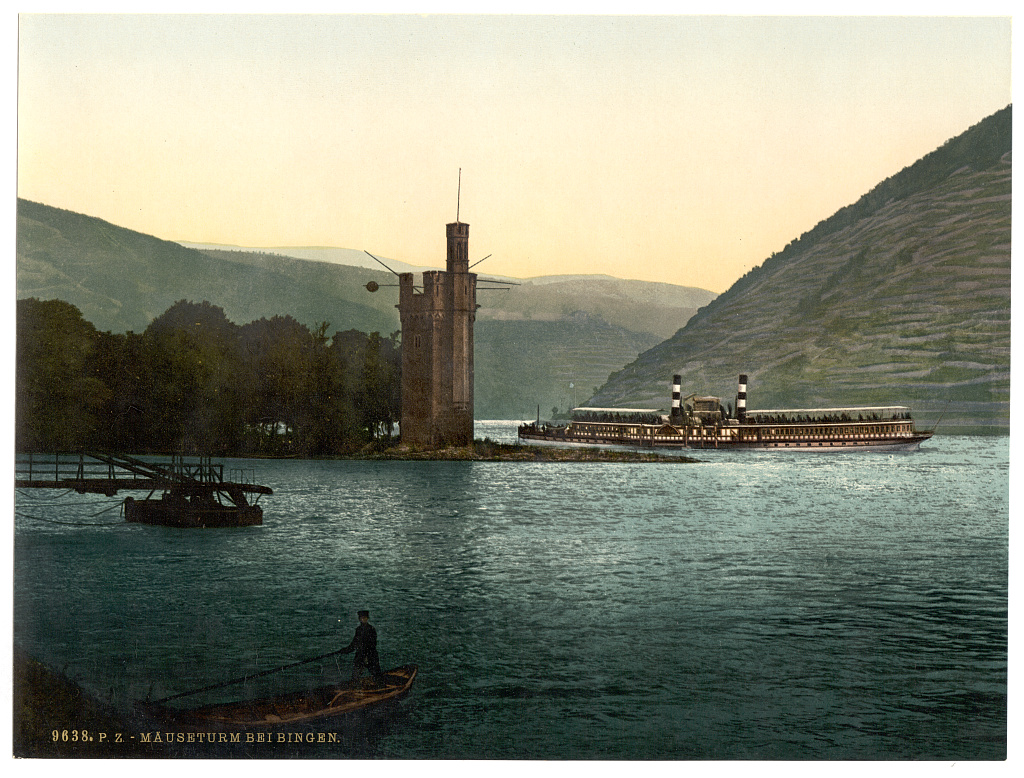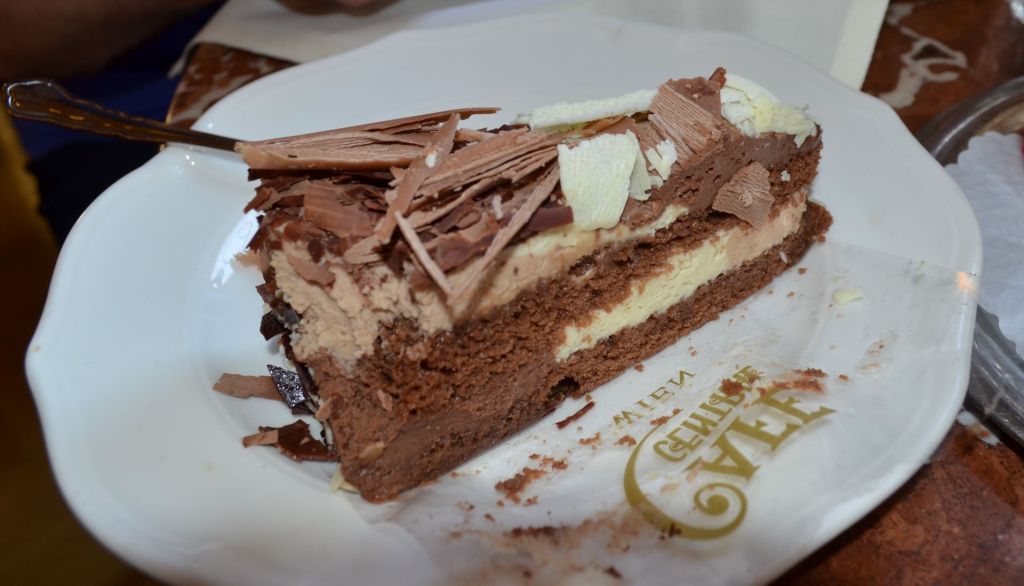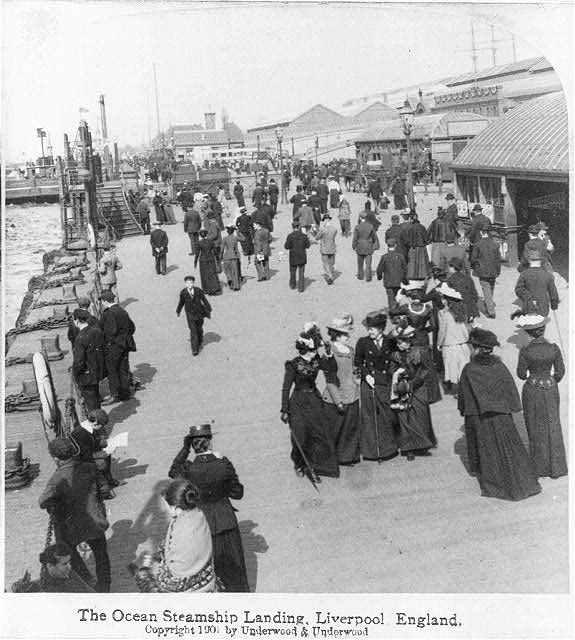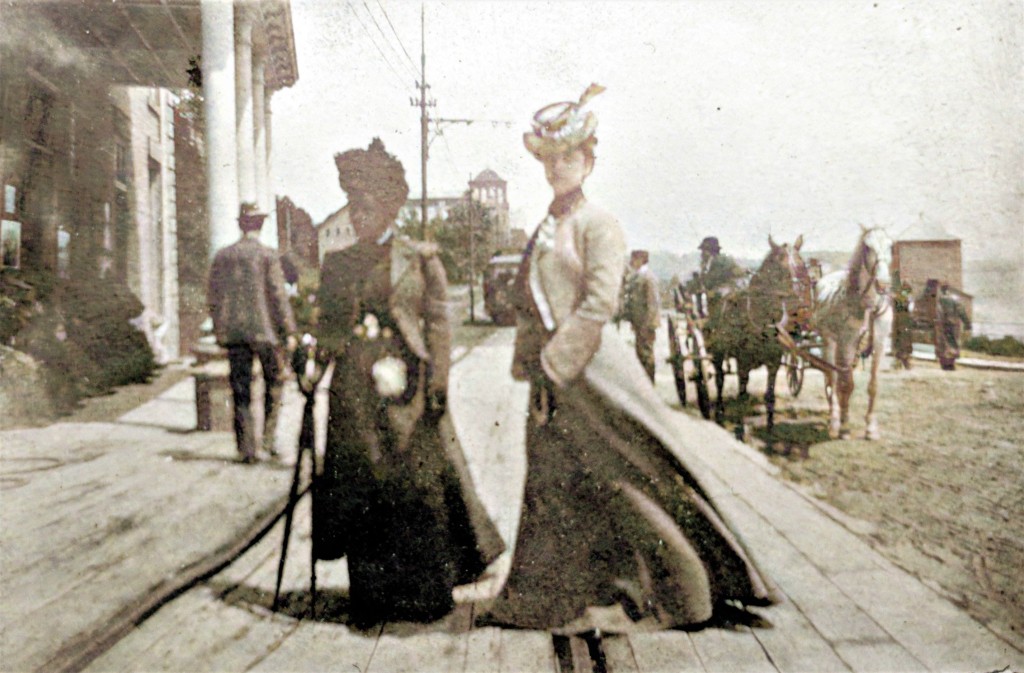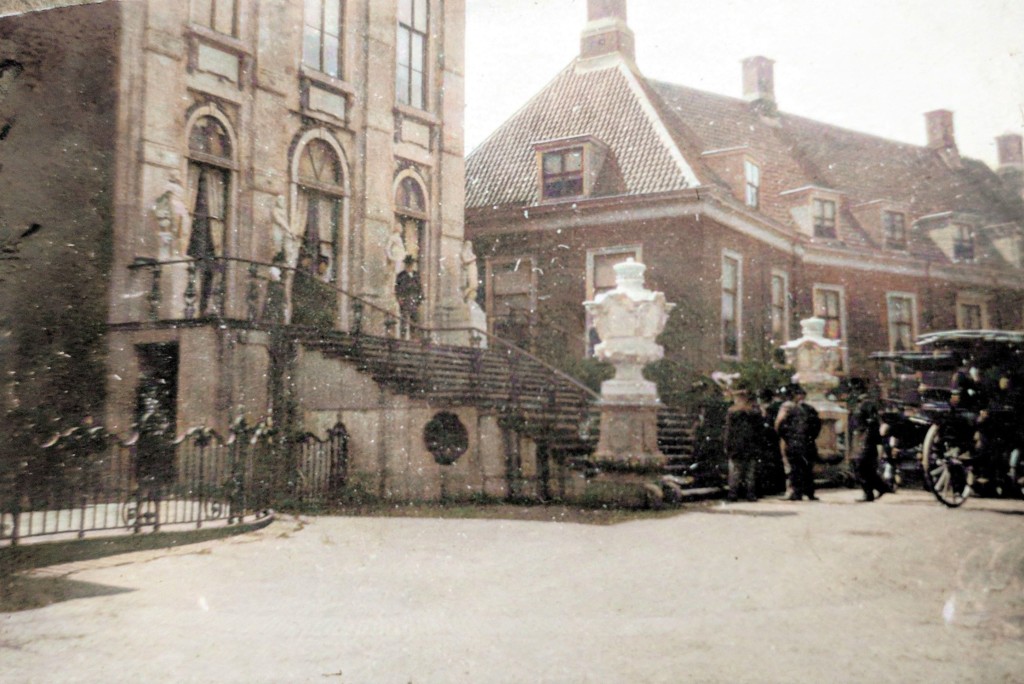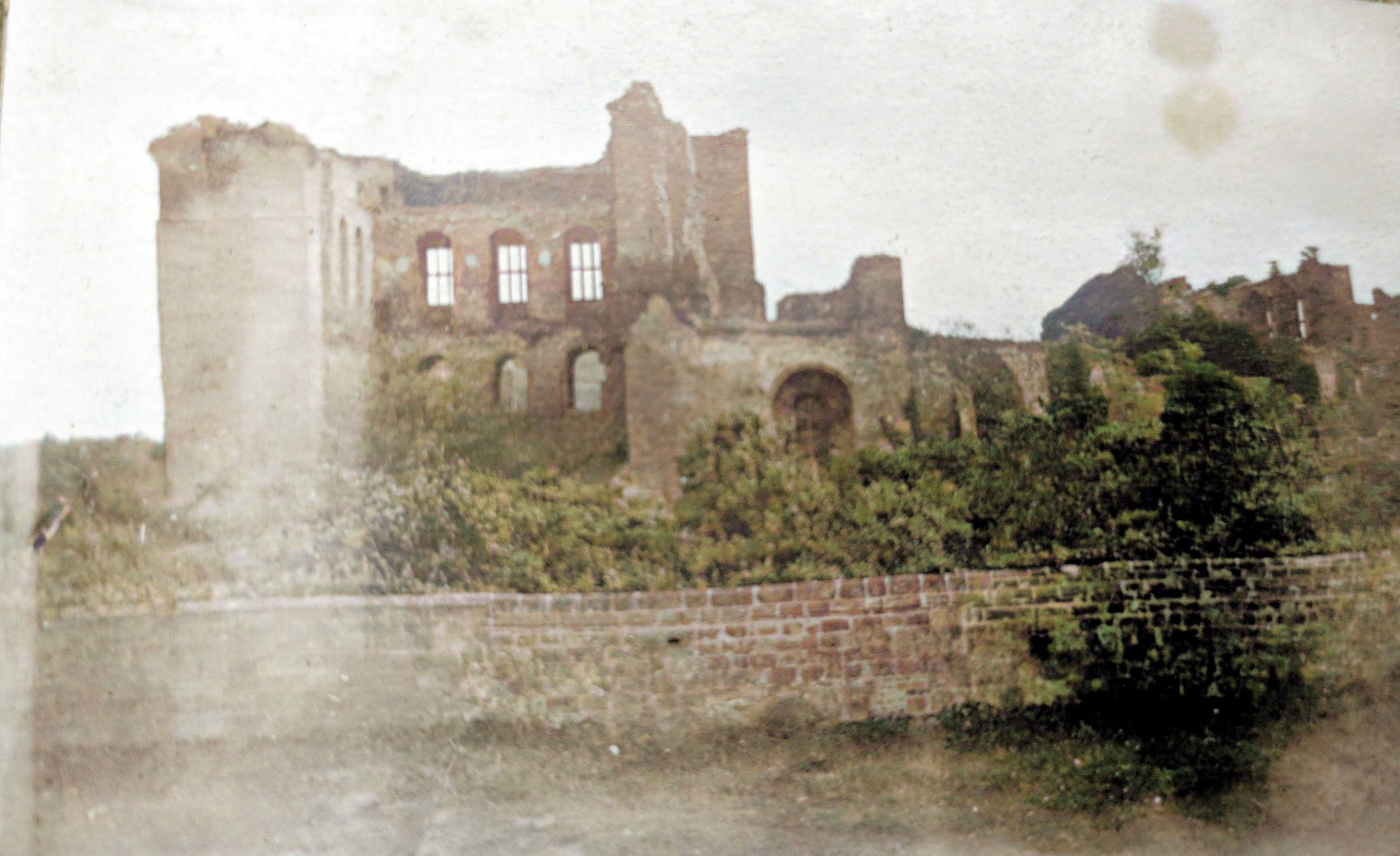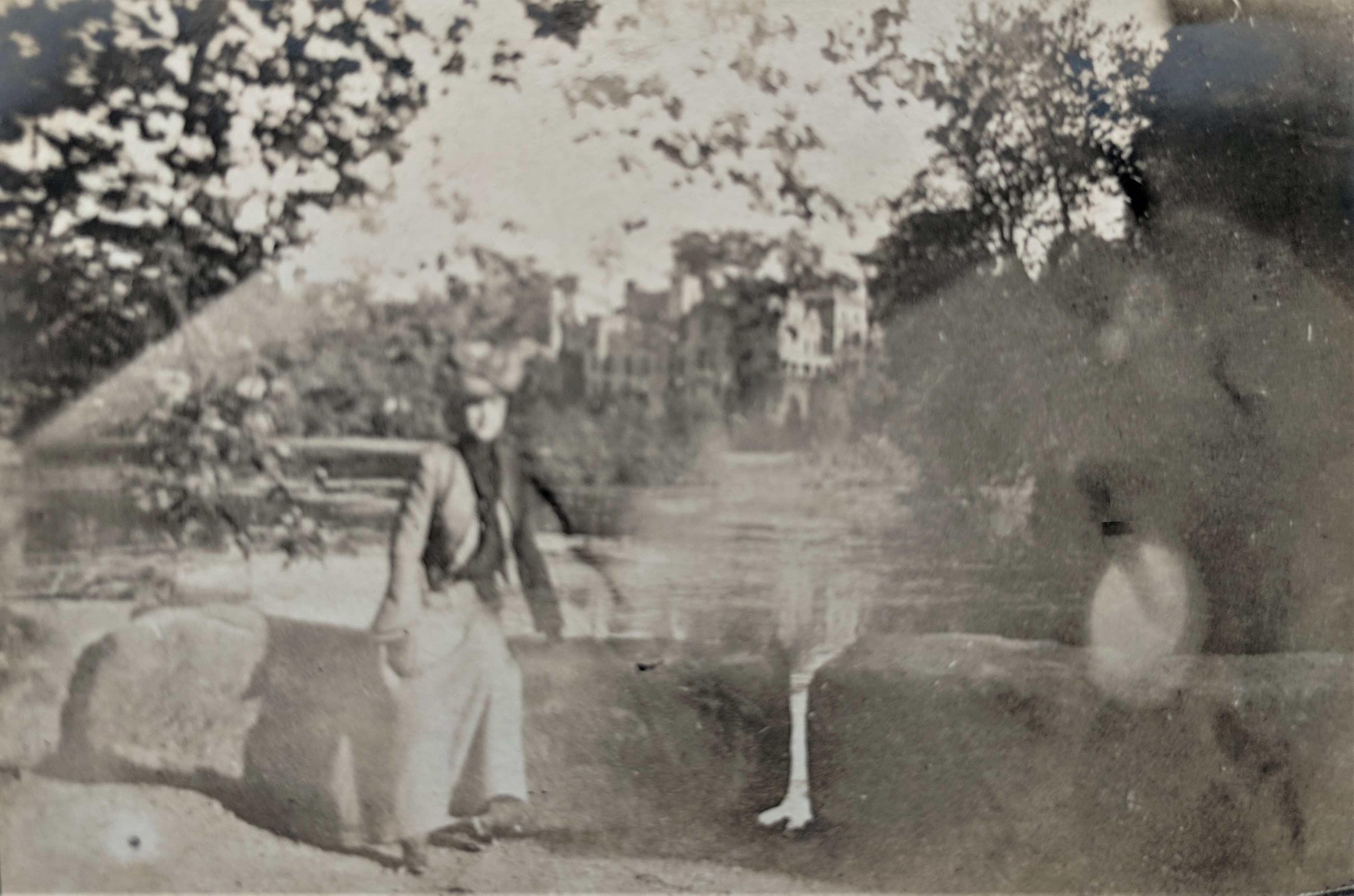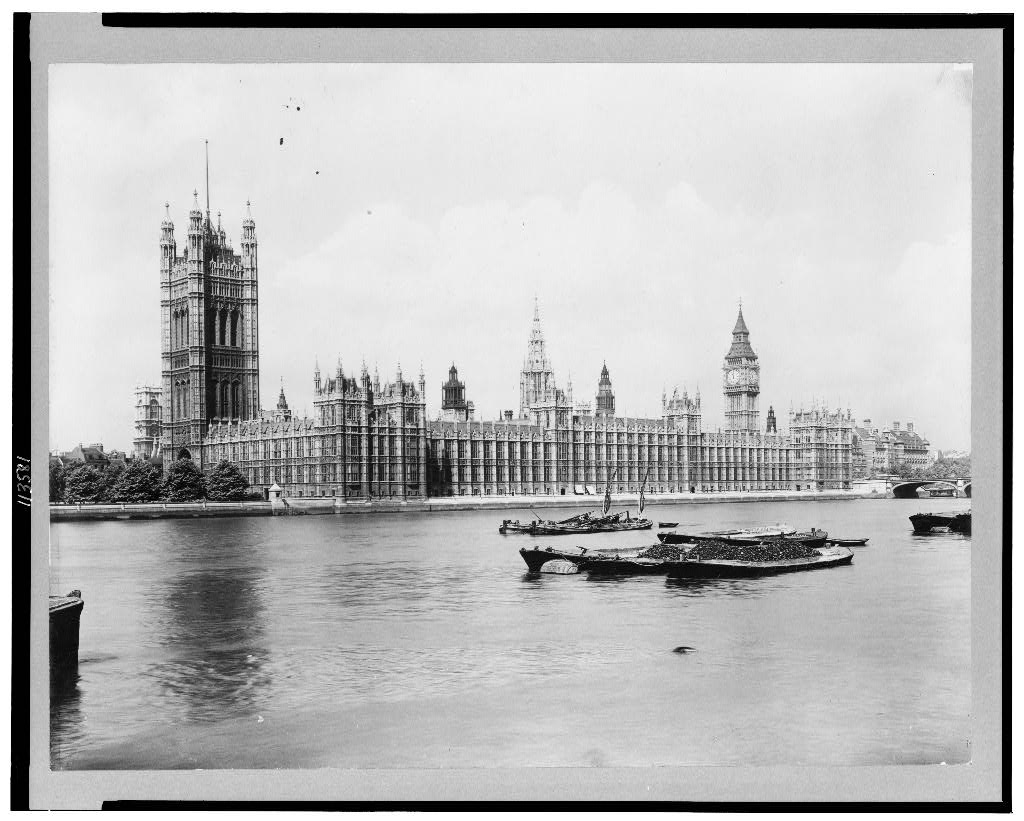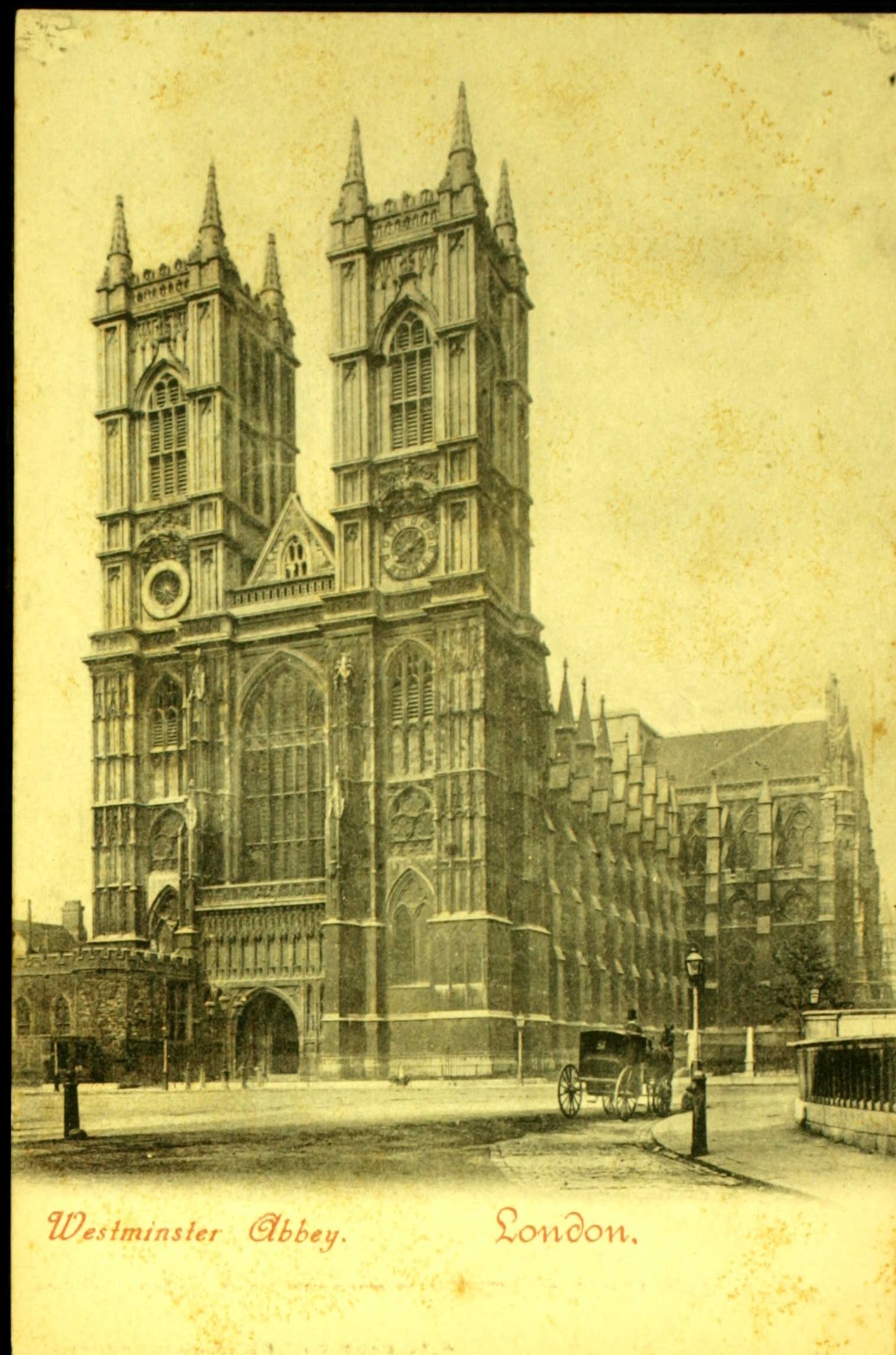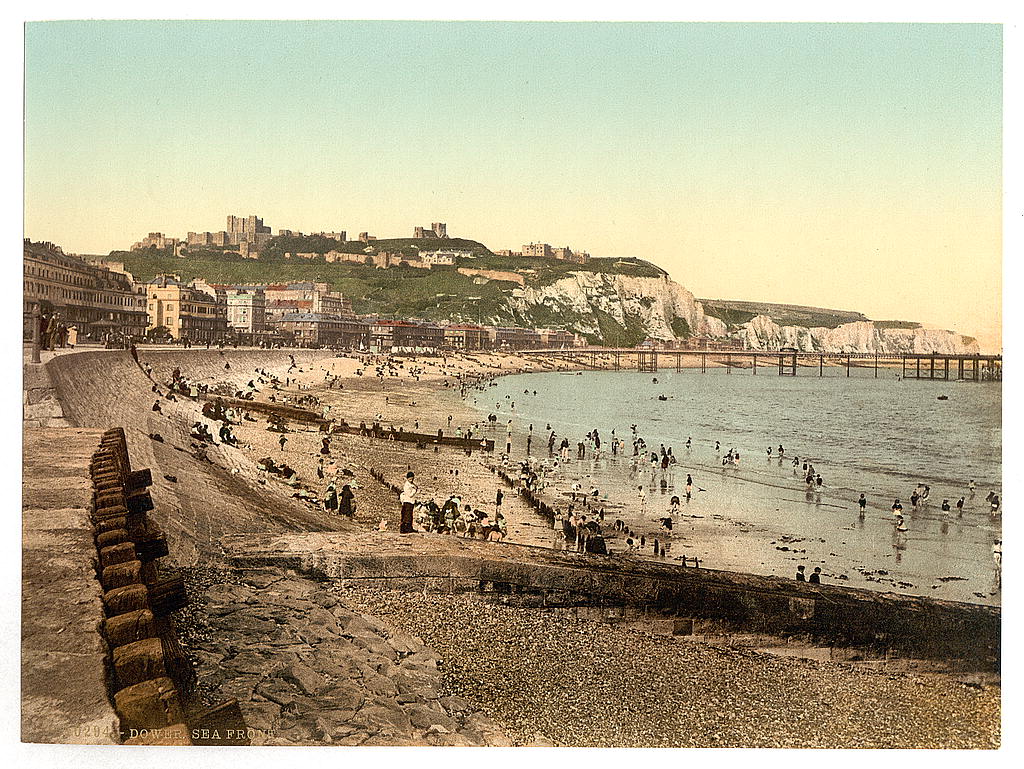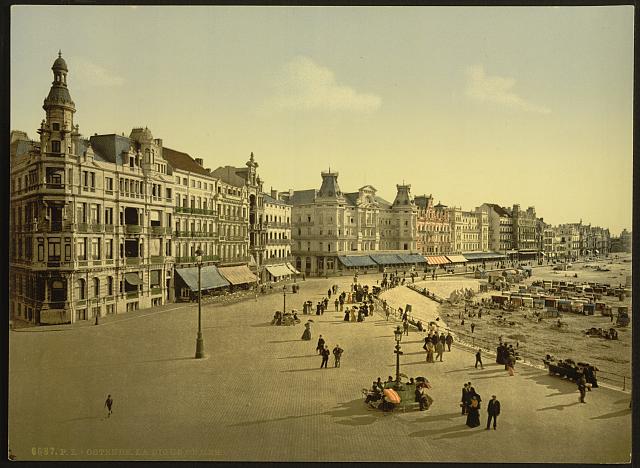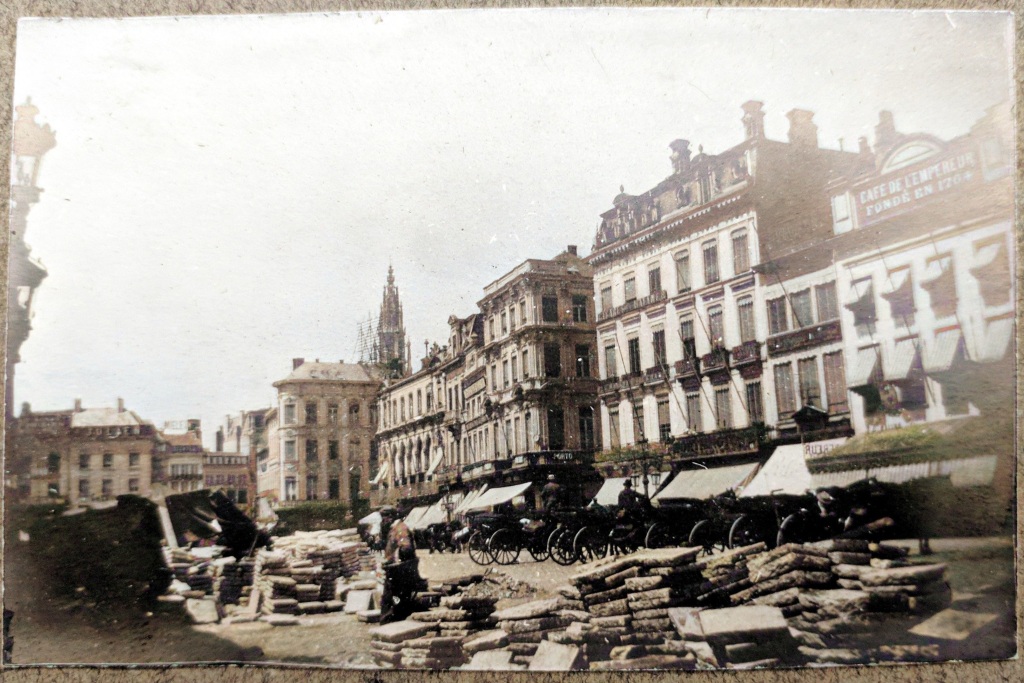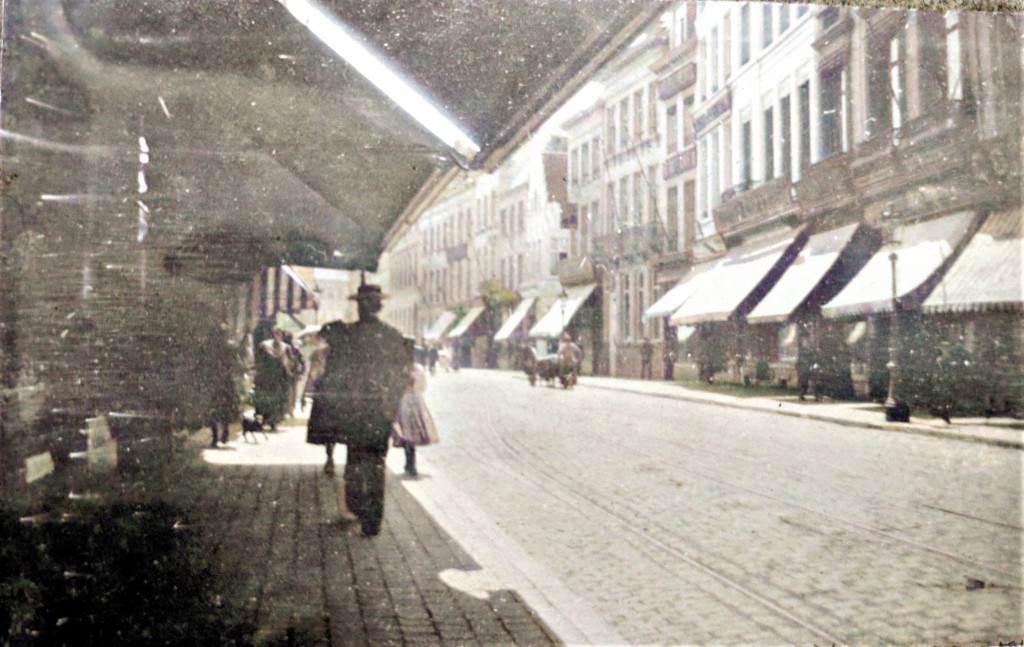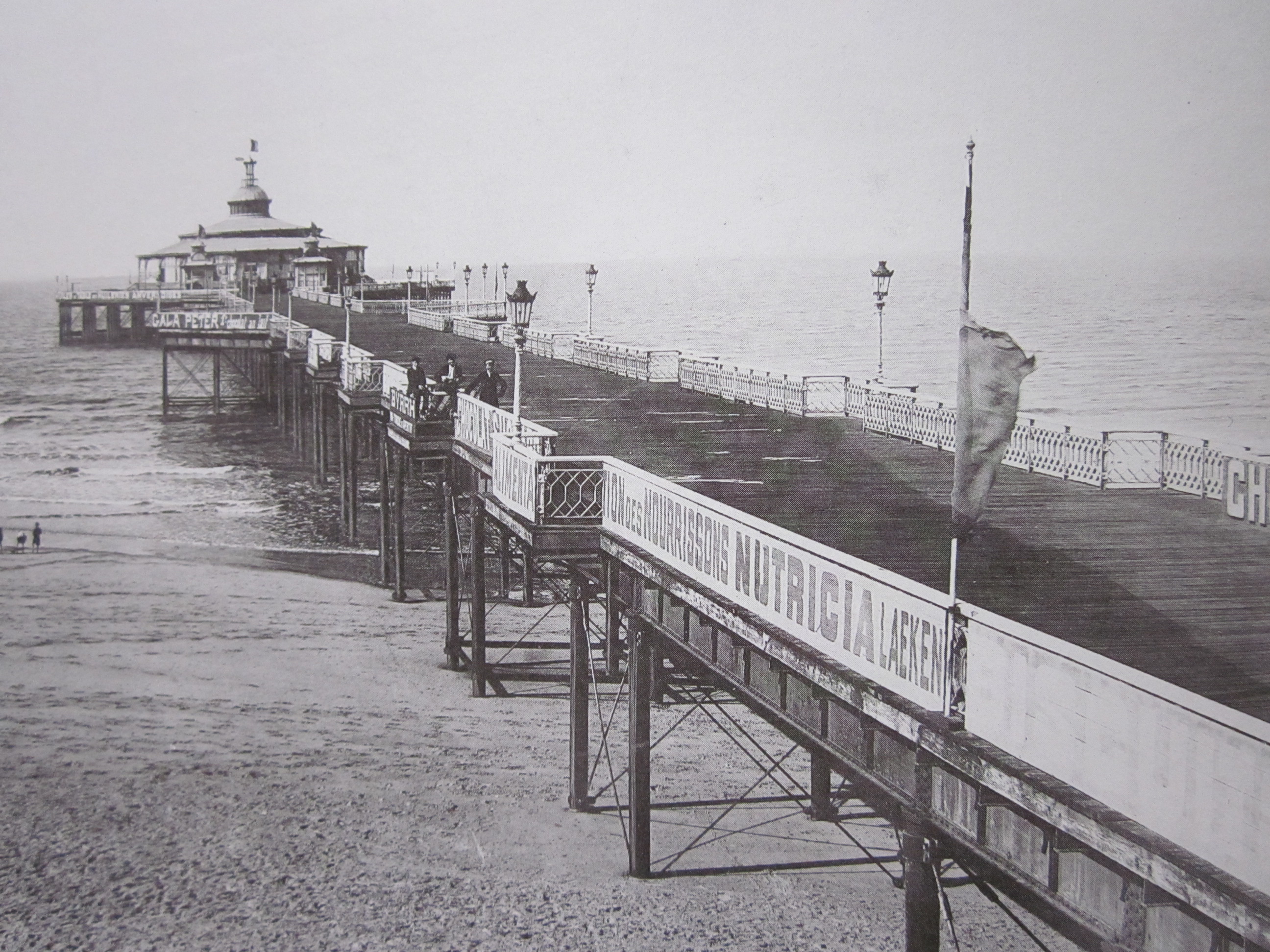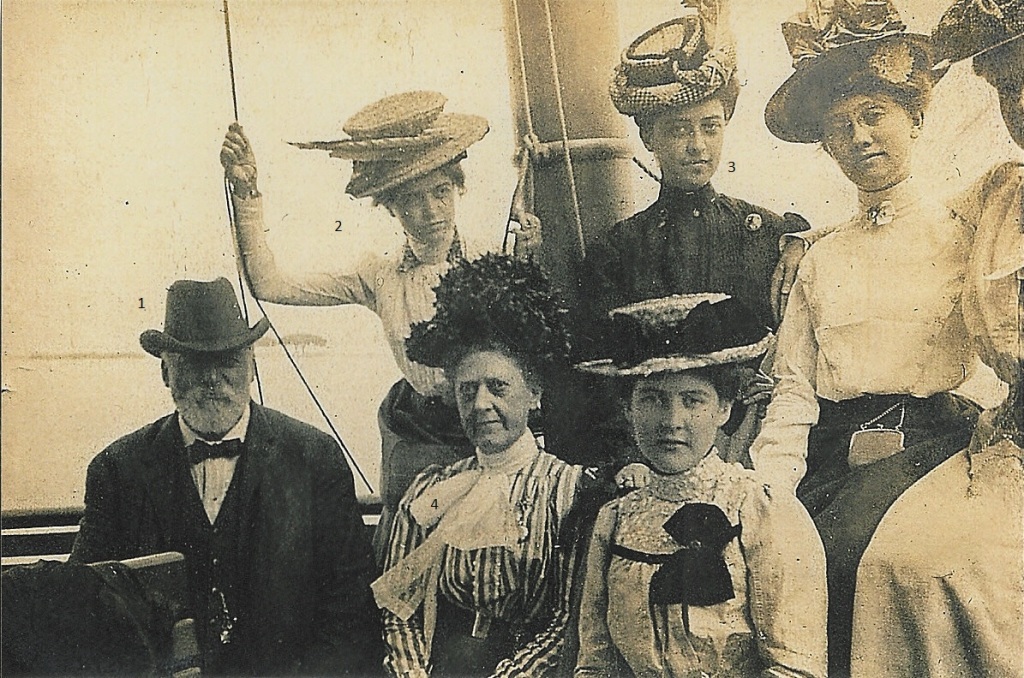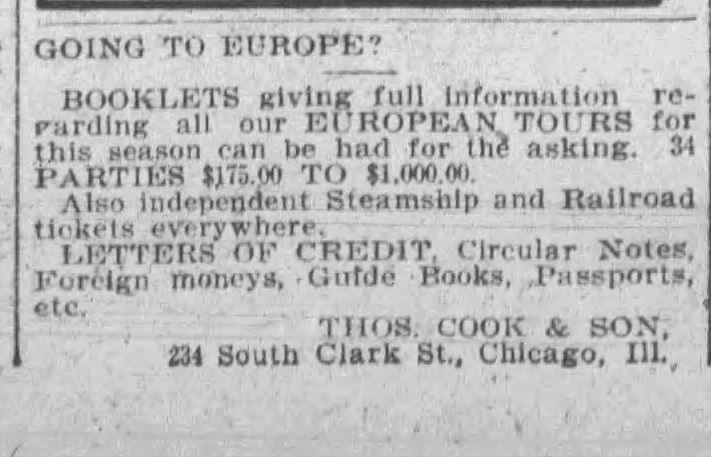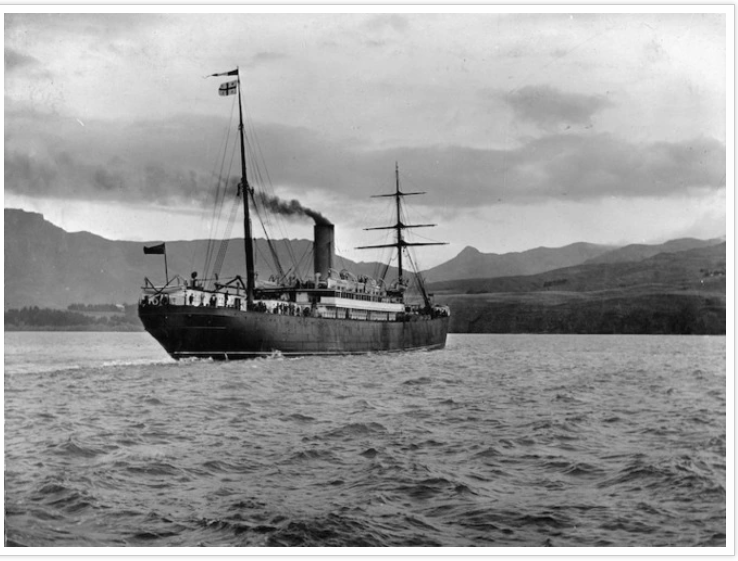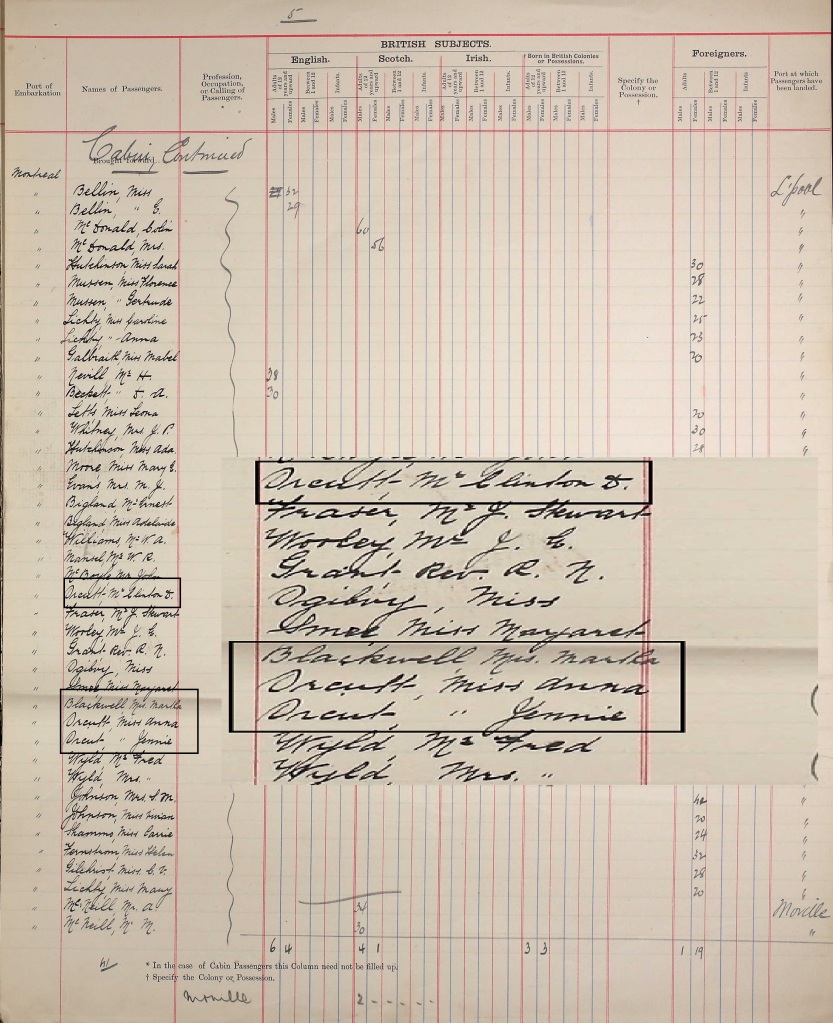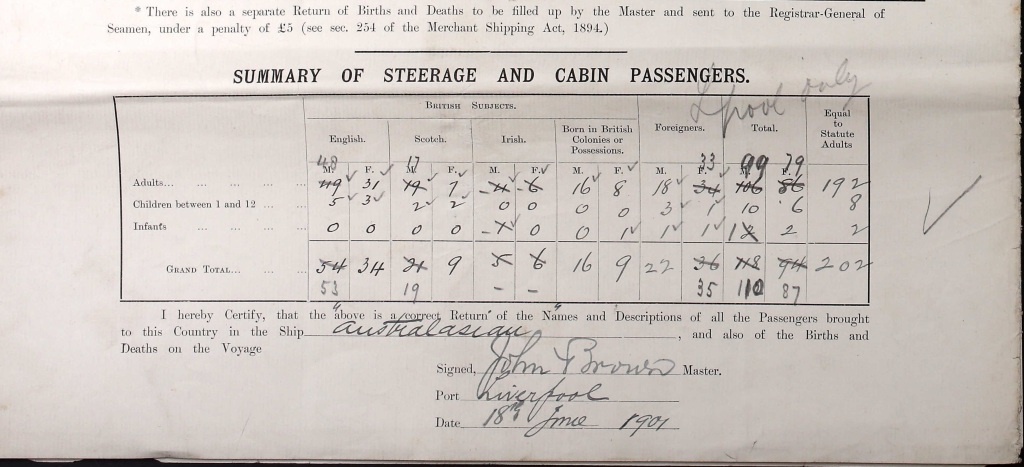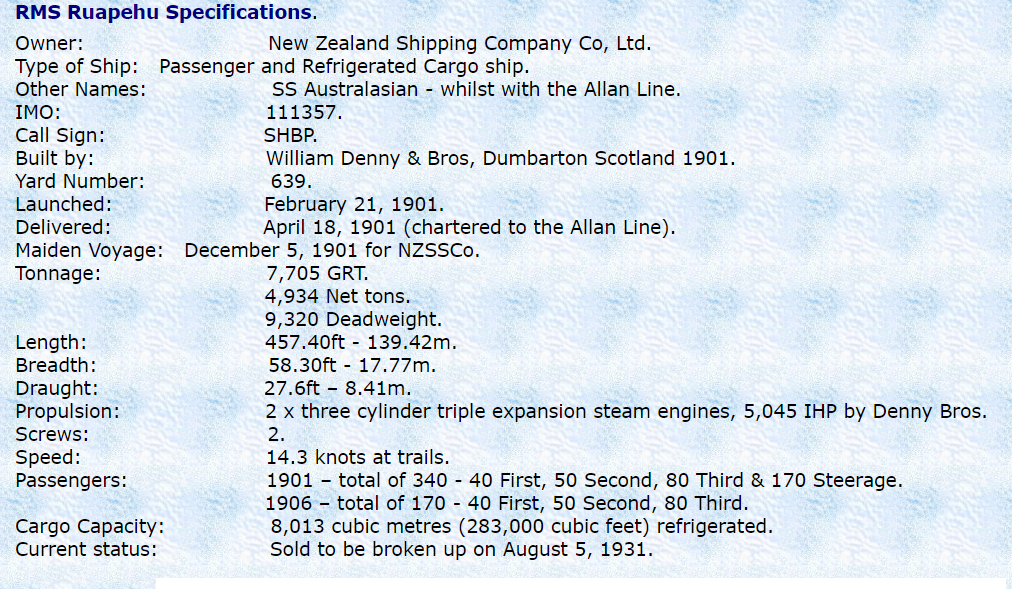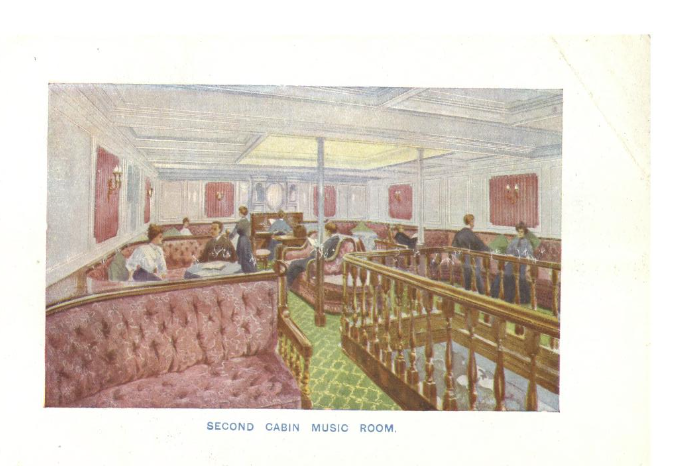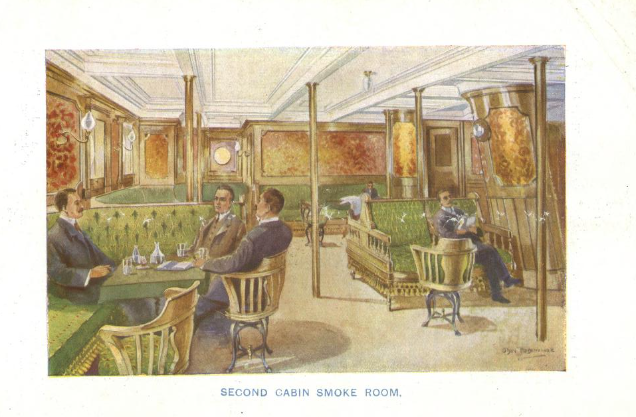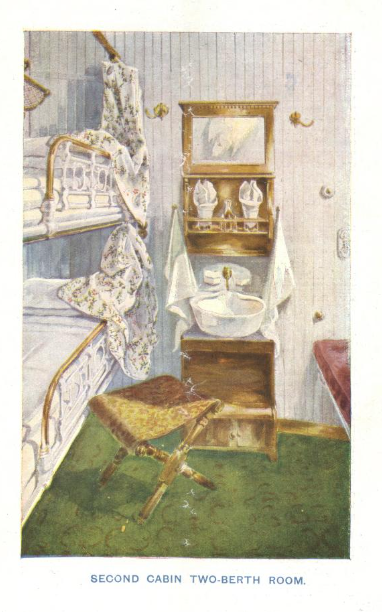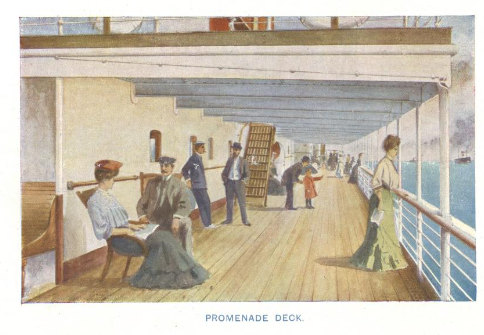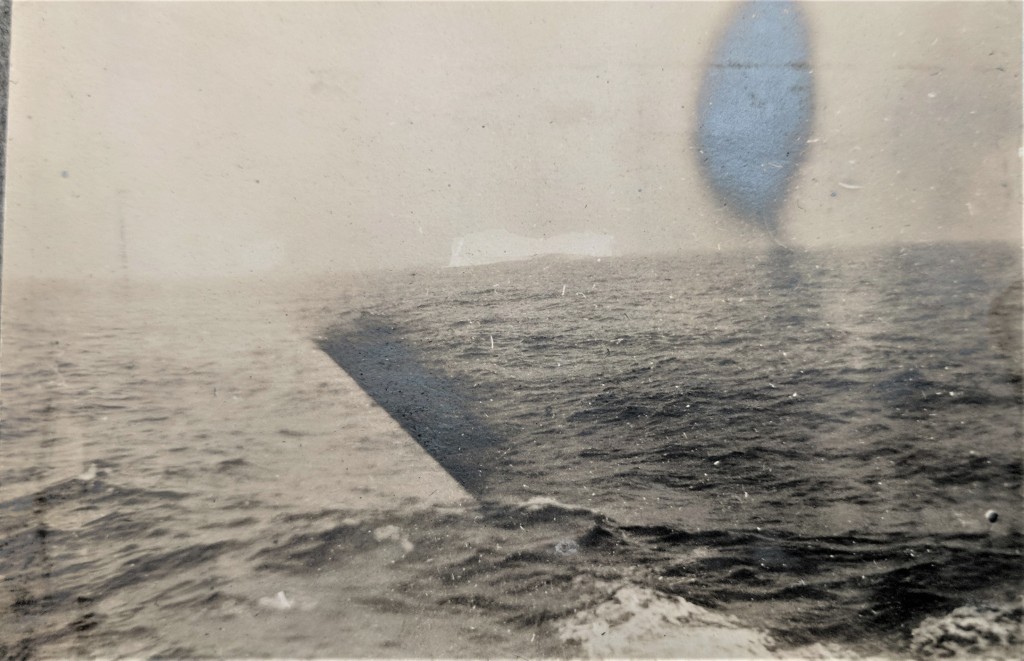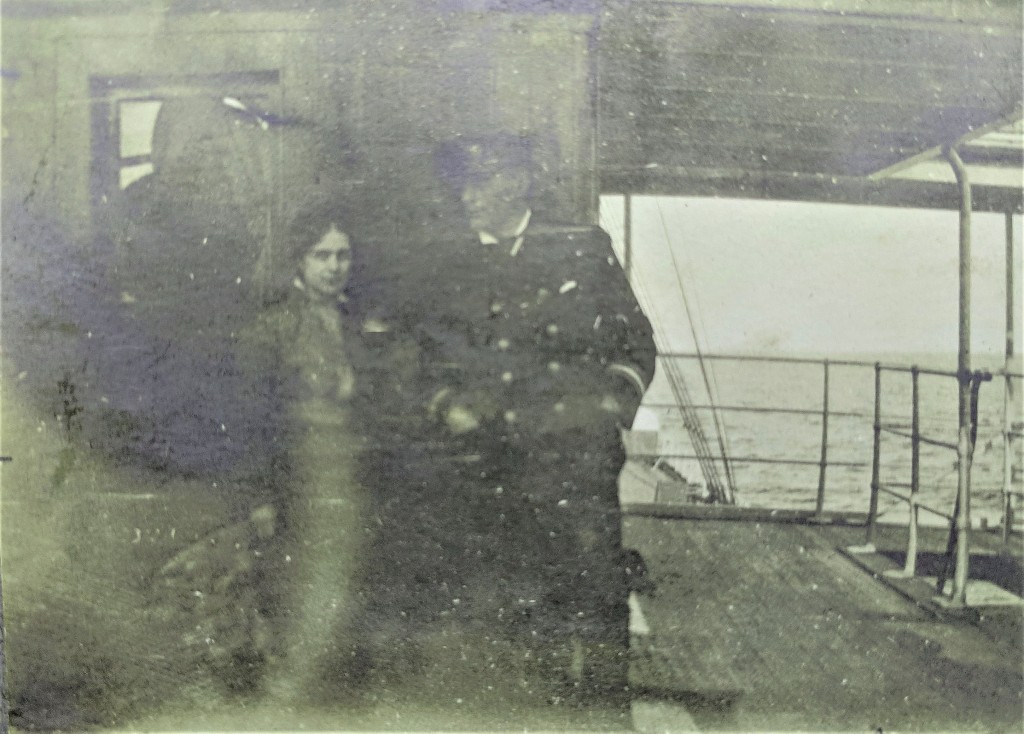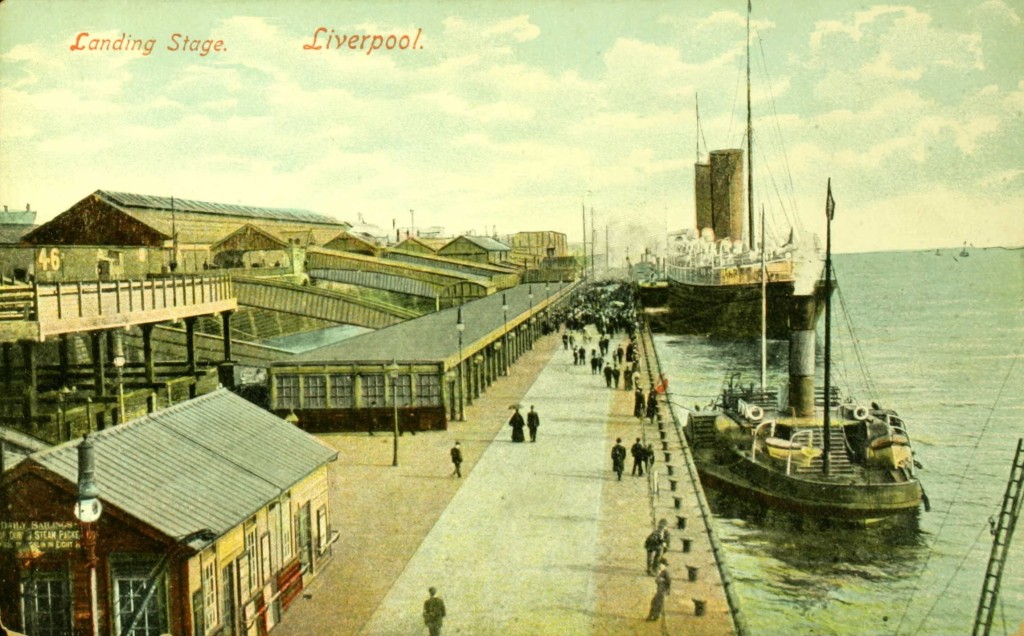
Family historians research every aspect of their ancestor’s lives, including where they lived. We search for addresses by following a paper trail: census records, directories, land deeds, tax records, and newspaper articles. Once we have an address, we google it to determine if the house still exists. If it doesn’t, we might be fortunate enough to discover old photographs. Two of my favorite ancestoral families, the Orcutts and Beatons, left behind a generous paper trail. Compelled by a treasure trove of pictures, records, and newspaper articles, I decided to explore the Clinton and Anna (Dutton) Orcutt house in Omaha, Nebraska – in detail.
My maternal great-grandmother, Edith (Orcutt) Beaton, spent her first seven years in the sleepy rural village of Durant, Iowa – population 500. Then, in the fall of 1887 the Orcutt family packed their belongings and moved 300 miles west to Omaha, Nebraska – population 125,000. By 1890 the population had grown to 140,000.
CLINTON ORCUTT AND HIS FAMILY
Listed below are the Orcutt family members who moved to Omaha. Scroll through the picture gallery to view their photos. Sadly, there are no photographs that survived of Louis DeForest Orcutt, the eldest son who died four years after the family moved to Omaha.
- Clinton Delos Orcutt (1840-1905)
- Anna Dorcas (Dutton) Orcutt (1842-1899)
- Louis Deforest Orcutt (1871-1891
- Marion Edith Orcutt (1879-1964)
- Anna Ri Orcutt (1881-1942)
- Jane Clare “Jennie” Orcutt (1884-1918)
OMAHA
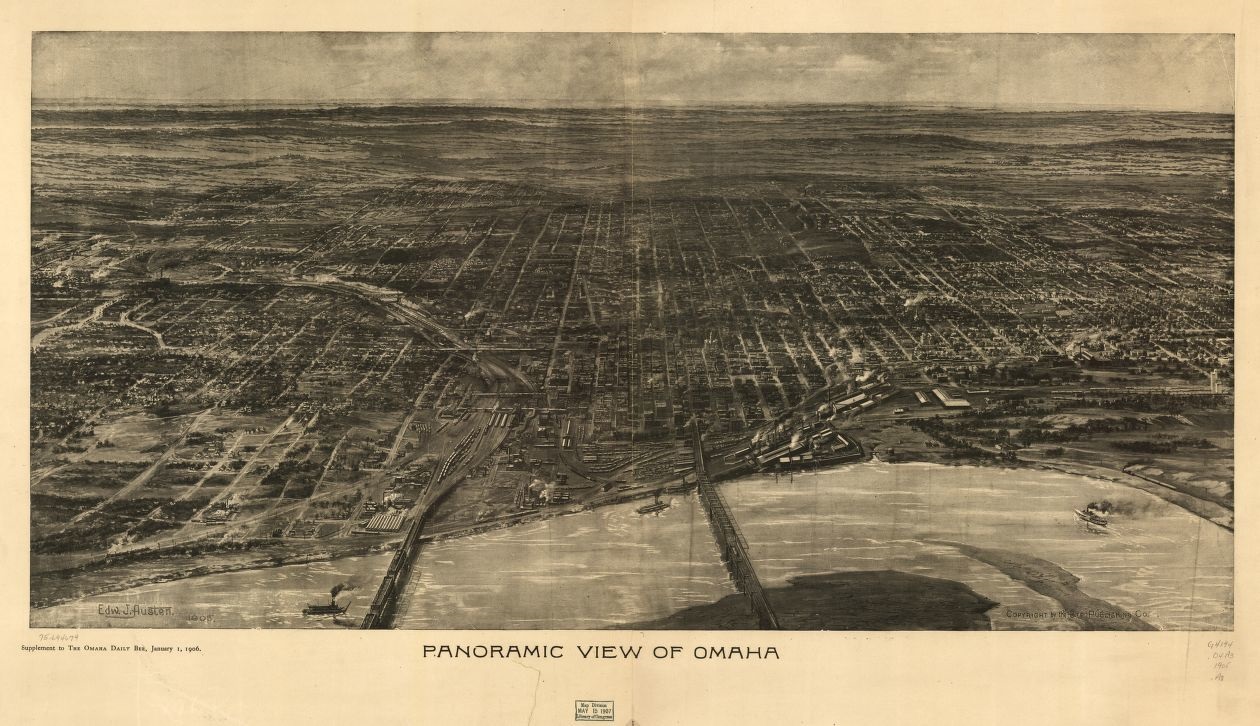
Between 1870 and 1900, Omaha developed from a frontier railroad center to a regional metropolis.[1] From a business standpoint, the city oozed potential. It had a new Union Pacific railroad hub, manufacturing plants, mills, stockyards, and packing houses. From a cultural perspective, Omaha offered arts and sciences, schools, higher education institutions, and churches. Noted as the “Gate City of the West,” Omaha is located nearly midway between the Atlantic and Pacific coasts and about 500 miles from Denver, St. Louis, and Chicago.
The 1890 Omaha city directory described the city in glowing terms.
“Upon entering Omaha, we find ourselves treading finely paved streets and surrounded by a busy throng of active, energetic people, substantial and elegant buildings on every side, stores filled with goods from every climate, and all the appliances of modern civilization. The streets are broad, clean, well lighted and many of them excellently paved with granite, Colorado sandstone, asphaltum, or cedar or cypress blocks, making them fine driveways and roadways.
Shade trees abound on the residence streets, protecting the pedestrian from the summer sun -seventy-three miles of sewer and good drainage. City well lighted with gas and electric lights. Public squares and parks abound.”[2]

I found another description that portrayed a less appealing side of Omaha. In 1888, Frisby Rasp, a Nebraska farm boy, moved to Omaha to attend business college. His letters to his family may reflect how Edith Orcutt and her family felt when they first moved to the big city. Frisby was overwhelmed by the crowds and anonymity. “If 2/3 of the country people could see Omaha they would open there [sic] eyes as if they had been thunderstruck. It has the most noise and rattle to it I ever saw…” He also found the city to be filthy by a country boy’s standards. “I guess there ain’t any end to Omaha, at least I can’t find any. You can walk till you are tired out any direction you choose, and the houses are as thick as ever…Everything is coal smoke and dirt and people. It is dusty just as soon as it quits raining, and the dust is the worst dust I ever saw. It is all stone and manure. Streets that ain’t paved, two feet deep of mud.”[3] Another disturbing aspect for Frisby was the vice in Omaha. “Every other store is a saloon. This is an awful wicked town. The saloons run on Sunday and most all work goes right on.” In 1888, Omaha boasted 300 saloons. According to Frisby, “…even the local newspapers claimed that if you shut down all the saloons, brothels, and tobacco shops, half of Omaha’s business would be gone…I never want to live in the city. It is the worst place in the world to live.”[4] Frisby rented a room near the Union Pacific Depot, an area not as genteel as the neighborhood the Orcutts chose.
ORCUTT NEIGHBORHOOD AND HOUSE
Based on newspaper articles, I knew in 1886 Clinton Orcutt began building a spacious house in Omaha, Nebraska. Researching the deed records required that either I travel to Omaha or find a professional genealogist to do the research. So I decided to splurge. I referred to the website for the Association of Professional Genealogists and quickly found a very thorough and professional researcher and genealogist. A sound decision.
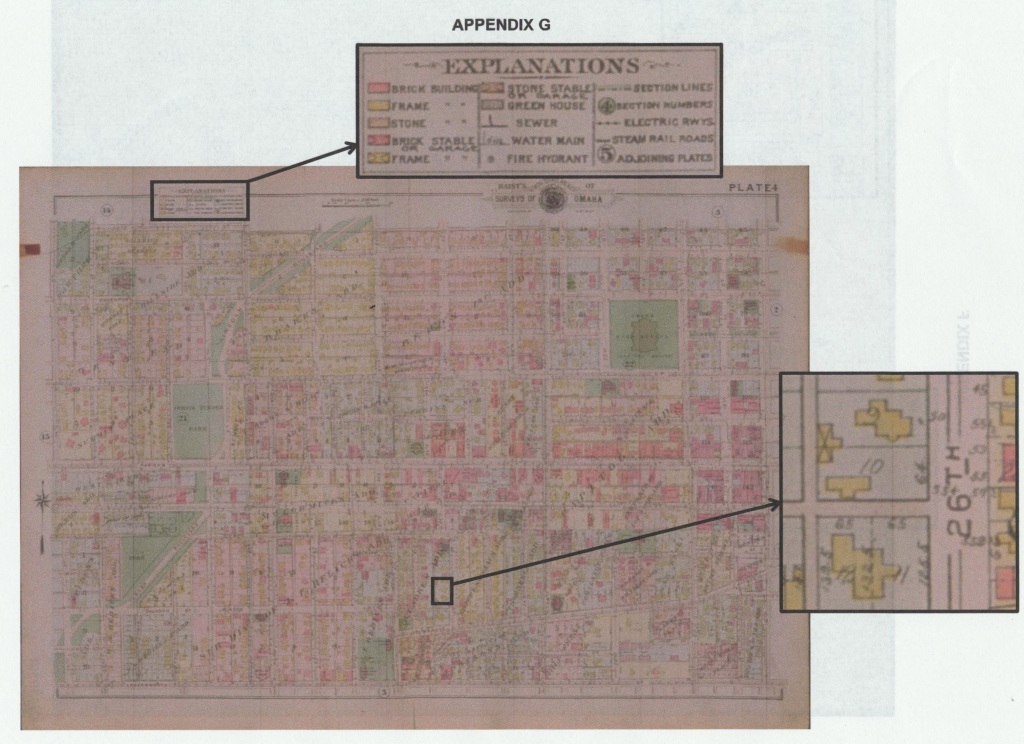
When Clinton Orcutt decided to build a new home in Omaha, he chose two lots in an area known as Clarks Addition or Clarks St. Mary’s Addition, a largely undeveloped area in the city.[5] Clinton purchased lot 9 from Isaac Congdon (a lawyer) for $4,000 on September 8, 1886. Three days later, on September 11, 1886 he purchased lot 10 from Charles C. Housel (real estate agent) and his wife for $5,000. [6] Unfortunately, the genealogist could not locate information regarding the building costs on the property. The city of Omaha destroyed older building permits in the 1990’s.[7]
Initally, I thought the Orcutt home at 550 S 26th Avenue was located in the Gold Coast neighborhood of Omaha. According to Adam Fletcher, who writes a blog about North Omaha History, “the new Gold Coast was the nouveau riche flexing their muscles.”[7] It contained two distinct neighborhoods within its boundaries: the Blackstone neighborhood and the Cathedral neighborhood.
“Houses had all kinds of spectacular features, including three -and four- story towers and spectacular flower gardens on the outsides. Yards were often ringed with iron fencing and served by regal driveways where coaches and drivers could gracefully haul their charges to the next location. The insides of these homes with even more elaborate furnishings, all reflecting the opulence and splendor of the Gilded Age. Woods from exotic places, fine handmade woodworking; elaborate stained glass leaded windows; beautiful silk wall tapestries; Tiffany Lamp Fixtures; and exquisite rugs filled these homes. On an average, when a fine home had six or ten rooms in two stories, these mansions had 20 and 30 rooms in three and four stories. These all had large coach houses, often two stories tall with enough room to accommodate their horses, carriages, and buggies.”[8]

The Gold Coast lies to the north of the Orcutt home. Clinton may have thought that Clarks Addition would develop into similar high-end real estate. After all, he’d made his fortune buying and selling real estate in Iowa and Nebraska. The area had potential at the time.
Using Sanborn Fire Insurance Maps provided details I previously overlooked regarding Clinton Orcutt’s property. When he purchased two lots, he built two houses plus a carriage house.[9] The larger home served as the Orcutt family residence. The smaller six-room cottage at 554 S 26th Avenue may have been intended as a “mother-in-law” house. Although Clinton’s mother had passed away, Anna’s widowed mother was still alive in 1886. Thanks to a suggestion from the professional genealogist, I examined Omaha city directories for the address “550 S. 26th” to determine who lived in the smaller home from 1886-1910. The occupants were not family members nor domestic servants who worked for the Orcutts. City directories revealed that Clinton rented the home to various tenants, none remaining longer than two years – single men, single women, and occasionally a married couple.

Many of the wealthy hired Omaha’s finest architects to custom design their homes. I don’t know if that is the case for Clinton Orcutt’s residence. However, the Orcutt home did receive notice in a book published in 1888 that featured prominent Omaha residences, “Omaha Illustrated: A History of the Pioneer Period and the Omaha of Today.”[10] Included in the book is the image depicted below. I am thrilled to have discovered the only known photograph that clearly shows the Orcutt’s home. The home is also listed amongst the notable residences in “Born Rich: A Historical Book of Omaha”, published in 1978.[11]

The Orcutt’s three-story house embodied the popular Victorian Queen Anne architecture; it included a steep roofline, an ornamental chimney, irregular angles, a tower, shapely windows – including a bay window – and an expansive wrap-around porch with decorative trim, railings, and posts. Unfortunately, black and white photographs don’t reveal the color of the Orcutt home, but Queen Anne architecture typically featured rich tertiary colors.
- “Body: one or two strong colors (usually different for clapboards and shingles)
- Trim: a color unifying the body colors. Often a different accent color was used for decorative features.
- Sash: the darkest color on the house: dark green, deep brown, black, deep red, maroon, chocolate, deep umber.”[12]
INTERIOR OF THE ORCUTT HOME
The home’s interior reflected Victorian style, orderly with detailed ornamentation, yet unique and rambling with multiple bedrooms, second-floor balconies, double doors, and ornate stairways.
A visitor to the Orcutt home first encountered the expansive entrance hall. Traditionally, the front hall included a hall stand, chairs, and a card receiver for calling cards. The stand provided space for hats, coats, parasols, and umbrellas. Hall chairs offered a seat for messengers or unexpected guests who awaited instructions.

The Orcutt reception/entrance hall must have been impressive. For formal events, the ample space served as an ideal location to place an orchestra. “An orchestra was stationed in the large reception hall, screened by large palms.”[13] In the two photographs below you can see a portion of the entrance hall. The grand staircase is on the left with Anna Ri on her wedding day. On the right, Edith Orcutt Beaton is standing in the palm filled hallway on the occasion of her sister Jane’s wedding. Directly behind Edith is a portrait of her sister Anna Ri Orcutt. I wrote about the painting in another blog about Orcutt family portraits.


Newspaper articles from the Omaha Daily Bee and the Omaha World-Herald described the Orcutt home with the following adjectives: comfortable, commodious, spacious, beautiful, and handsome. I gleaned snippets of information from the newspapers about the types of rooms, their function, and decorative features. For example, the ground floor had a drawing-room, a music room with a piano, a west parlor, an expansive rear parlor with a “bow window,” a dining room, and the grand staircase. Wide doorways separated the parlors, the latter accented with fancy mantles. The “capacious” drawing-room provided sufficient space to host large numbers of guests. On several occasions, the Orcutt’s invited 300 guests to special events, such as the Christmas party they hosted in December 1900.
“In honor of Mr. and Mrs. Alfred Beaton [Edith Orcutt Beaton and her husband Alfred Beaton], Mr. Orcutt gave a reception on Tuesday evening to about 300 guests. Though she does not make her debut until next season, Miss Anna Ri assisted her father, presiding with a dignity that would reflect credit upon a much older and experienced hostess.
The house was elaborately decorated with holiday greens, palms, and smilax. In the doorways were suspended Christmas bells with clappers of holly berries and mistletoe. The stairway in the hall was festooned with evergreen and bows of red ribbon, while tall palms formed a screen behind which the orchestra played during the evening.”[14]
When the three sisters, Edith, Anna Ri, and Jane Clare, reached the appropriate age, they acted as hostesses for social events to practice their future roles as mistresses of their own homes. Fifteen- year-old Edith appeared in the Omaha Daily Bee in 1895, when she served as hostess at a luncheon for her young friends.
“A Dainty Pink Luncheon – One of the prettiest luncheons was given by Miss Edith Orcutt last Tuesday in honor of her guest, Mrs. T.G. Wear of Topeka. Cover [places] were laid for sixteen. The table decorations were beautiful. The centerpiece was prettily embroidered in wild roses and the cut glass vases at each end of the table and in the center were filled with fragrant blush roses. The menu consisted of eight delicious courses. The house throughout was decorated with palms and pink roses. The young ladies made a charming picture in their dainty, fairylike summer gowns.”[15]

Researching the Orcutt family produced a wealth of information, as they frequently appeared in the society columns. These included the weddings of the Orcutt sisters. All three events took place in the Orcutt home, beautifully decorated for the special ceremonies.
- Marion Edith Orcutt to Alfred James Beaton – 19 October 1899
- Anna Ri Orcutt to Louis Tallmadge Jaques – 19 March 1905
- Jane Clare Orcutt to Arthur Robinson Keeline – 21 January 1906
Of the three sisters, I could only find evidence that Jane Clare actually made a formal debut into society. Described as “an exquisitely pretty girl,” her debut in 1903 made the Society News. Photographed by Louis Ray Bostwick, Jane’s Debut Album showcased the young woman in the Orcutt family home. What a bonanza for my research!
A professional photographer captured the Orcutt daughter’s weddings, including images of the gifts elegantly displayed in the upstairs room. Preserved for over 100 years, these albums provide a glimpse into the Orcutt home and family history.
Based on the pictures, I know the formal dining room included the following:
- Ornate dark wood furniture
- Paneled walls
- Wallpaper with wide decorative borders near the ceiling
- Stained glass windows
- Tasseled draperies
- A gas chandelier
- A corner cabinet filled with china and crystal
“A formal dining room ensured enjoyable meals. A library stocked well with books and with a sprawling fireplace provided comfort and warmth. Spacious parlors located throughout a home provided occupants with formal living areas for welcoming guests. Parlors usually featured ostentatious decors such as tasseled draperies, dark wood, fireplaces with fancy mantles, and gilded wainscoting.”[16]
The most important rooms in the house were the parlors, as they served as showcases for the homeowners to entertain their guests. The Orcutt parlors, decorated in dark woods, such as mahogany and walnut, featured oversized cozy chairs, oriental rugs, window coverings made of thick heavy fabrics, valances, swags and tassels, candelabras, and multi-light chandeliers ornamented with porcelain and glass shades. “A bare room was considered to be in poor taste, so every surface was filled with objects that reflected the owner’s interests and aspirations.”[17] The Orcutt’s decorated their home with marble figures, artwork, potted plants, and flower-filled vases.
The second floor of the Orcutt home included individual bedrooms for each of the six family members. Anna and Clinton Orcutt had separate bedrooms. Additional rooms included a library, a sitting room and a “modern” bathroom and lavatory for the family members.
“In wealthier homes, the toilet was often in a room by itself, in a corner, or an anteroom with a door. The room itself was always relegated to the bedroom floor, above the parlor floor, away from the public rooms of the house. Many houses had a servant’s toilet off the kitchen, often outside in a shed, or in an attic.[18]
Photographs from the family albums show that the second-story had spacious rooms but with lower ceilings than the ground floor. Oriental rugs draped the floors, lace curtains covered the windows, and lightly patterned wallpaper decorated the walls. Furniture included a carved four-poster bed and walnut or mahogany dressers. Although the images focus on the wedding gifts, they still provide the viewer with a glimpse into the upper rooms of the Orcutt house.
BEHIND THE SCENES – SERVANTS AND NEIGHBORS
Newspapers never mentioned the behind-the-scenes aspects of how the Orcutt’s managed their household, but I know that servants performed the daily tasks. Society ladies did not engage in household chores. Based on the 1900 census, the Orcutts employed two female servants, one nanny, and a coachman. Female servants probably slept on the third floor, but the coachman likely had a room in the carriage house or the basement.
Unfortunately, I could only refer to the 1900 census for information regarding the Orcutts and their servants. Census records, a valuable resource for family historians, are only available every ten years. The 1890 census records were destroyed in a fire, and by 1910, the Orcutt family no longer lived at 550 South 26th Avenue. I used the tip from the professional genealogist to search Omaha city directories for just the address to learn more about the Orcutt’s domestic help. Searching a directory for an address instead of a name did not yield results for every year. However, I did confirm that the Orcutt family employed two female domestic staff and one coachman. Not surprisingly, the staff changed about every two years.
1900 United States Federal Census for Clinton Orcutt and his household. [19]

- Clinton Orcutt – head of household – age 59 (widower) – birthplace, Illinois – Capitalist
- Edith Orcutt Beaton – daughter – age 24 – birthplace, Iowa – no profession listed
- Anna Ri Orcutt – daughter – age 19 – birthplace, Iowa – no profession listed
- Jennie C Orcutt – daughter – age 16 – birthplace, Iowa – At School
- Alfred Beaton – son-in-law – age 26 – birthplace, Canada – Merchant, carpets
- Baby Beaton (Phillip Orcutt Beaton) – grandson – age one month – birthplace, Nebraska
- Anna Winter – servant – age 21 – birthplace, Pennsylvania – domestic servant
- Maggie Oflatherty – servant – age 24 – birthplace, Illinois – domestic servant
- Emil Anderson – servant – age 26 – birthplace Sweden – coachman
- Dora Dart – servant – age 27 – birthplace, Missouri – Nurse (nanny)
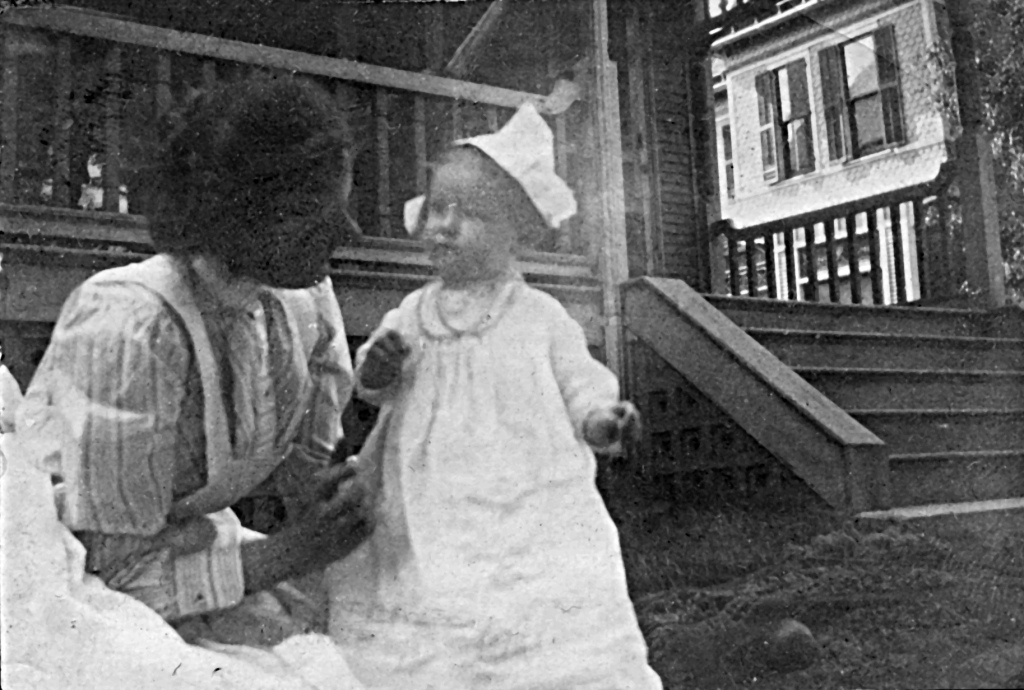
The 1900 census didn’t list a cook living at the residence, but I know the Orcutt family employed one. Finding the right cook could be challenging. The Orcutts advertised for “a good cook” in 1896, 1897, 1898, and 1899.[20]

The kitchens of the late nineteenth and early twentieth centuries were the domain of the staff. As the mistress of the home, Anna Orcutt dictated menus and managed the budget. She did not cook the meals nor clean the house. Accordingly, the kitchen would have been functional but not as ornate as the rest of the house.
“The late Victorian kitchen had the latest in modern appliances. A cast iron stove, able to cook and bake, often connected to a hot water heater that would feed into the sink and piped to bring hot water to the bathrooms. The sink was a large porcelain surface on sturdy legs with hot and cold running water from taps, not pumps. A large work table was usually in the middle of the room, which served as both work space and eating table for the staff.
Wealthier homes had iceboxes, lead-lined cupboards with a block of ice below keeping food cool in a compartment above. There was usually a pantry, a closet with shelves and built-in cupboards for storing foodstuffs, dishes and pots. Often there was also a built-in cupboard in the actual kitchen, or a butler’s pantry, either in the hallway leading to the dining room, or a separate room next to the kitchen where servers could do final prep work on the dish before serving.
Very wealthy families might have a locked silver room, and a larger butler’s pantries. Lighting to the kitchen was supplied by generous windows, as well as overhead gas lighting or electric lighting.[21]
Supplied with heat, gas, and running water, the Orcutt home provided optimal comforts for the time. Based on an 1890 newspaper that recounted a robbery in the home, I know that electric buttons powered the gas lights.
“When Mr. Orcutt drove up to to his house shortly before 7 o’clock, he noticed that the gas in his wife’s room was suddenly turned down but thought nothing further about it. His little daughter, Annie [Anna Ri], and a girl who was her guest finished supper early and ran up the front stairway. The gas in the hall had been extinguished, but the children attached no importance to it and did not relight the jets until they reached the second story, when they touched the electric buttons.”[22]
The burglars escaped via the rear hallway and back staircase, the staircase used by the servants. The thieves made off with two watches and chains, several pairs of bracelets, a diamond pin, and assorted jewelry. The value of the jewelry in 1890 was $600.
Who were the Orcutt’s neighbors? They were a mix of homeowners and renters. Some of the houses were large and elegant, while others were modest properties. On the north side of the Orcutts at 546 S 26th lived Jacob Soloman, a cattle dealer, his wife, two daughters, their spouses, a grandchild, and three servants. Immediately on the south side of the Orcutt home, in their rental property at 554 S 26th, resided a young couple, Charles and Catherine Moyer. The house immediately next to the rental property was occupied by Warren Switzler, a lawyer, his wife, two sons, a daughter, and one servant. Across the street at 557 S. 26th lived James Van Nostrand, a leather clerk, with his wife Virginia, and two female boarders, both listed as nursing school graduates. The neighbor’s occupations included: bookkeeper, printer, salesman, grocery store clerk, car builder, jewelry engraver, bookkeeper, real estate agent, and laundry proprietor. It was also a culturally diverse neighborhood. The majority were American-born with a mix of Canadians, Welsh, Irish, Swedish, Norwegian, and Germans.
ORCUTT FAMILY HOME SOLD
For twenty years, the Orcutt family occupied their home at 550 South 26th Avenue in Omaha. They would be the only family to occupy the house as a single residence. After Clinton Orcutt’s death in 1905, his three daughters inherited the property in equal shares. On December 26, 1905, sole ownership was transferred to Edith Orcutt Beaton for the sum of “$1.00 and other good valuable considerations.”[23] Anna Ri married in March 1905 and moved to Chicago, Illinois. Jane continued to live at home until her marriage in February 1906. Edith and her husband, Alfred Beaton, remained in the Orcutt home until January 1907. Then they downsized and moved to “a neat double cottage of gray buff brick at 212 South Thirty-Seventh street“.[24] A more modest home, it consisted of two stories, nine rooms, including the reception hall.
Instead of immediately selling the family home, Edith and Alfred Beaton rented it furnished to a “party of bachelors” – ten single men.[25] By 1910 the Beatons converted the Orcutt home to a boarding house.The 1910 census listed twelve occupants: one female property manager, nine male boarders, and two female housemaids.[26] Finally on March 31, 1915, the Beatons sold the Orcutt home to Frank McGinty for $10,000.[27]

Why did Edith and Alfred sell the property for only $10,000 – a mere $1,000 more than what Clinton Orcutt paid for the land in 1886? As I mentioned previously, Clinton Orcutt likely speculated that the property values would rise. Instead, they declined. According to the professional genealogist, the area today has lower-end apartments and homes subject to vandalism and a high crime rate.[28]
After Frank McGinty bought the property he probably converted the house into at least two flats. I found an advertisement in the Omaha Daily Bee for January 1915 with the following listing. For $30/month the tenant could occupy a nine room, modern flat. The term “light housekeeping” indicated that there were limited facilities for cooking.

After only 33 years, the Orcutt home was demolished in 1920 to make room for a four-story apartment building.[29] In September 1925 an advertisement in the Omaha Daily Bee featured “Omaha’s Finest Walking Distance Apartments” at La Morada Apartments – noted as 554 S 26th St.

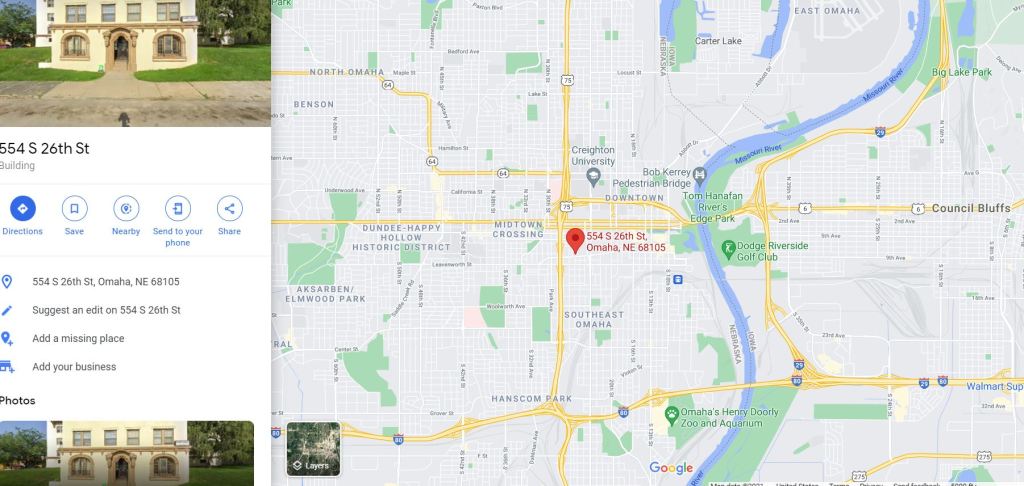
Time marches on but as a family historian I try to capture glimpses of my ancestral past and preserve them for future generations.
© 2021 copyright – Kendra Hopp Schmidt. All rights reserved
- Lawrence H. Larsen and Barbara J. Cottrell; The Gate City A History of Omaha (Lincoln, Nebraska, University of Nebraska Press, 1977) p 61.
- Lawrence H. Larsen and Barbara J. Cottrell; The Gate City A History of Omaha (Lincoln, Nebraska, University of Nebraska Press, 1977) p 61.
- David L. Bristow, “A Farm Boy Comes to Omaha, 1888,” History Nebraska (https://history.nebraska.gov : Blog; accessed 20 March 2021.
- Ditto
- Douglas County Nebraska Register of Deeds, (1886). Deed Book 79: 69-70; Isaac Congdon et al. sell to Clinton Orcutt. Lewis, S. 2021. Research Report: Beaton and Orcutt Homes. History Walks LLC
- Douglas County Nebraska Register of Deeds, (1886). Deed Book 74: 406-0; Charles C Housel and Wife sell to Clinton Orcutt. Lewis, S. 2021. Research Report: Beaton and Orcutt Homes. History Walks LLC
- Lewis, S. 2021. Research Report: Beaton and Orcutt Homes. History Walks LLC
- Adam Fletcher, “A History of the Gold Coast Historic District of Omaha,” North Omaha History (https://northomahahistory.com : accessed 12 April 2021).
- Sanborn Map Company, (1887).Sanborn Fire Insurance Map from Omaha, Douglas and Sarpy County, Nebraska. [Map] Retrieved from the Library of Congress, https://www.loc.gov/item/sanborn05229_001/.
- “Omaha Illustrated: A History of the Pioneer Period and the Omaha of Today,” (Omaha, Nebraska, D.C. Dunbar & Co. Publishers, 1888; digital images, Archive.org (https://archive.org : accessed 20 April 2021), p.110.
- Margaret patricia Killian; Born Rich: A Historical Book of Omaha (Omaha, Nebraska, Assistance League of Omaha, 1978) p.46.
- John Fiske, “Painting your historic house, a guide to colors and color schemes,” Historic Ipswich on the Massachusetts North Shore, (https://historicipswich.org : accessed 5 May 2021.)
- “Mrs. Orcutt’s Dancing Party,” Omaha Daily Bee (Omaha) 20 December 1896, p.4. col.1 : digital images, Chronicling America online Newspaper Archive (https://chroniclingamerica.loc.gov : accessed 9 May 2021).
- “Mr. Orcutt’s Reception,” Omaha Daily Bee (Omaha), 23 December 1900, p.6 : digital images, Chronicling America Online Newspaper Archive (http://chroniclingamerica.loc.gov : accessed 12 February 2021).
- “A Dainty Pink Luncheon,” Omaha Daily Bee (Omaha), 18 August 1895, p.4; digital images, Chronicling America Online Newspaper Archive (http://chroniclingamerica.loc.gov : accessed 11 January 2021.
- “A Complete guide to Victorian Houses,” Home Advisor, (https//www.homeadvisor.com : accessed 5 April 2021.
- “Victorian Decorative Arts,” digital images, Wikipedia (https://wikipedia.org : accessed 5 April 2021.
- Suzanne Spellen, “From Pakistan to Brooklyn: A Quick History of the Bathroom,” digital images, Brownstoner, (https://www.brownstoner.com/architecture/victorian-bathroom-history-plumbing-brookly-architecture-interiors/.
- 1900 U.S. Census, Douglas County, Omaha, population schedule, Omaha, Enumeration District (ED) 0045, sheet 7, dwelling 102, family 119, Clinton Orcutt : digital image, Ancestry.com (https://ancestry.com : accessed 4 June 2021 citing National Archives microfilm publication T623, roll 1854.
- “Help Wanted – Female,” Omaha World-Herald, (Omaha), July 12, 1898, p.7; digital images GenealogyBank.com, (https://www.genealogybank.com : accessed 16 May 2021).
- Suzanne Spellen, “Walkabout: Someone’s in the Kitchen Part I,” digital images, Brownstoner, (https://www.brownstoner.com/interiors-renovation : accessed 15 May 2021.
- “A Neat bit of Work – How Two Burglars Robbed mr. Orcutt’s Residence,” Omaha World-Herald, (Omaha), 13 February 1890, p.3 ; digital images, GenelaogyBank.com, (https://www.genealogybank.com : accessed 16 February 2020).
- Douglas County Nebraska Register of Deeds
- “Dempsters New Cottage,” Omaha Daily Bee, (Omaha), 6 January 1907, p.13; digital images Newspapers.com, (https://www.newspapers.com : accessed 4 June 2021.
- Omaha Daily Bee (Omaha), 30 December 1906, p.7; digital images, Newspapers.com, (https://www.newspapers.com : accessed 20 May 2021.
- 1910 U.S. Census, Douglas County, Omaha, population schedule, Omaha, Enumeration District (ED) 0083, sheet 6, dwelling 108, family 110, Jeannie Nealley : digital image, Ancestry.com (https://ancestry.com : accessed 4 June 2021 citing National Archives microfilm publication T624, roll 844.
- Lewis, S. 2021. Research Report: Beaton & Orcutt Homes, History Walks LLC. Douglas County Nebraska Register of Deeds, (1915). Deed Book 391: 556; Edith Beaton sells to Frank McGinty.
- Lewis, S. 2021. Research Report: Beaton & Orcutt Homes, History Walks LLC.
- Lewis, S. 2021. Research Report: Beaton & Orcutt Homes, History Walks LLC. Douglas County Nebraska Assessor/Register of Deeds, Douglas County, Nebraska Property Record -R0813850000. douglas County Assessor/Register of Deeds GIS Mapping (Internet Site), at http://www.dcassessor.org/gis-mapping (Accessed 15 July 2021).

